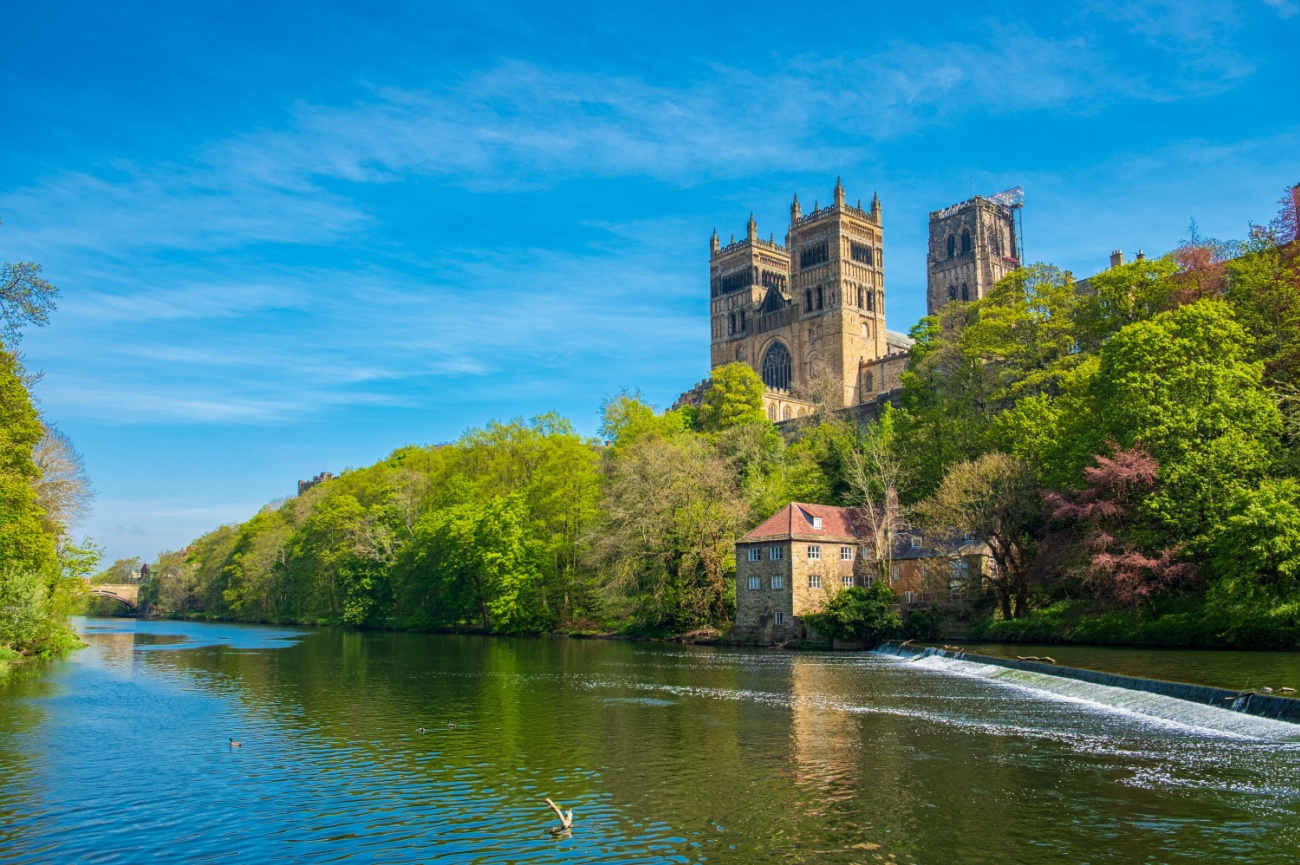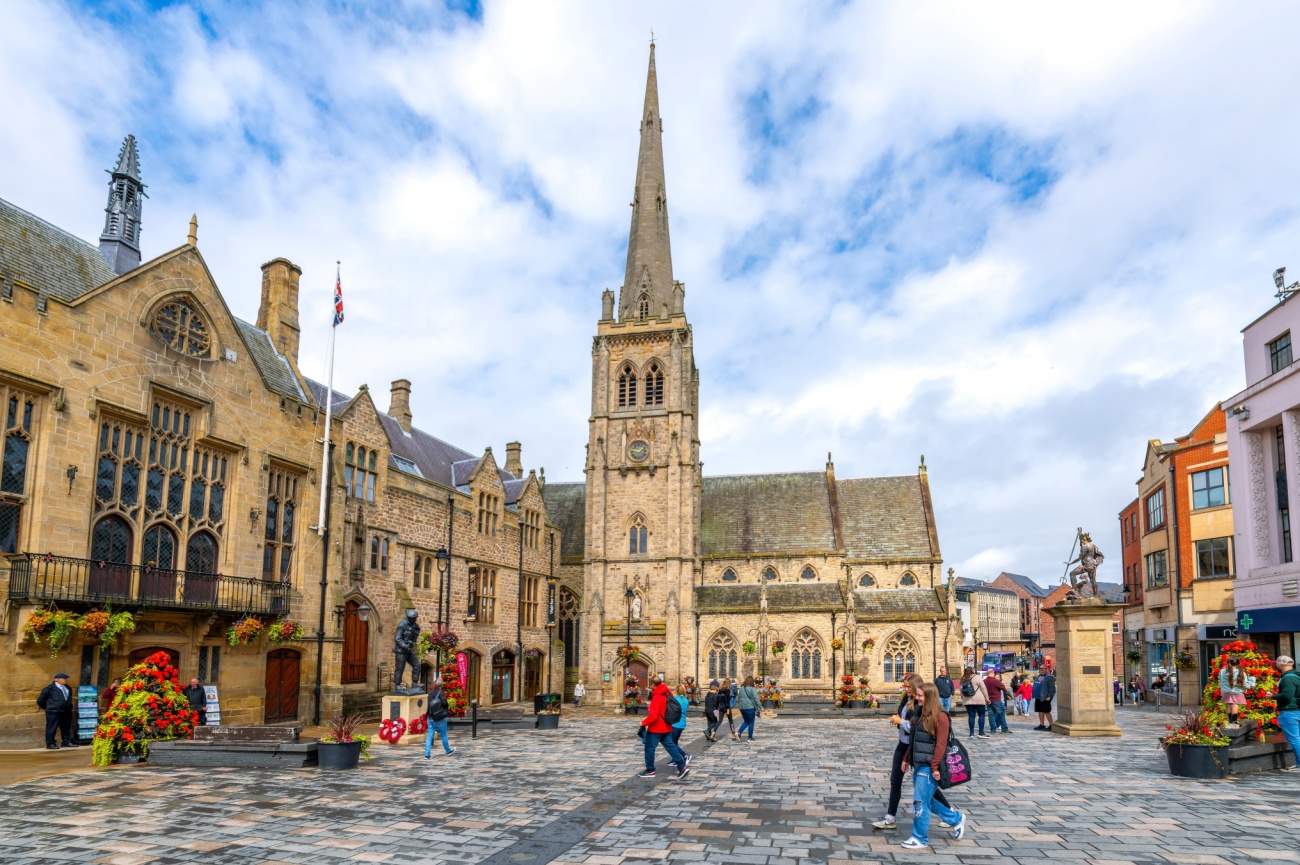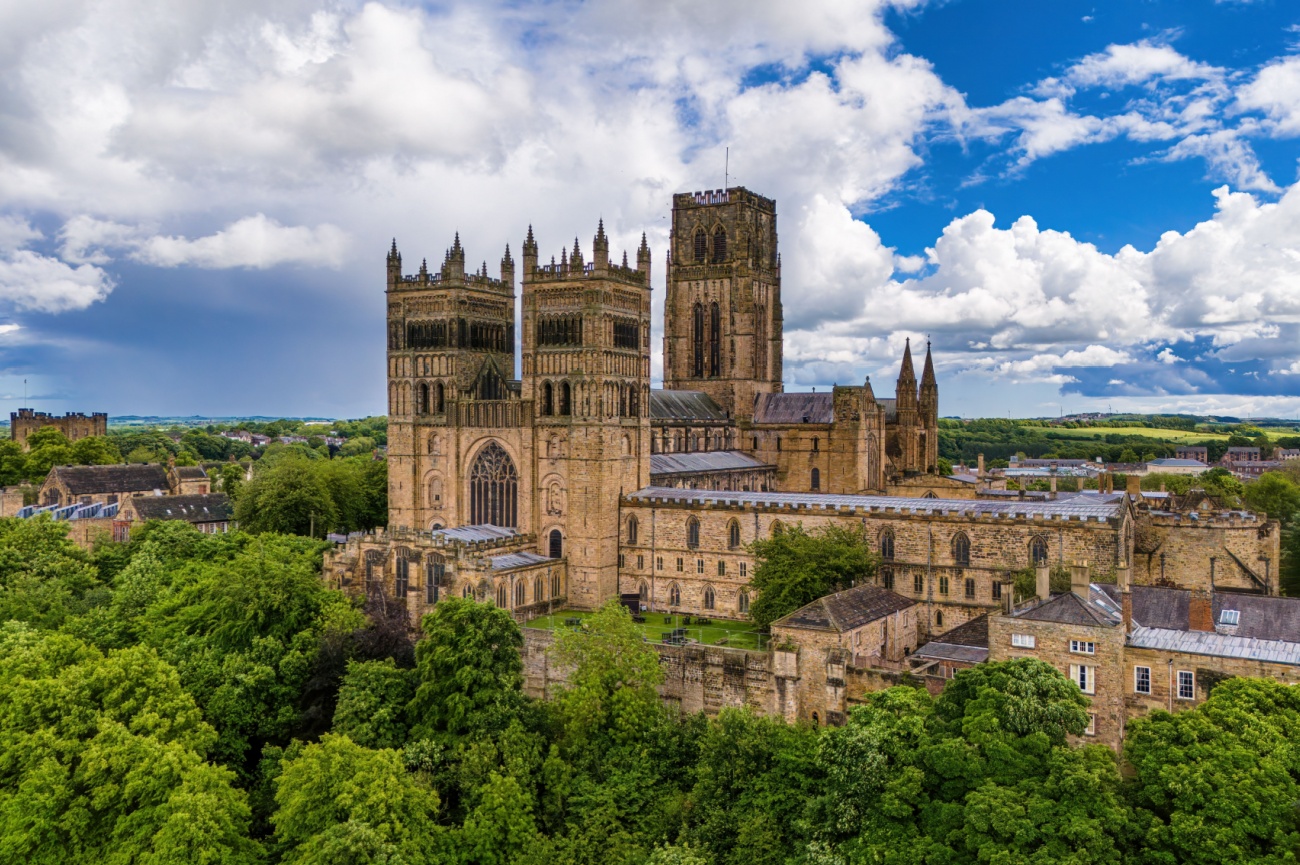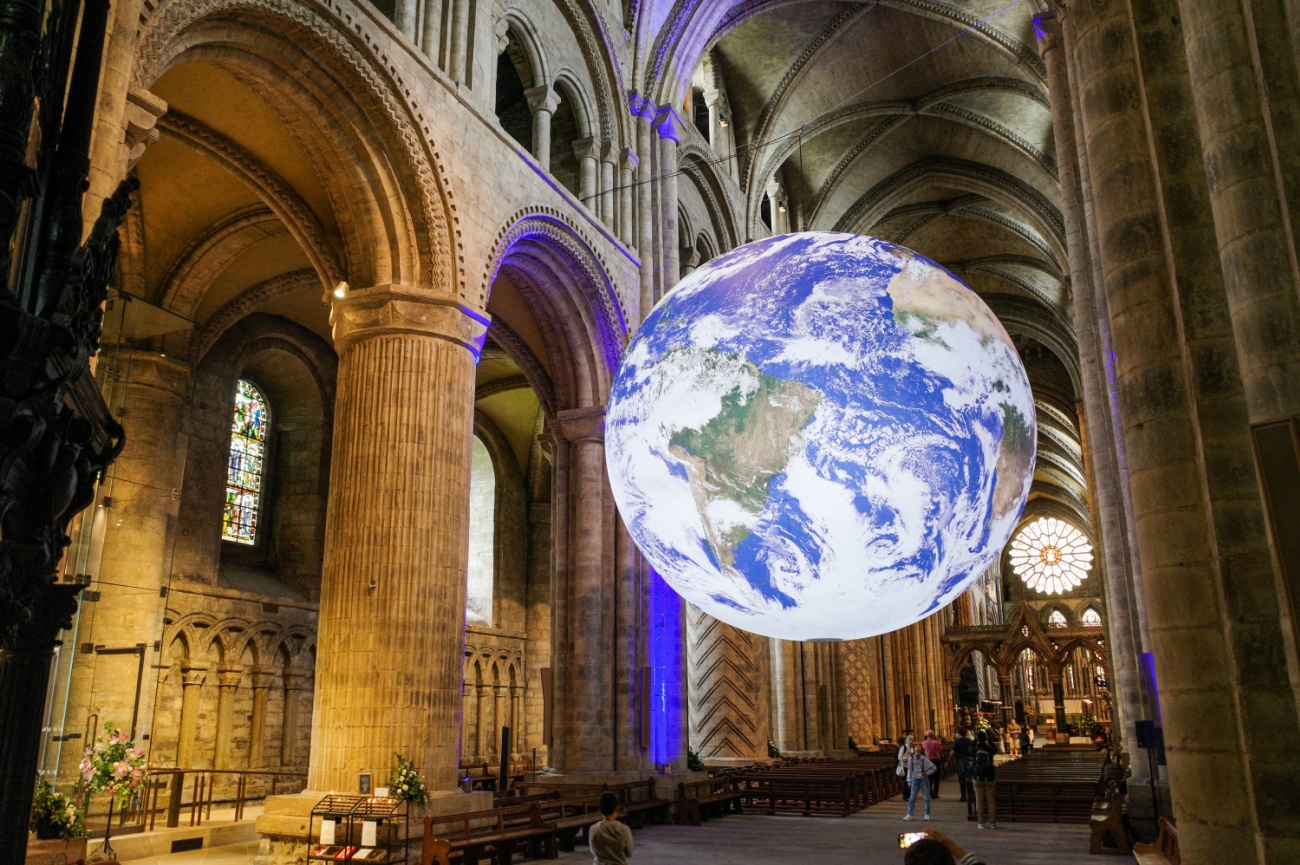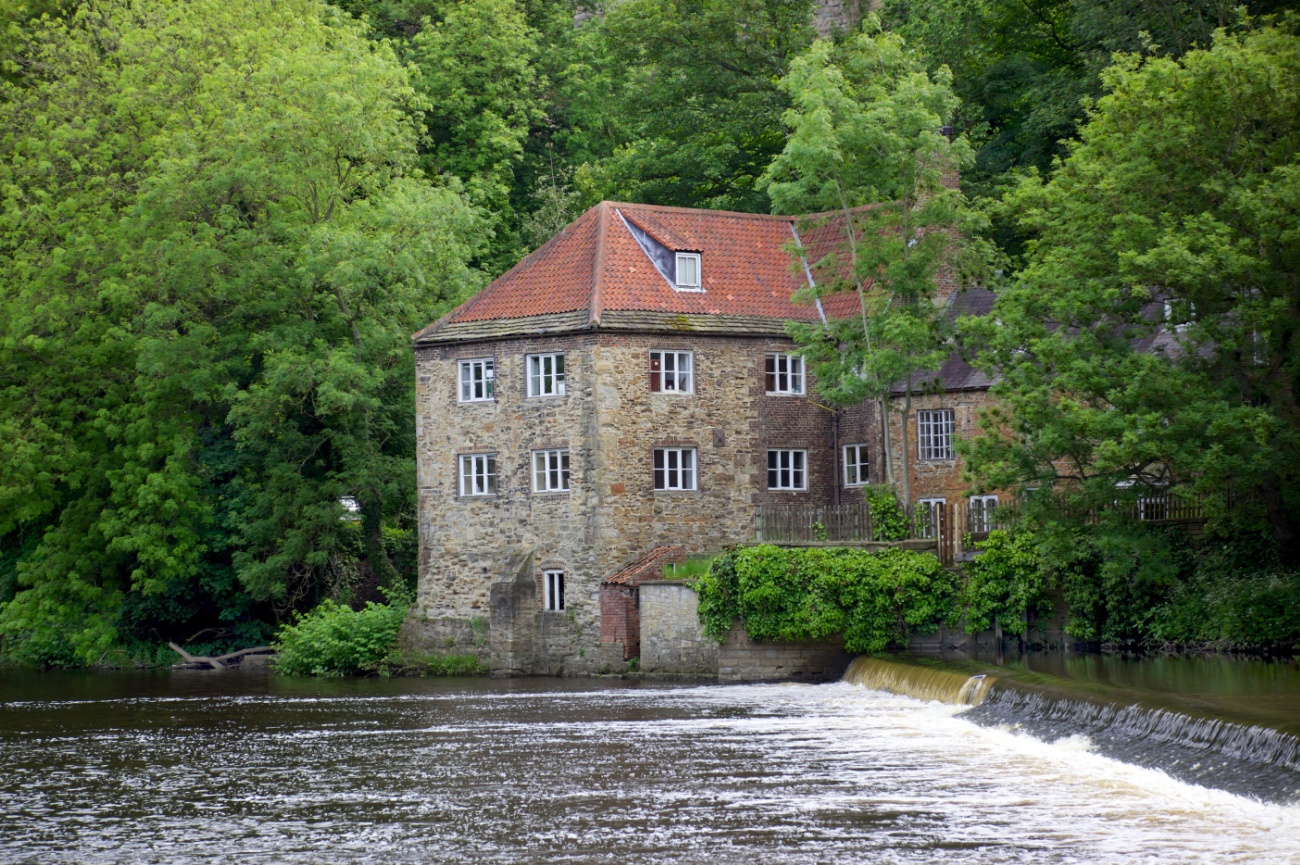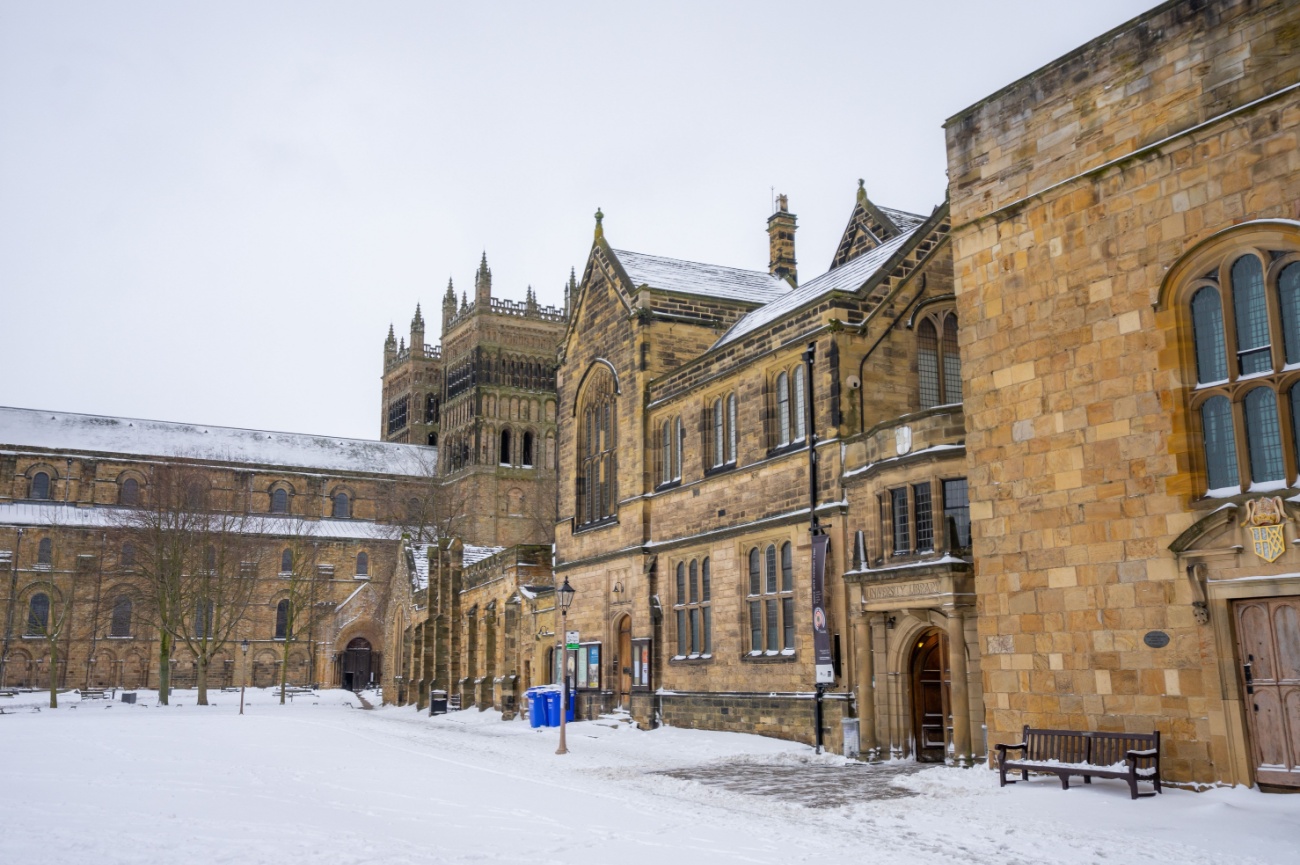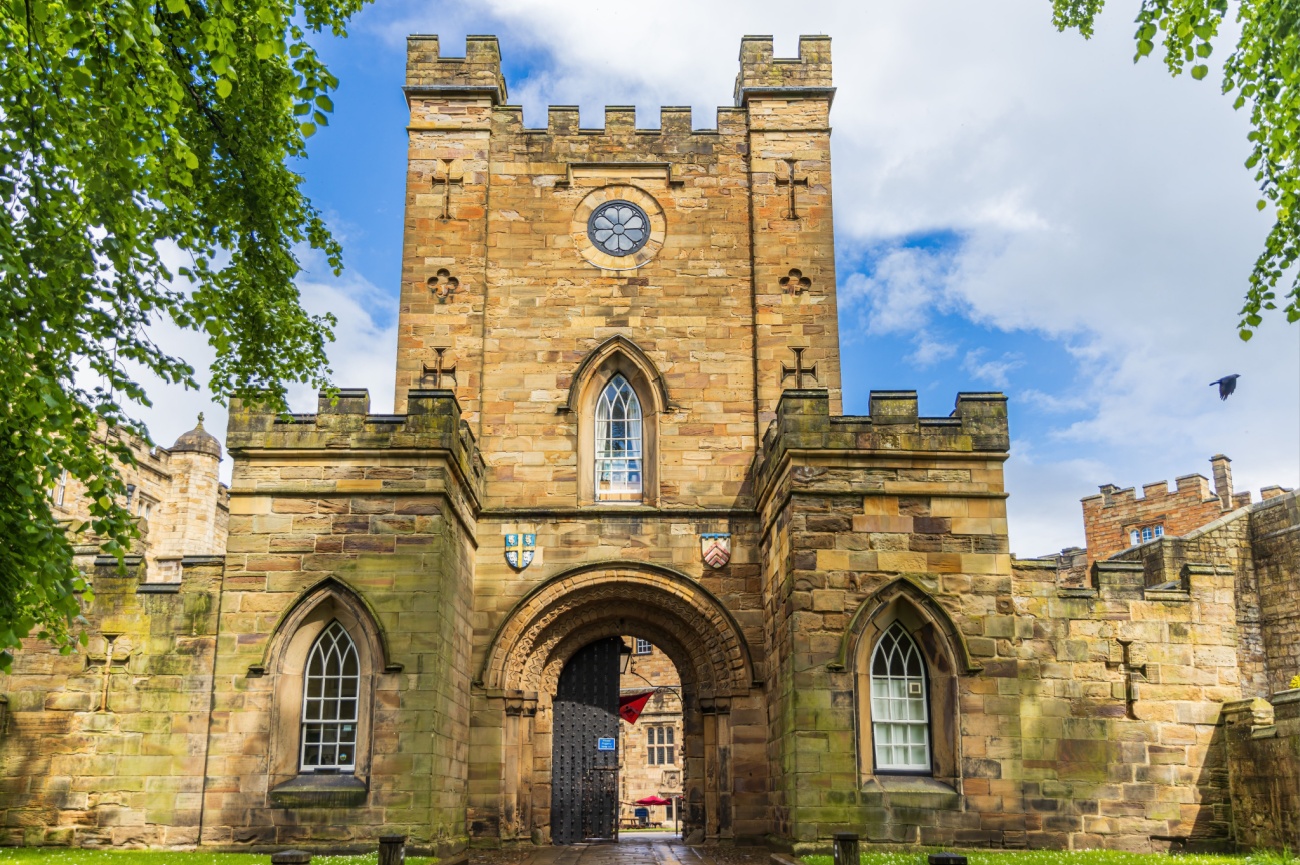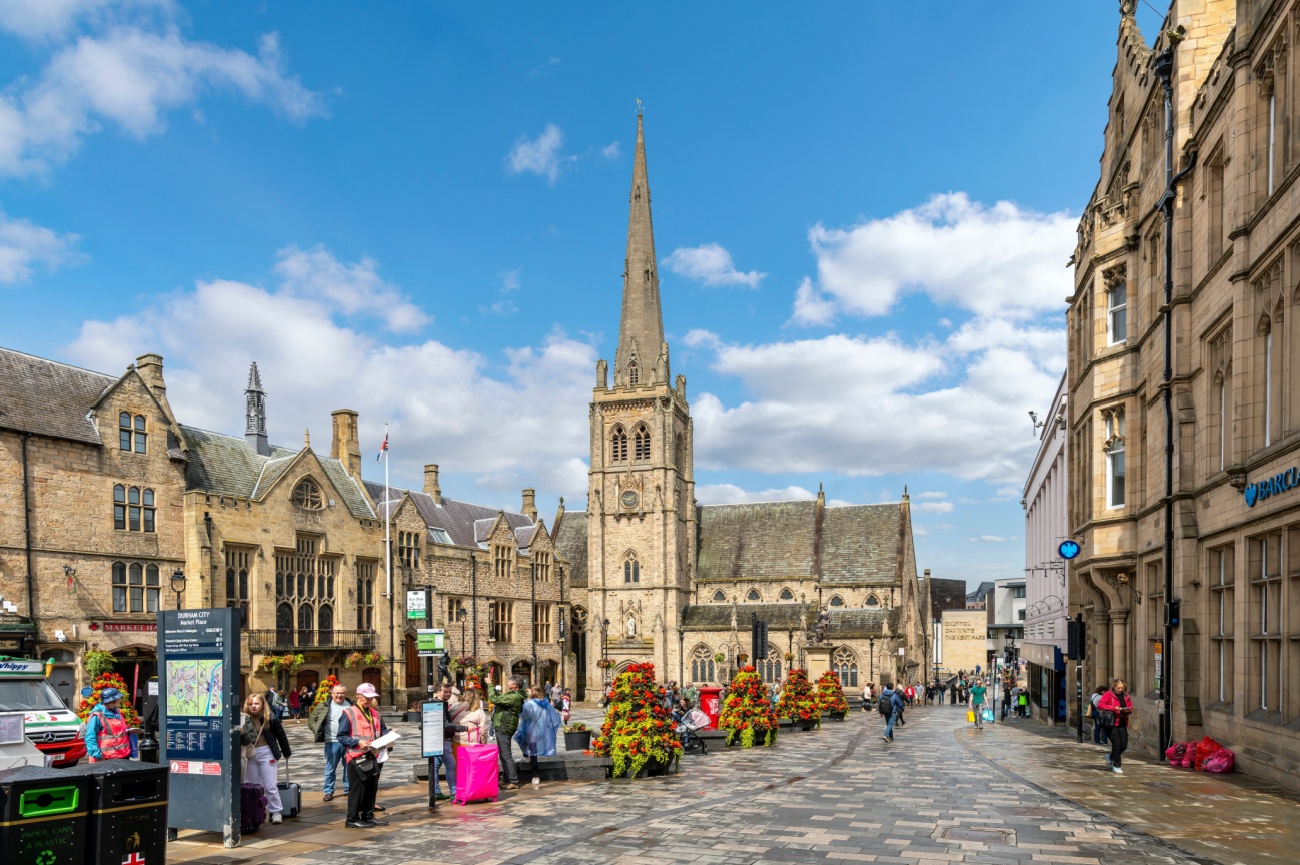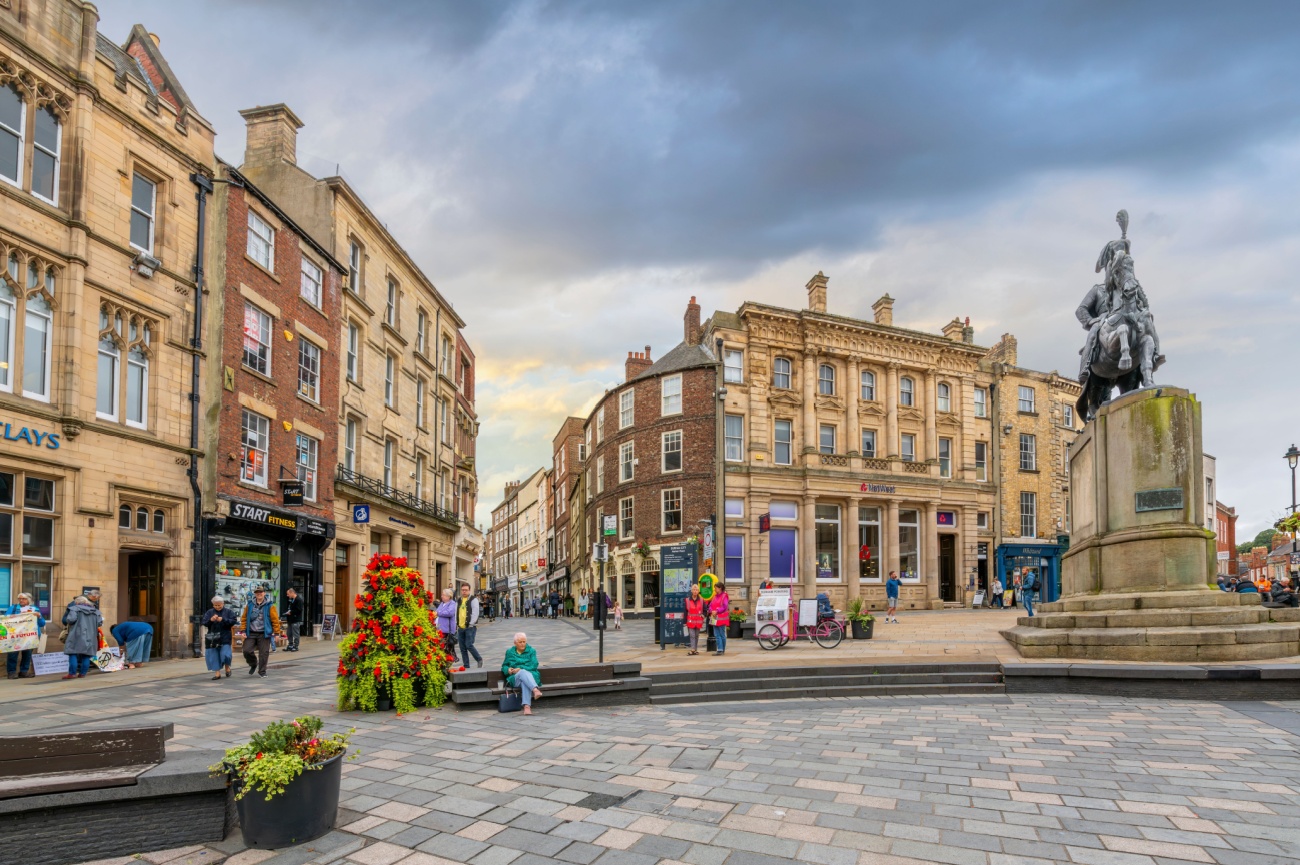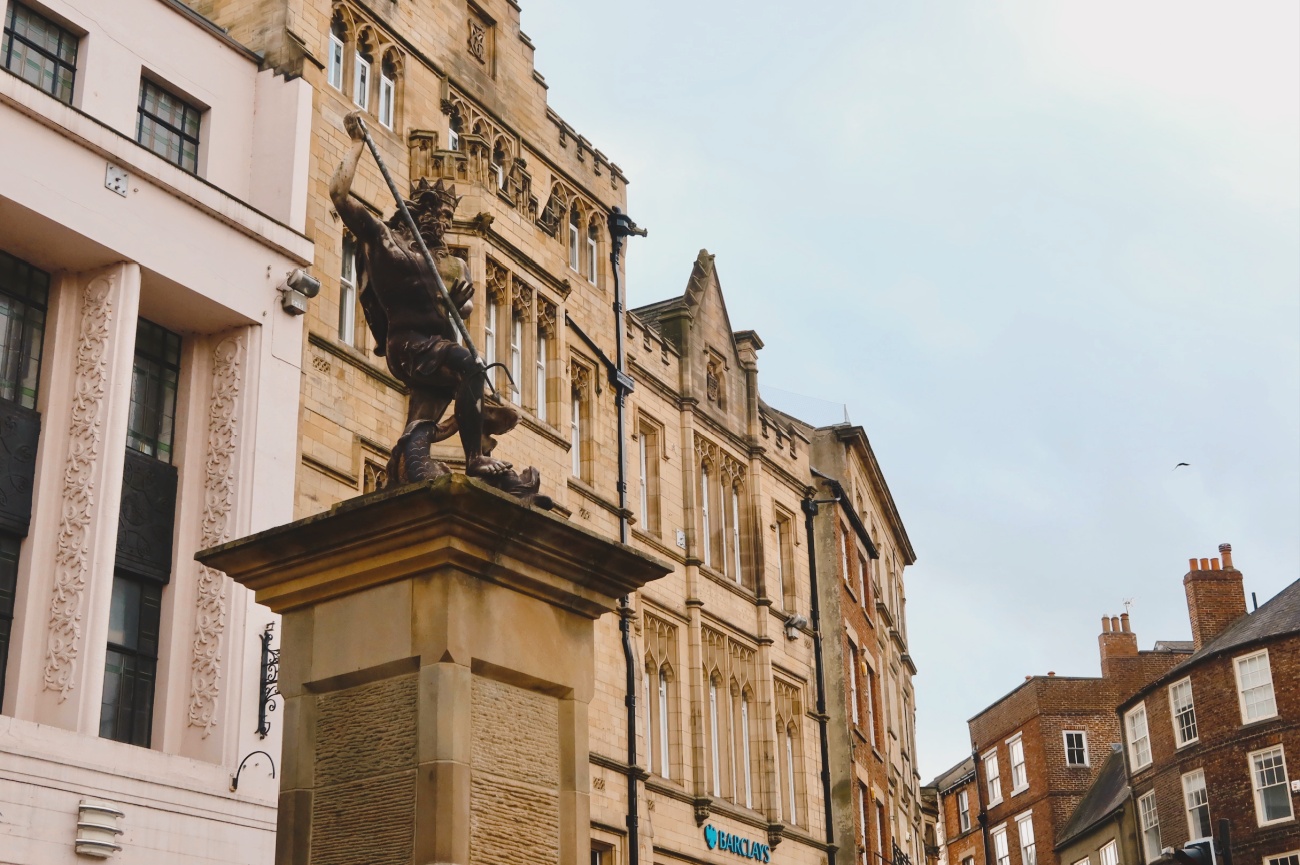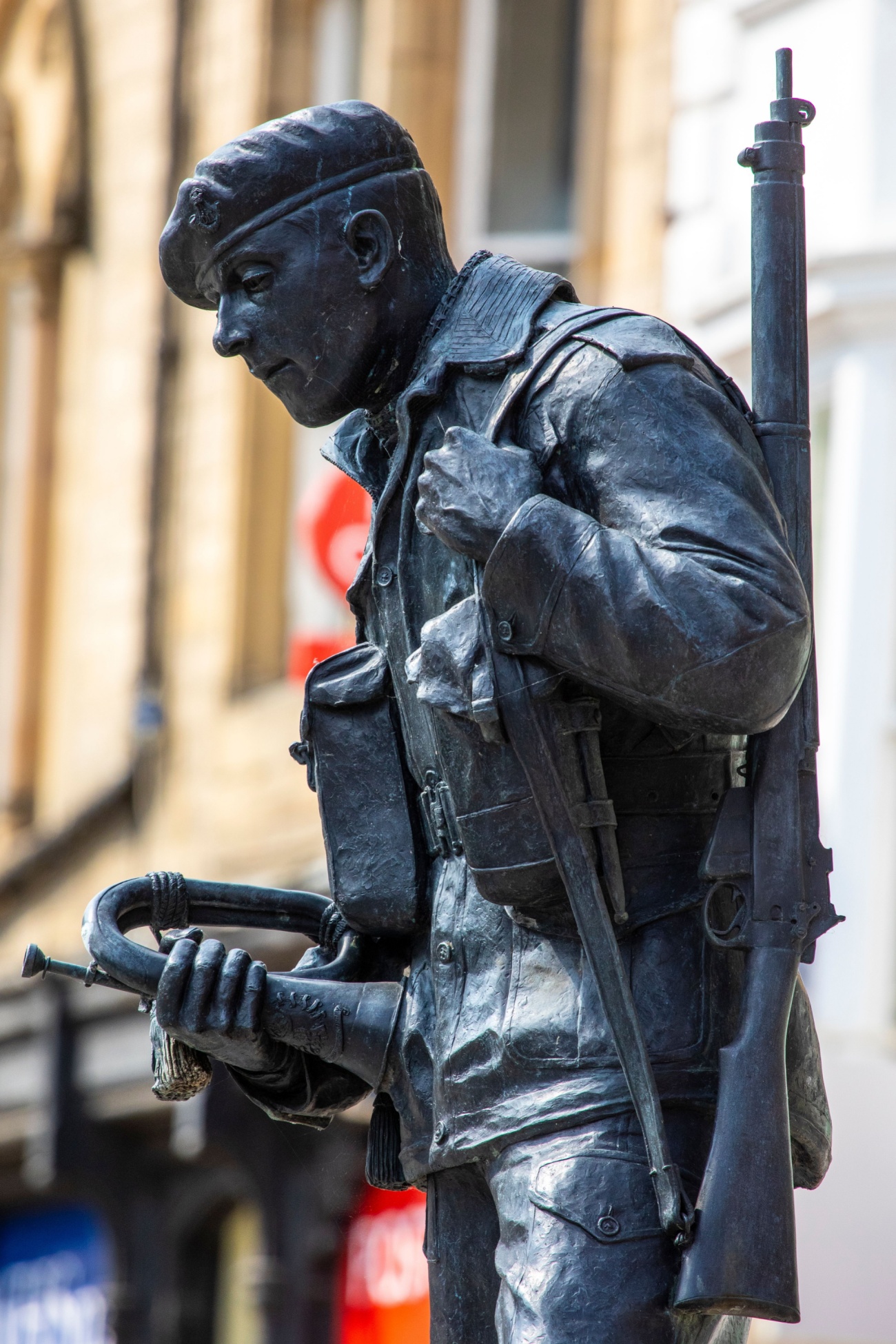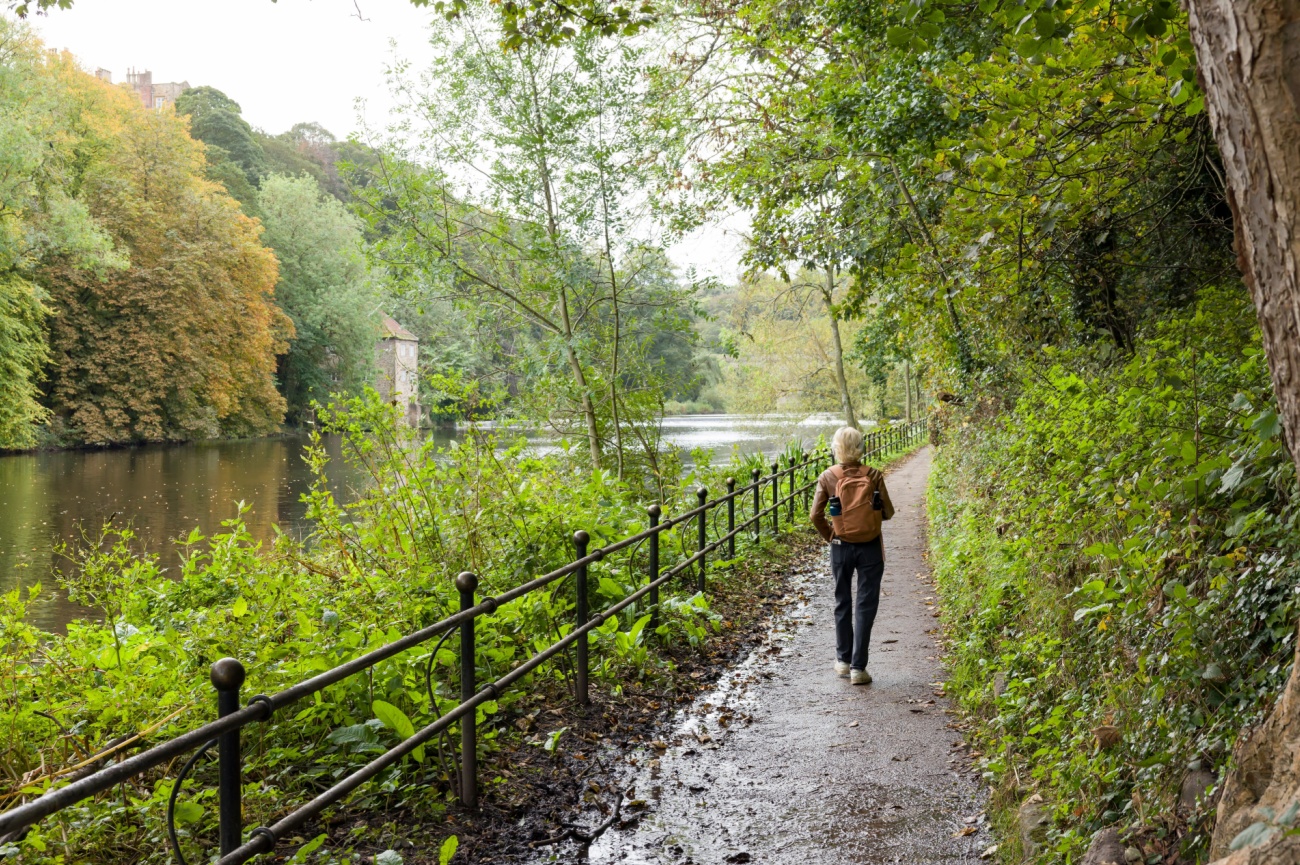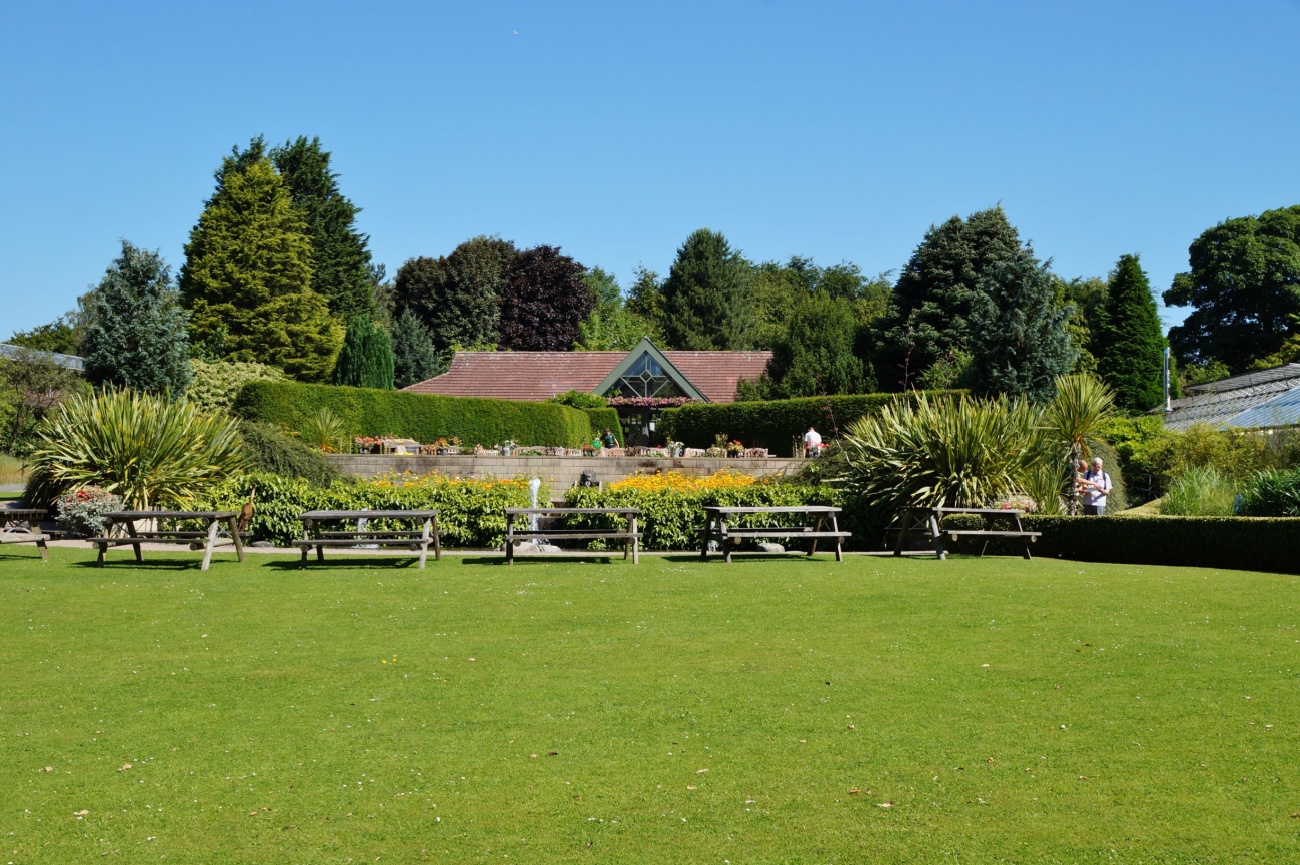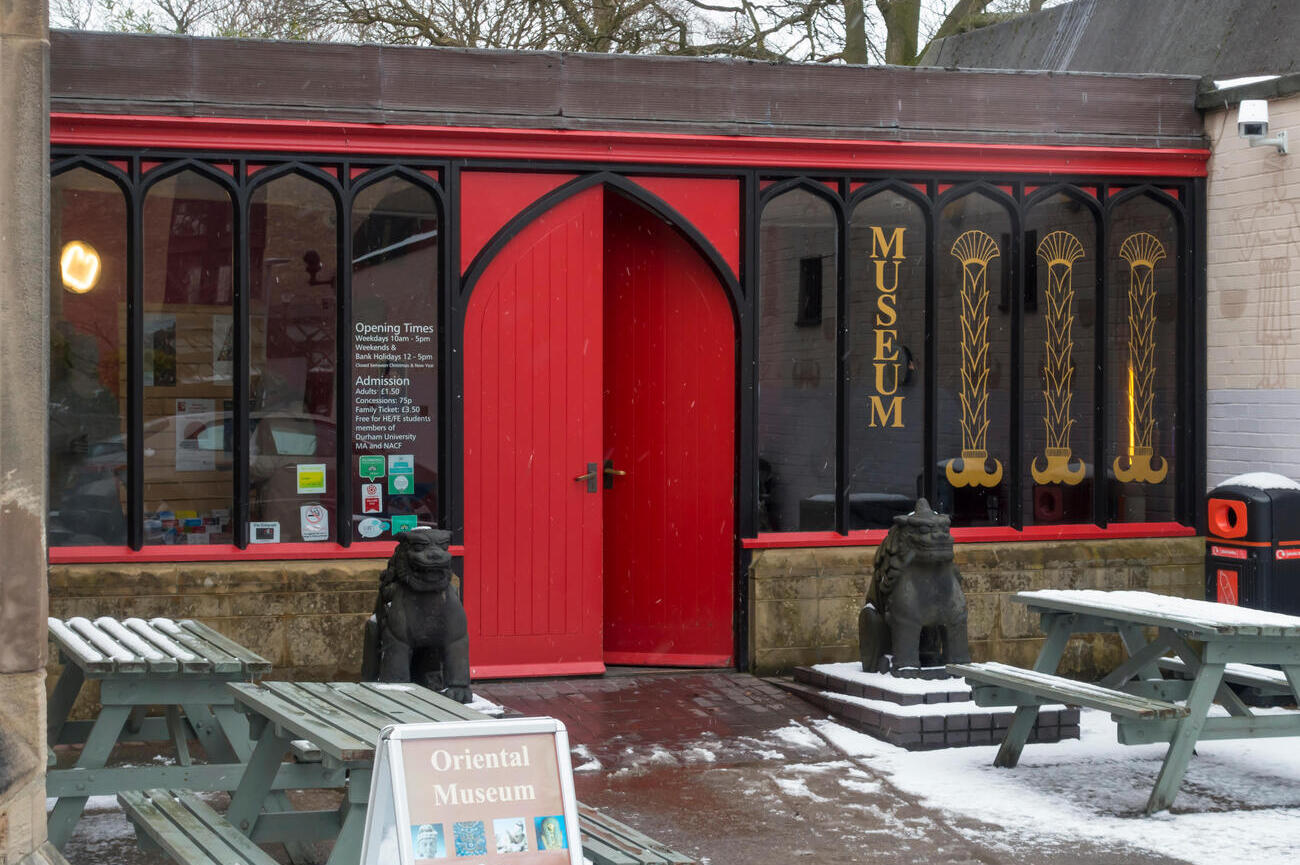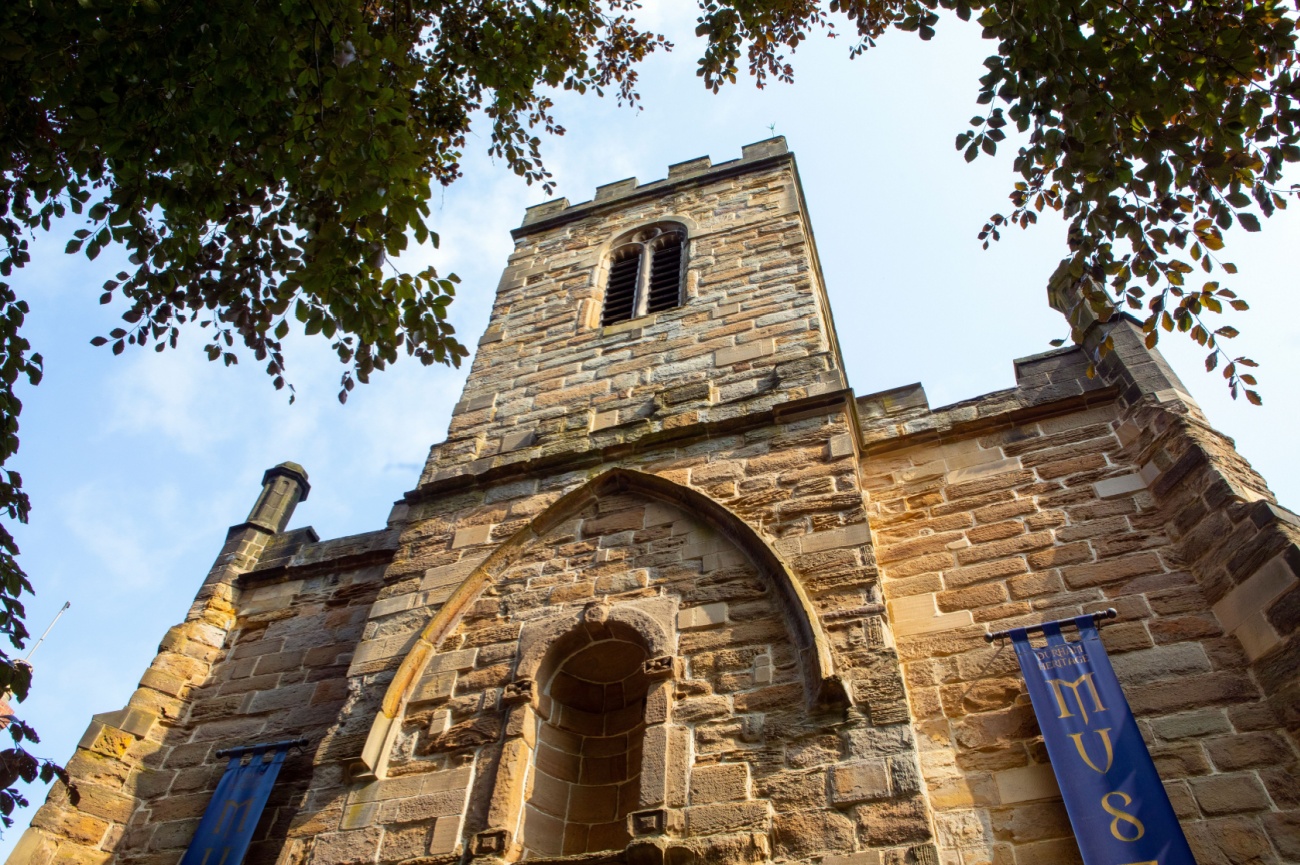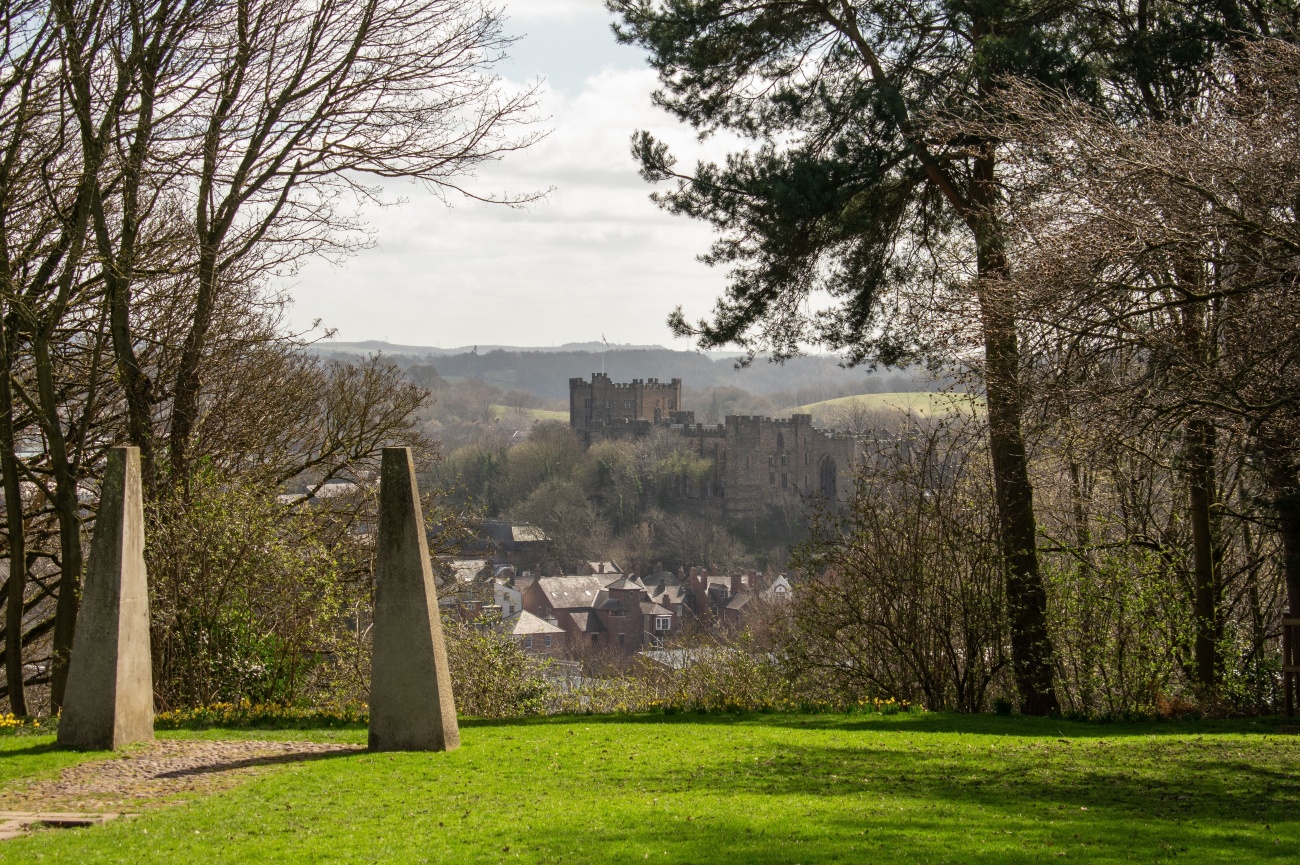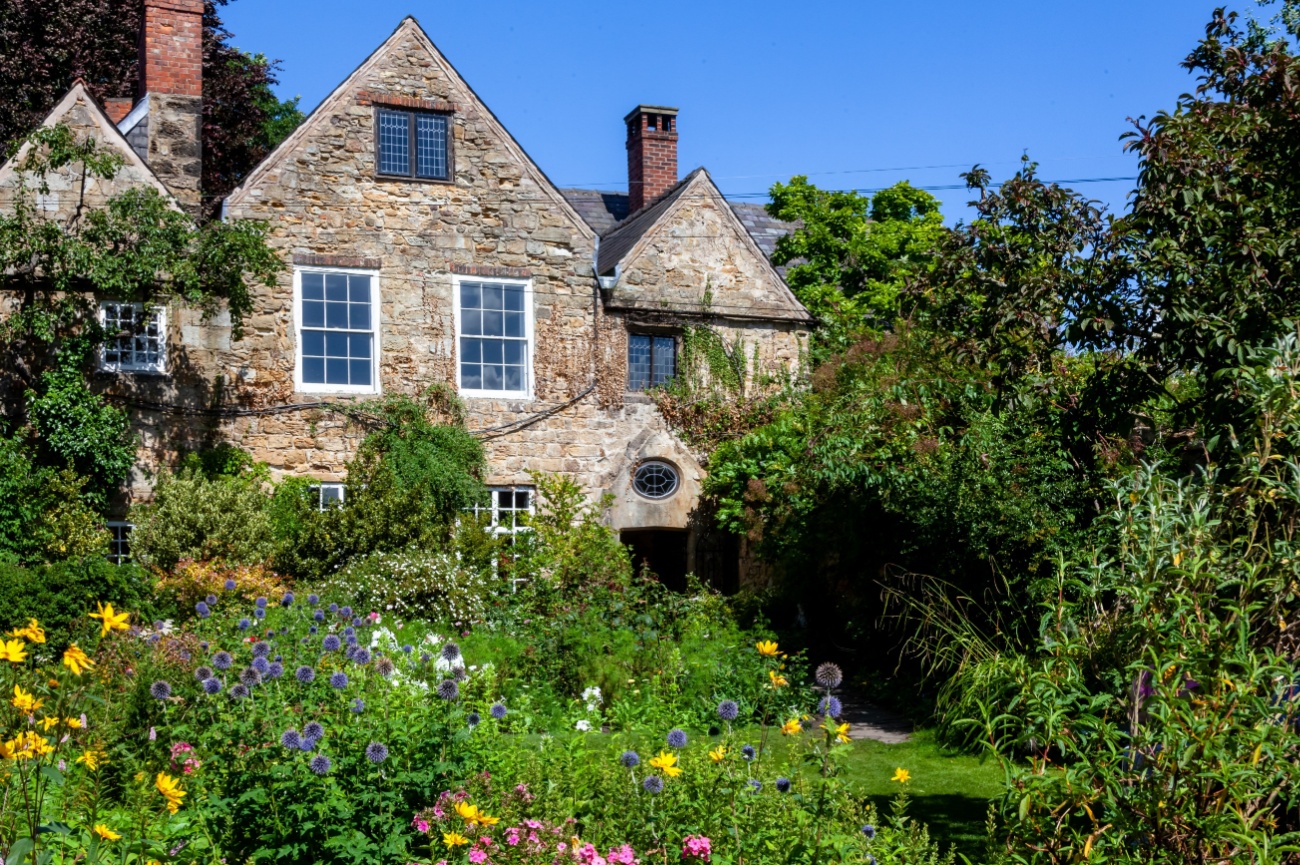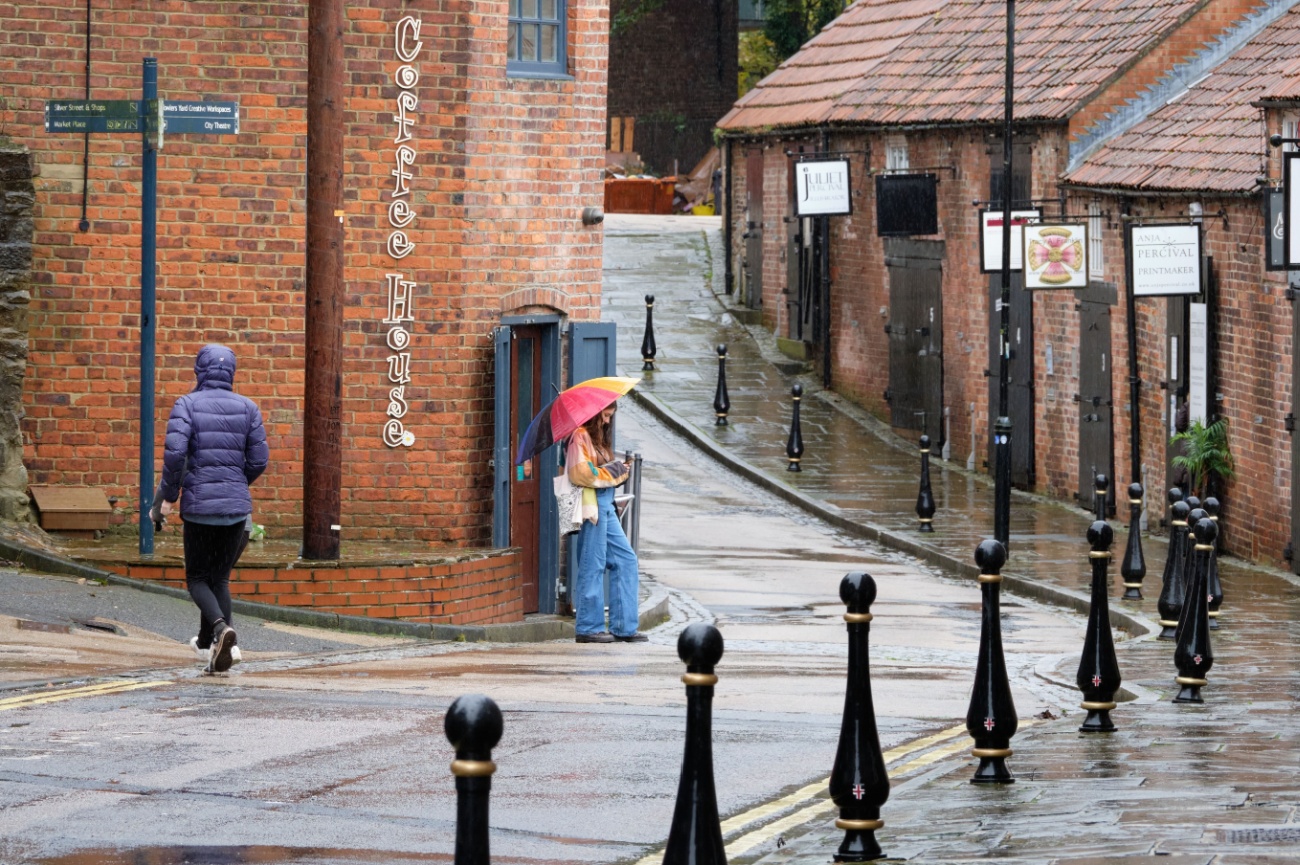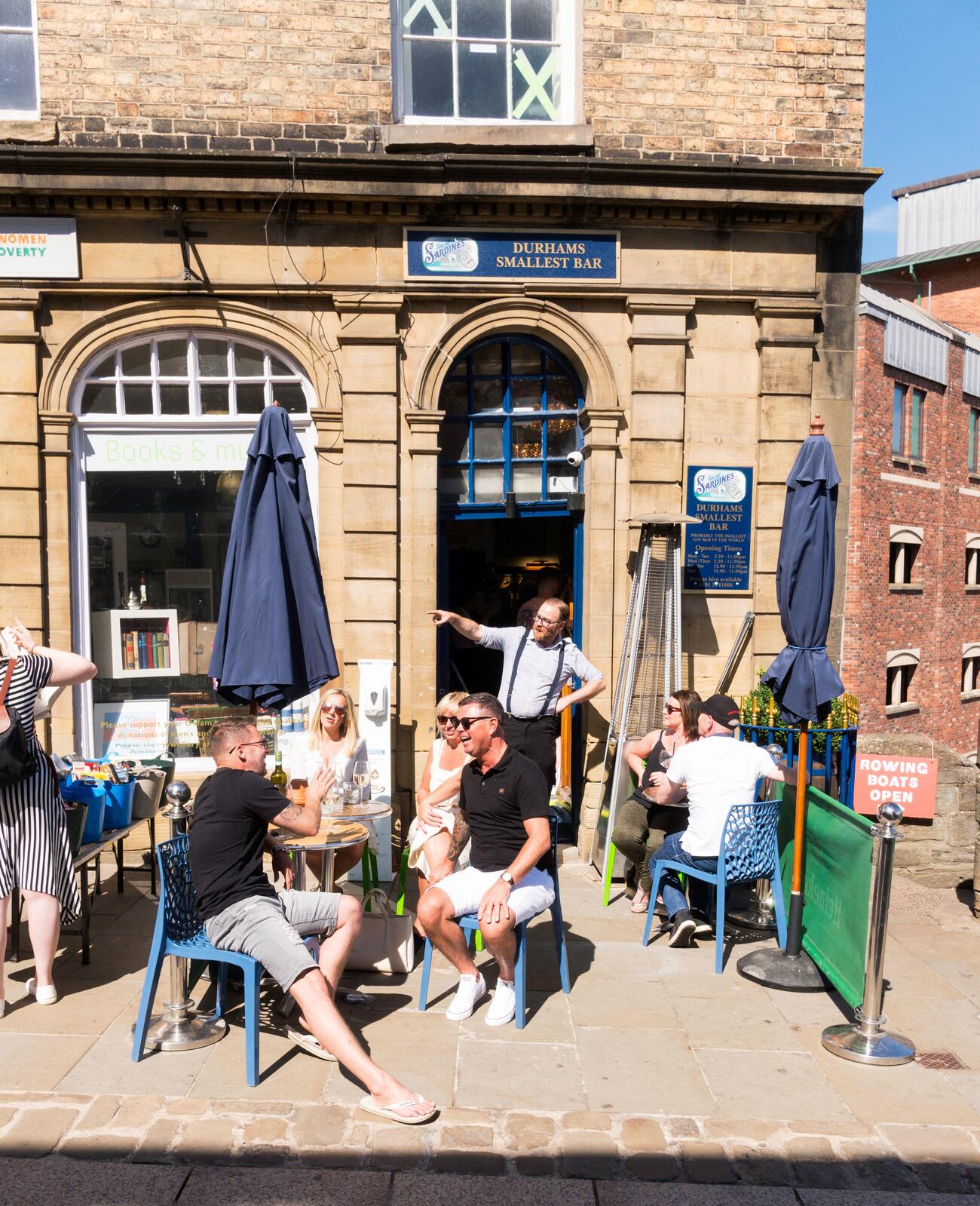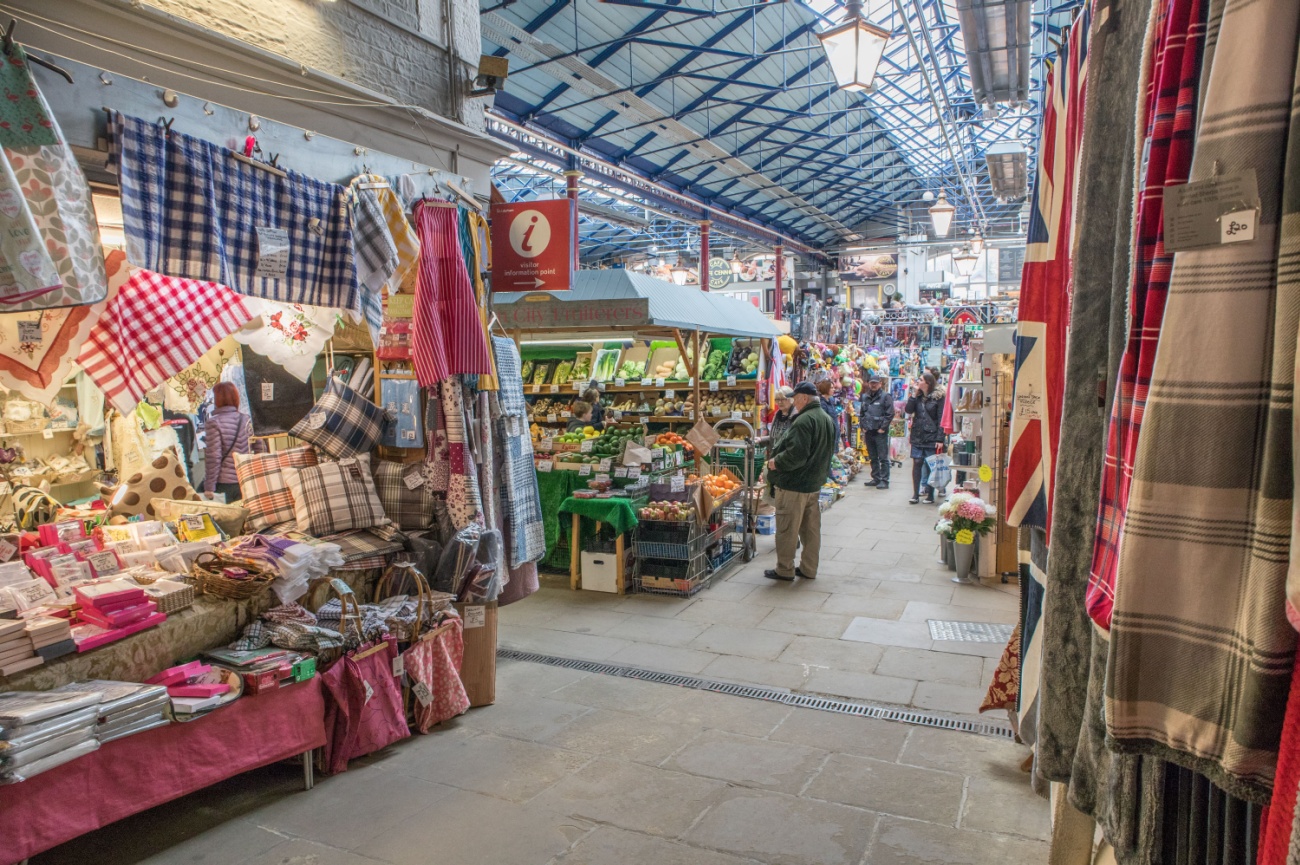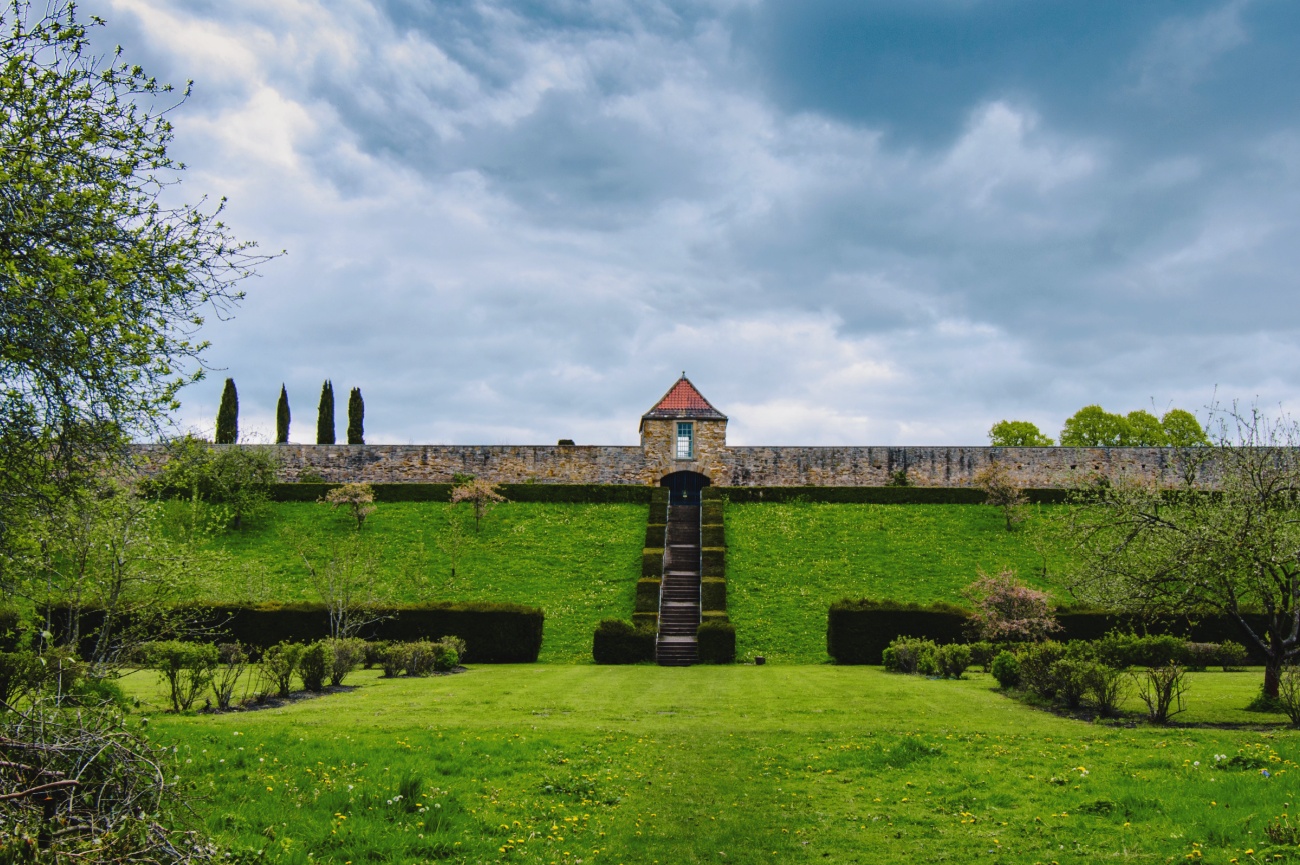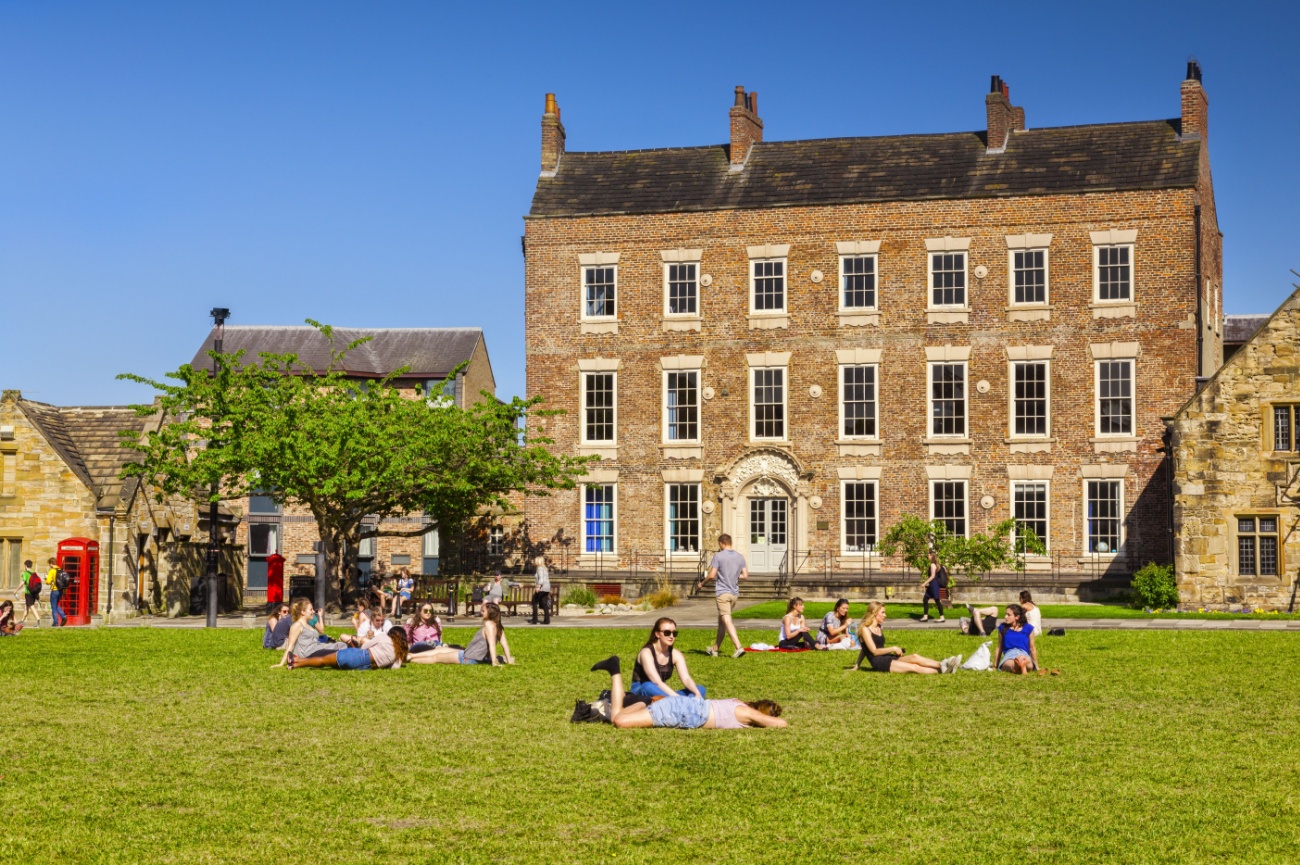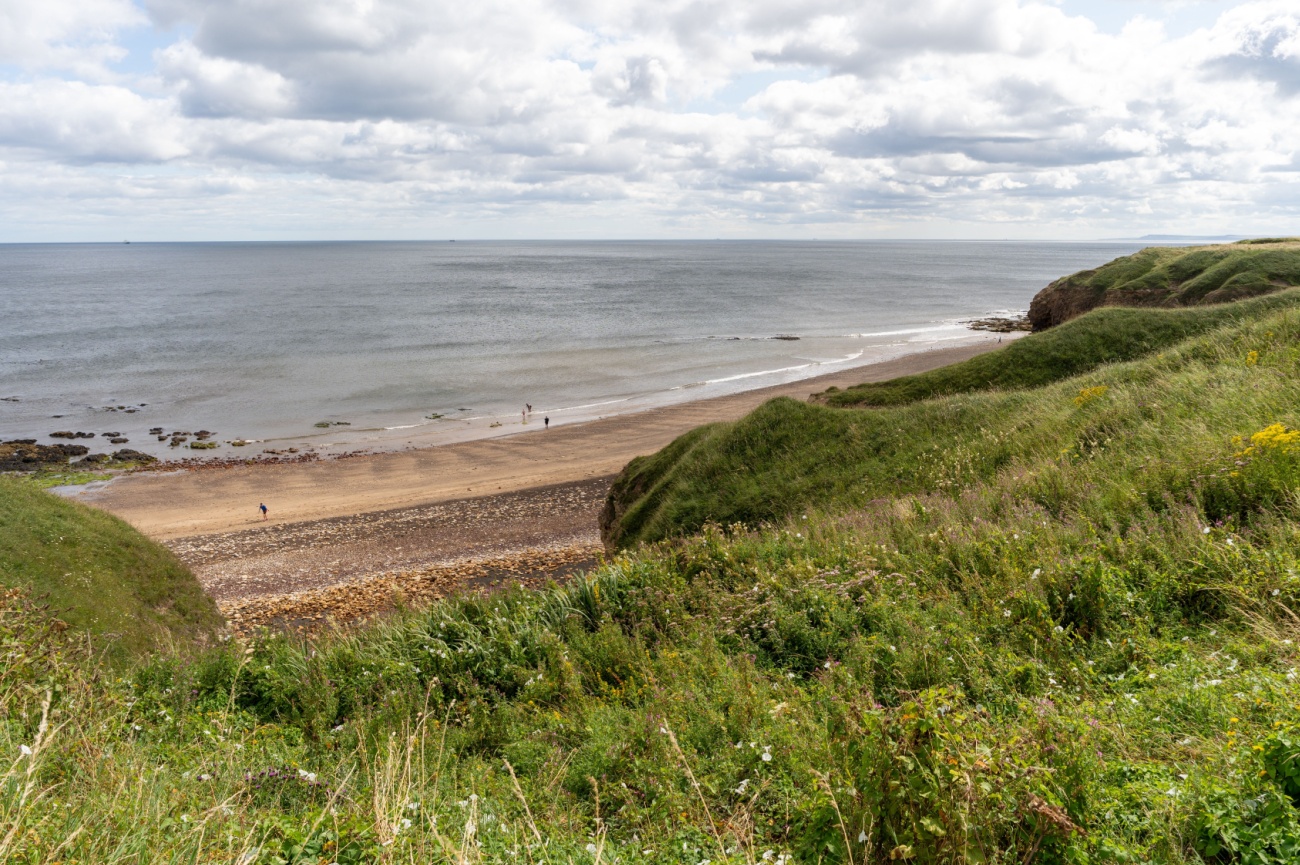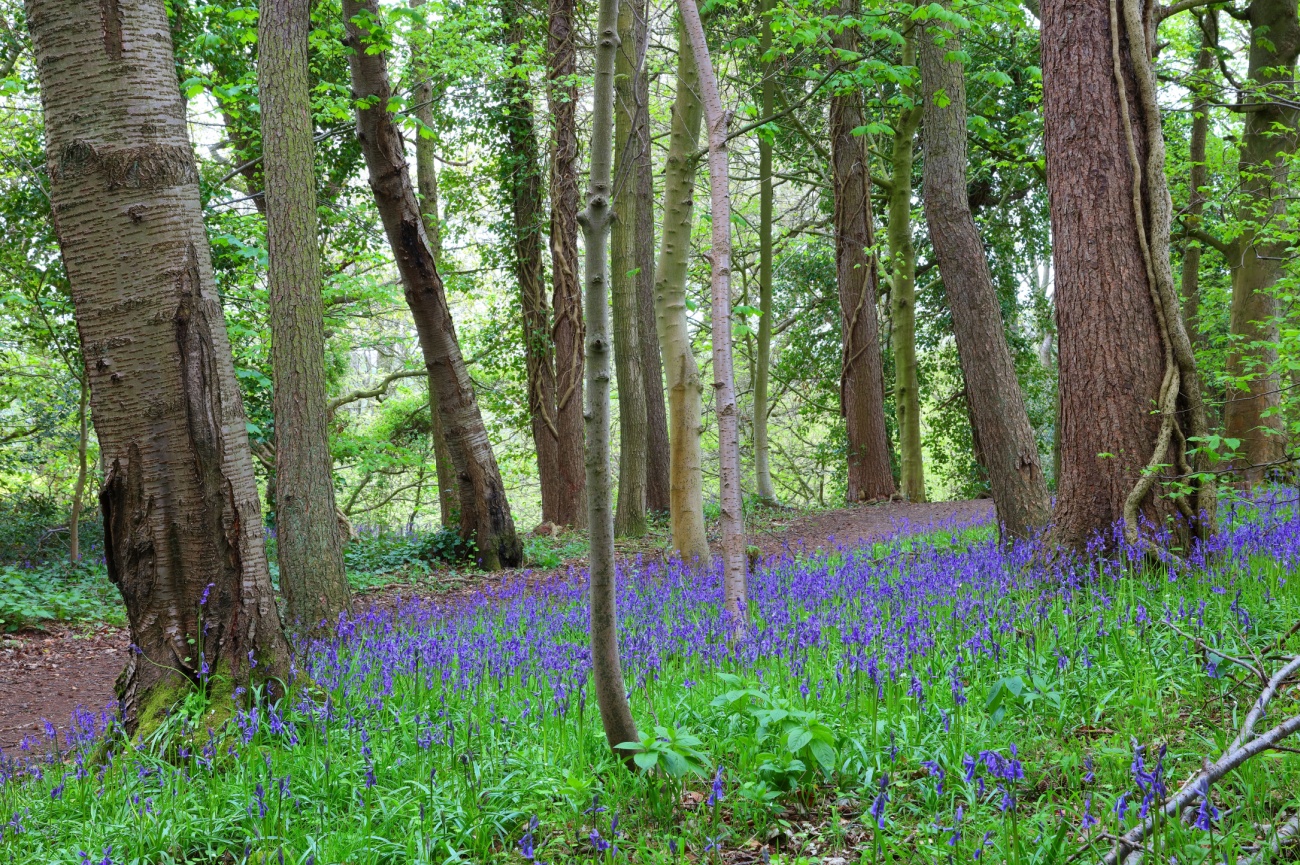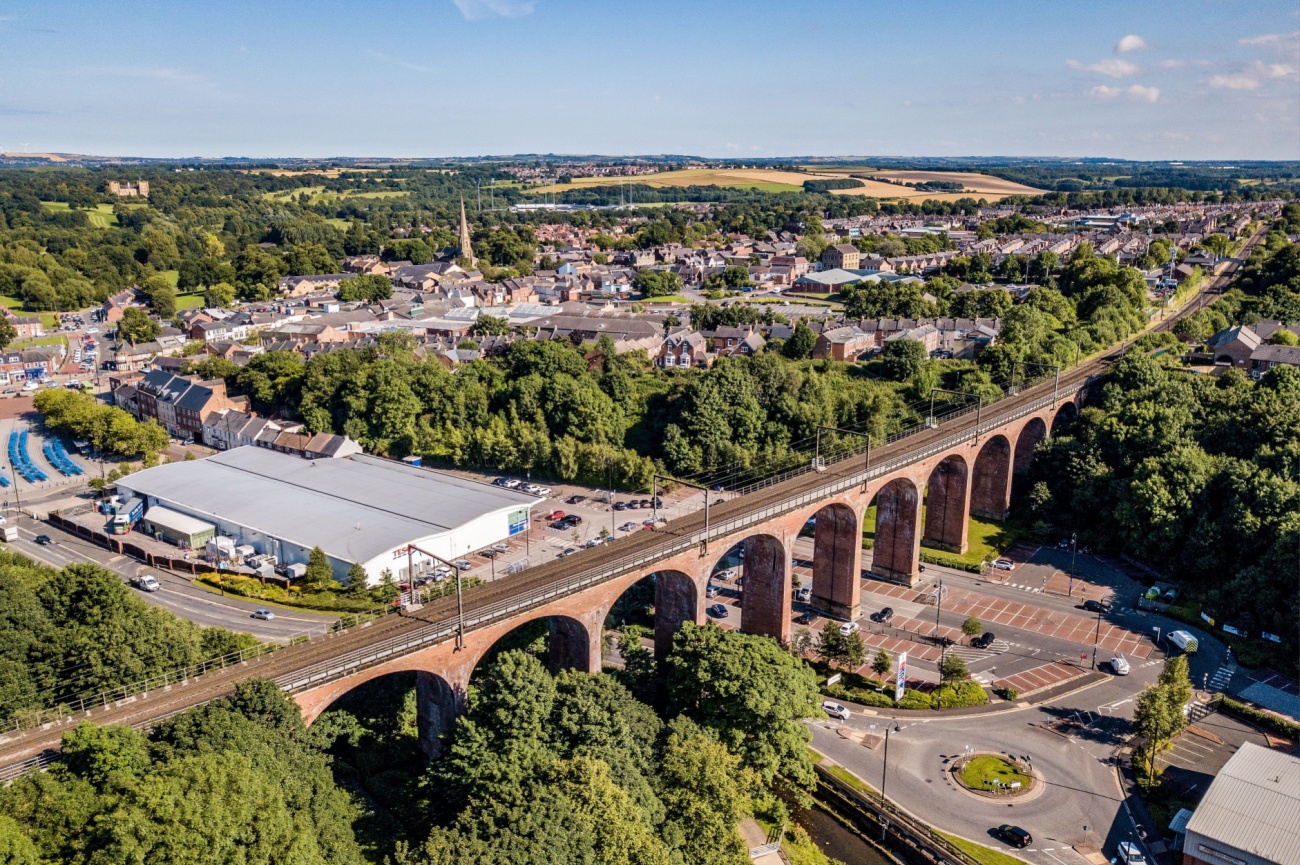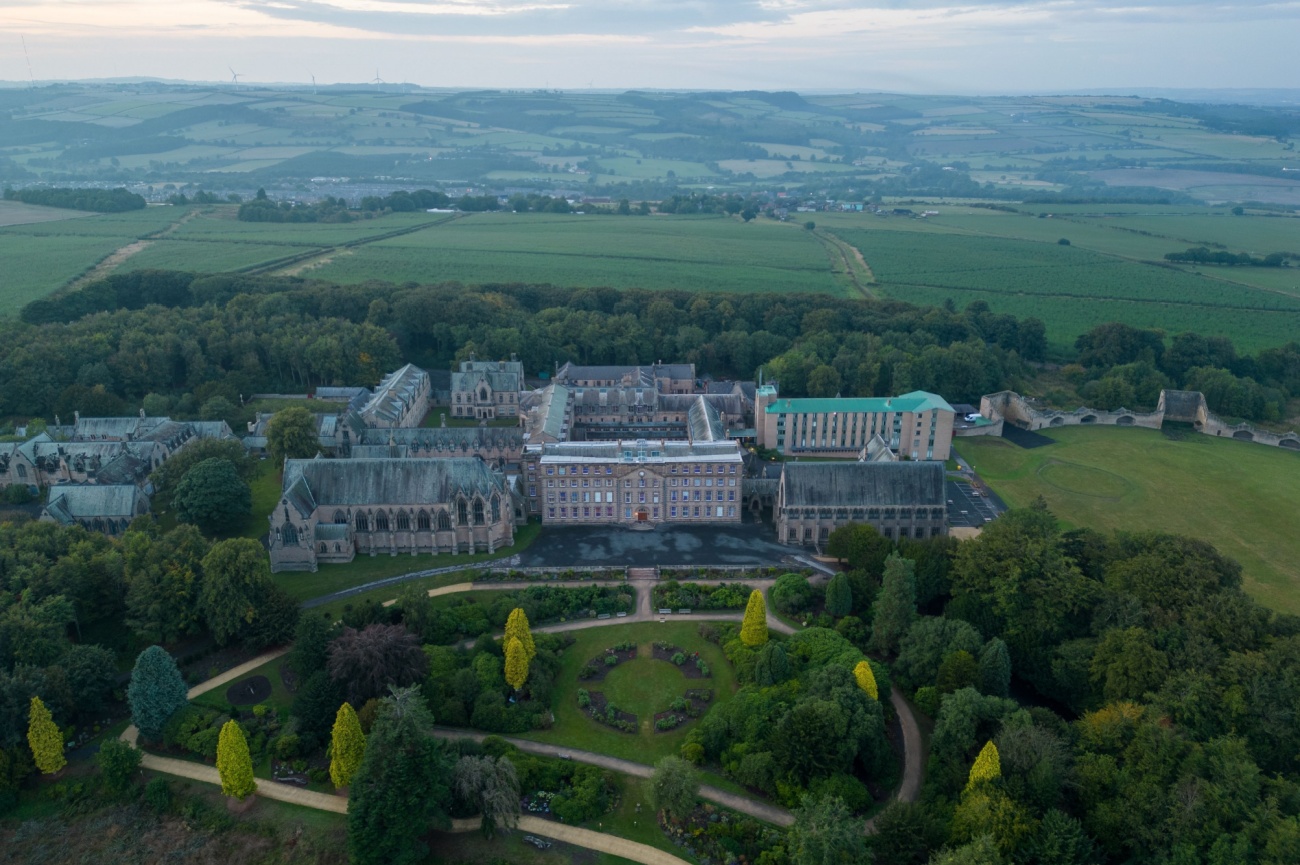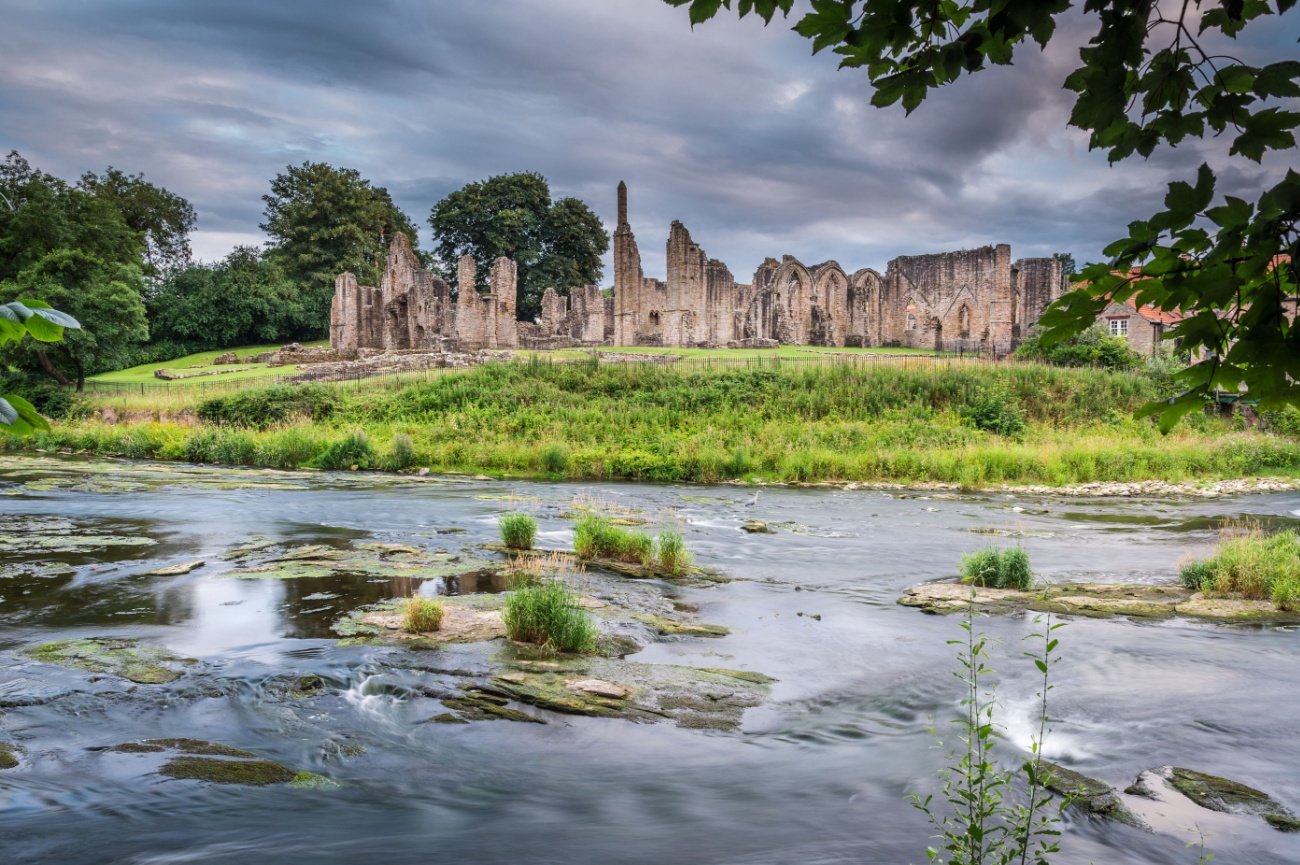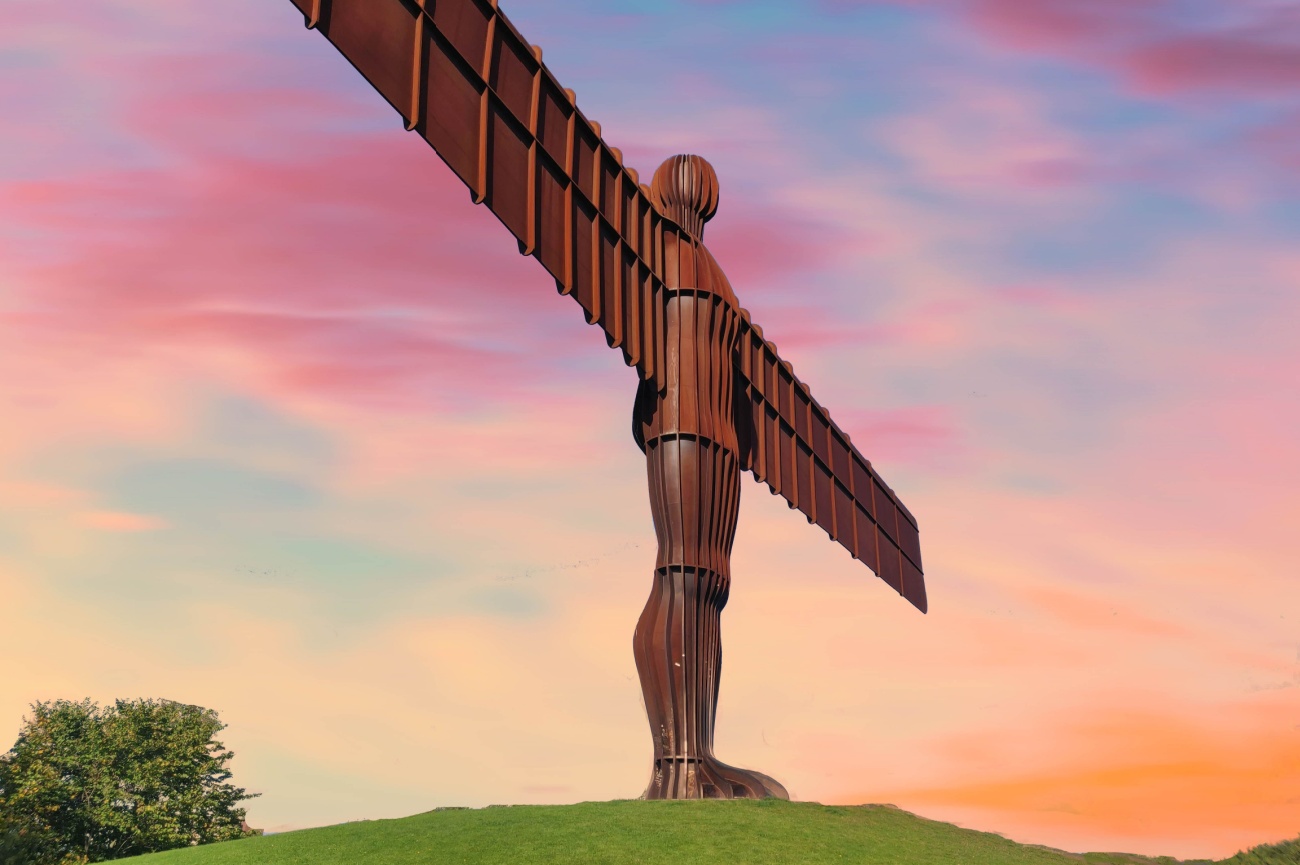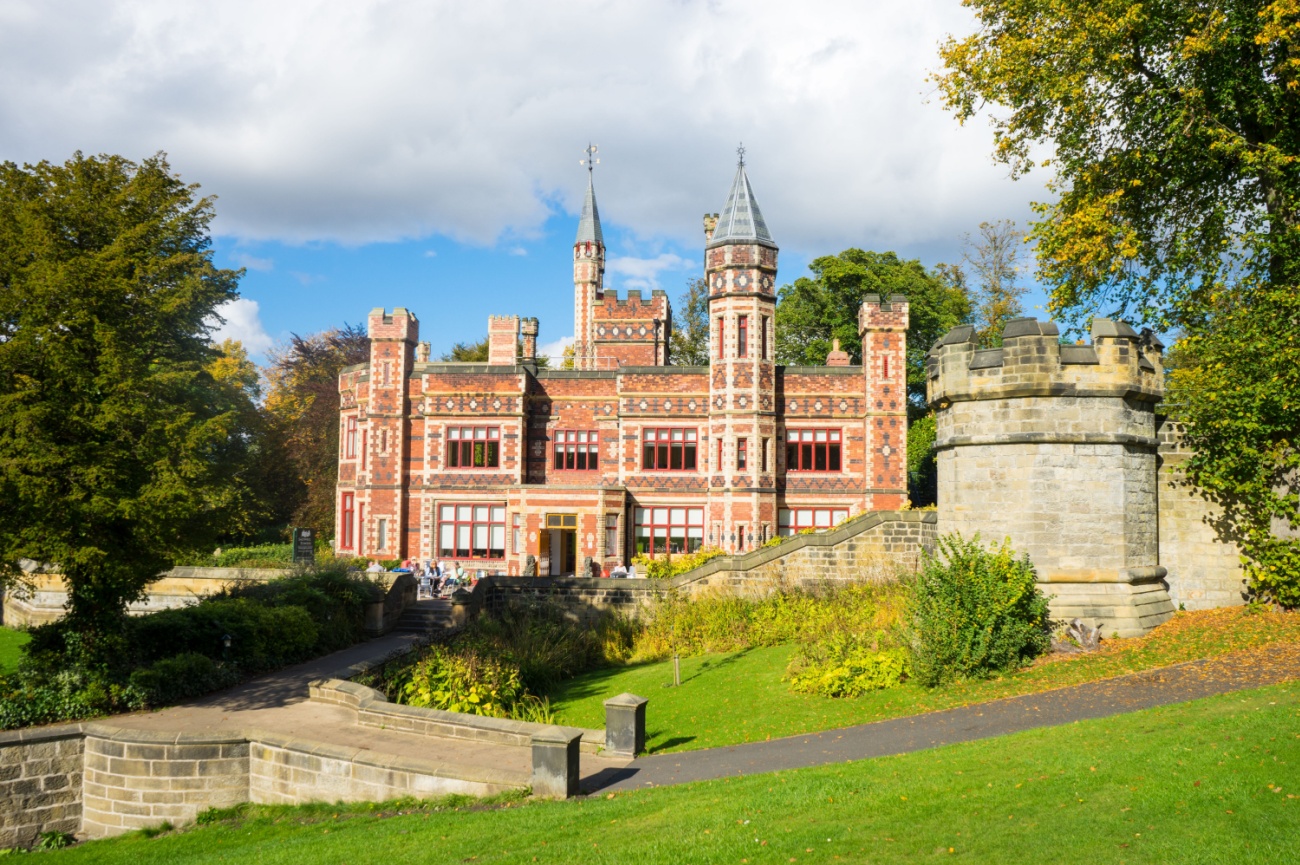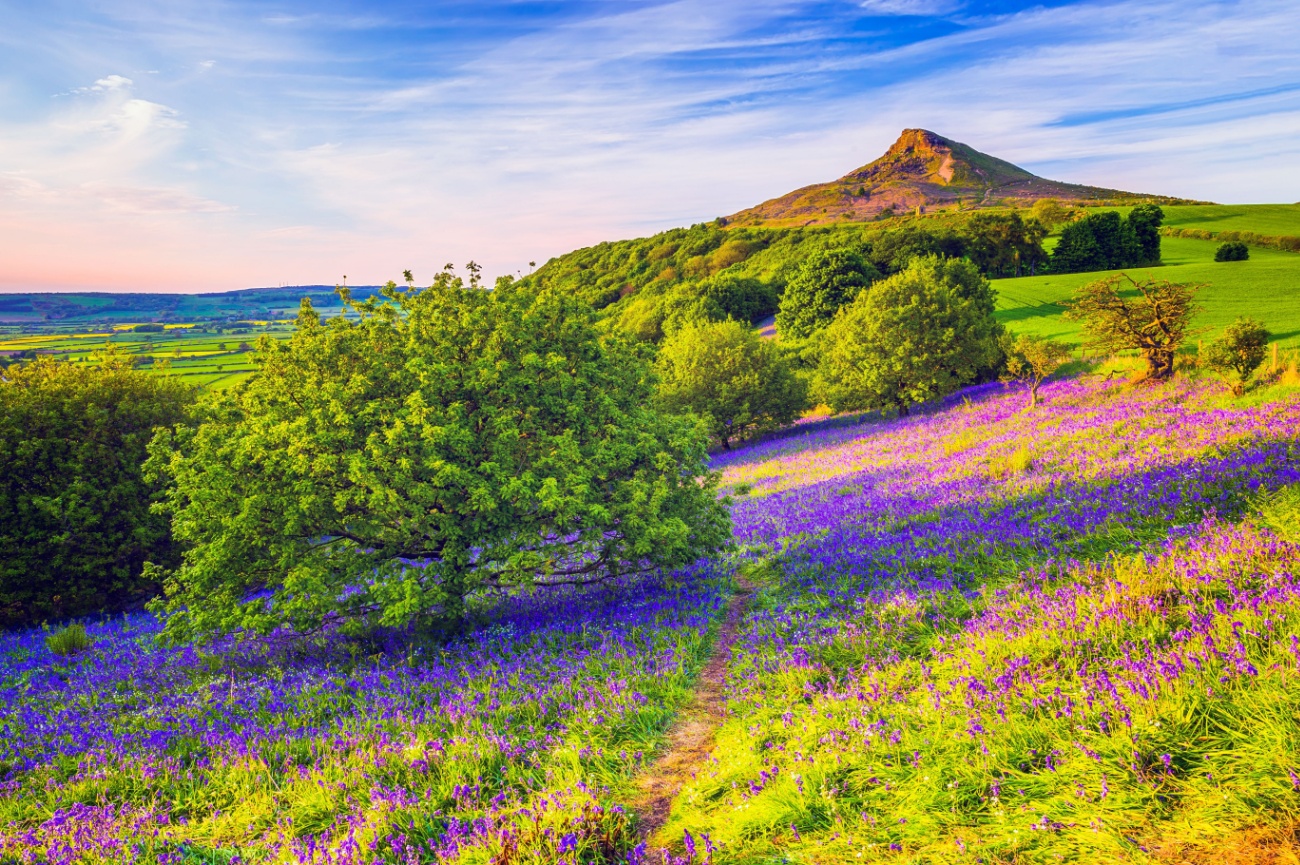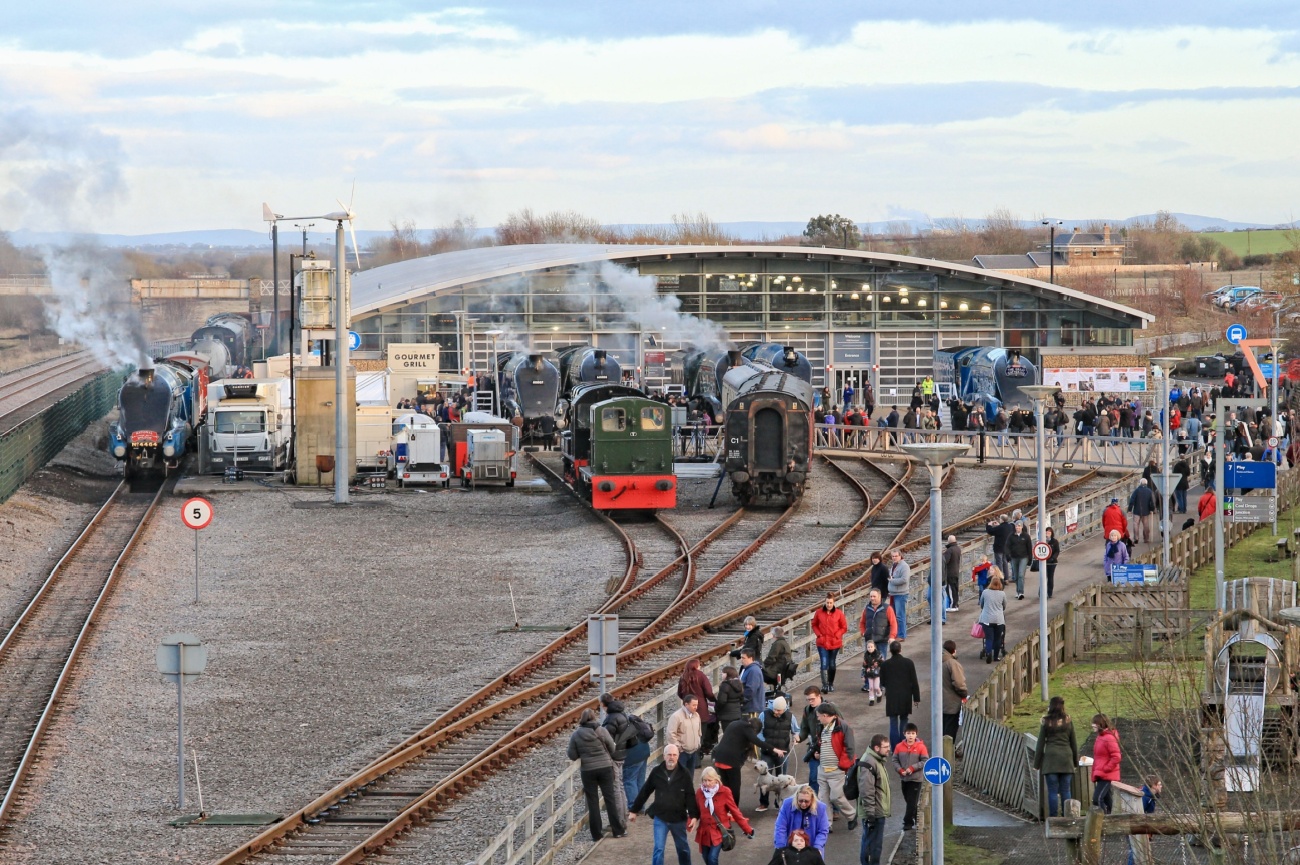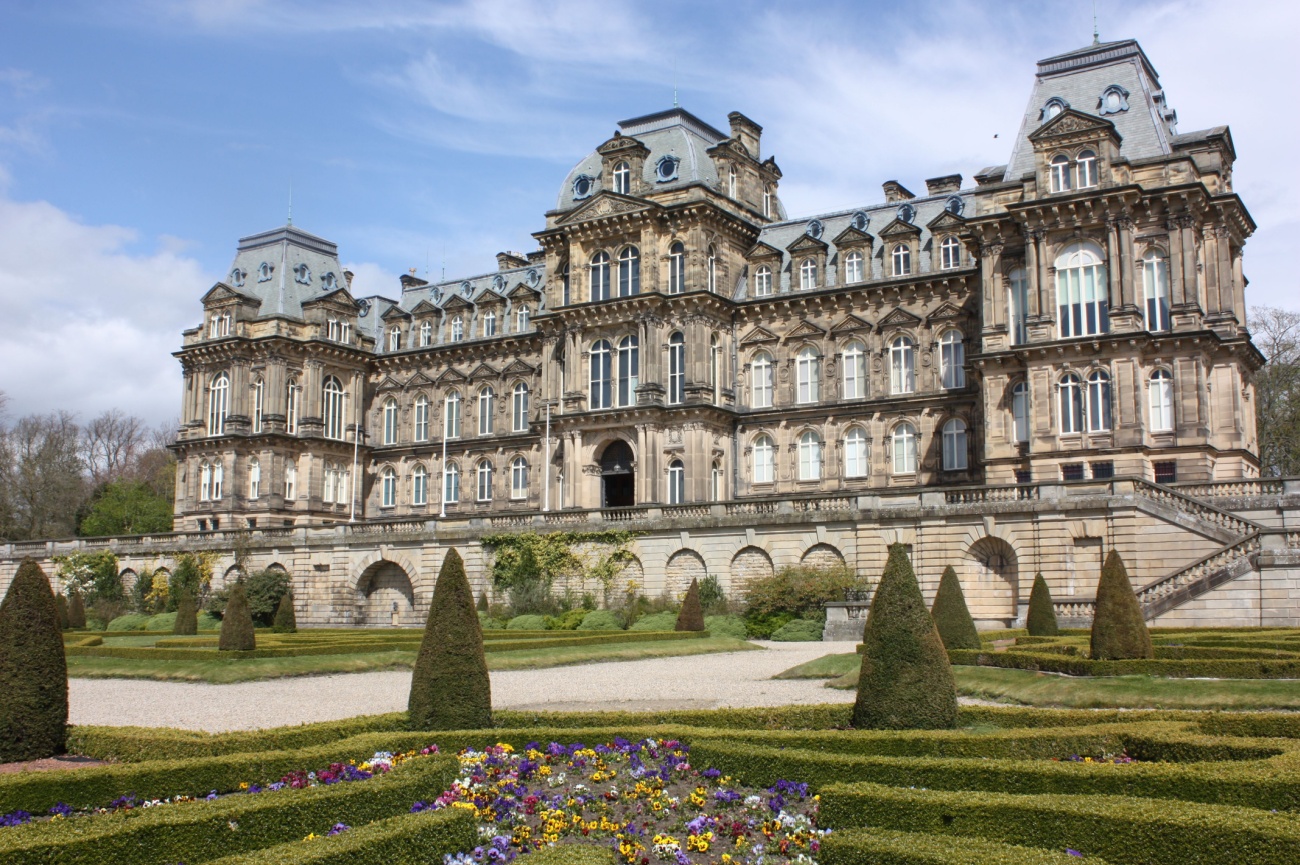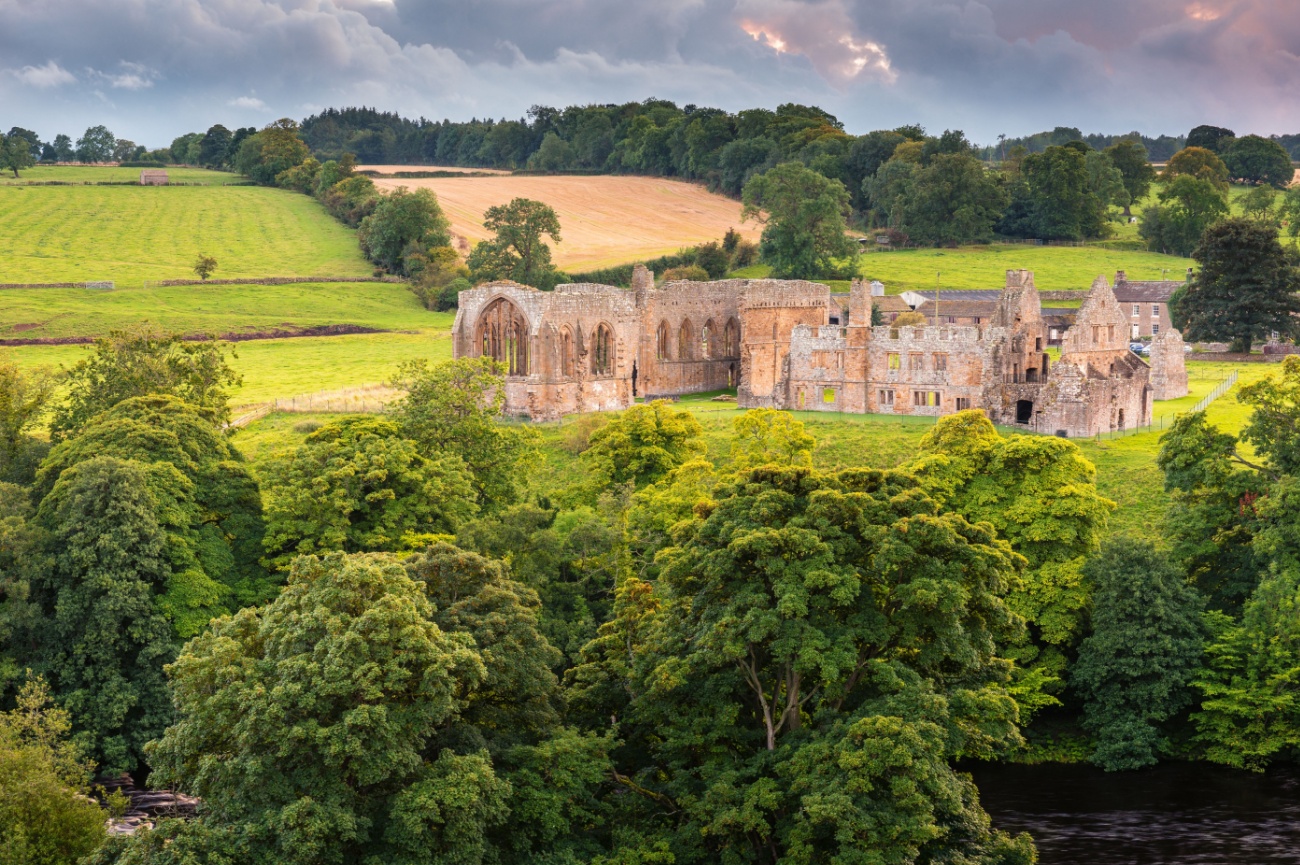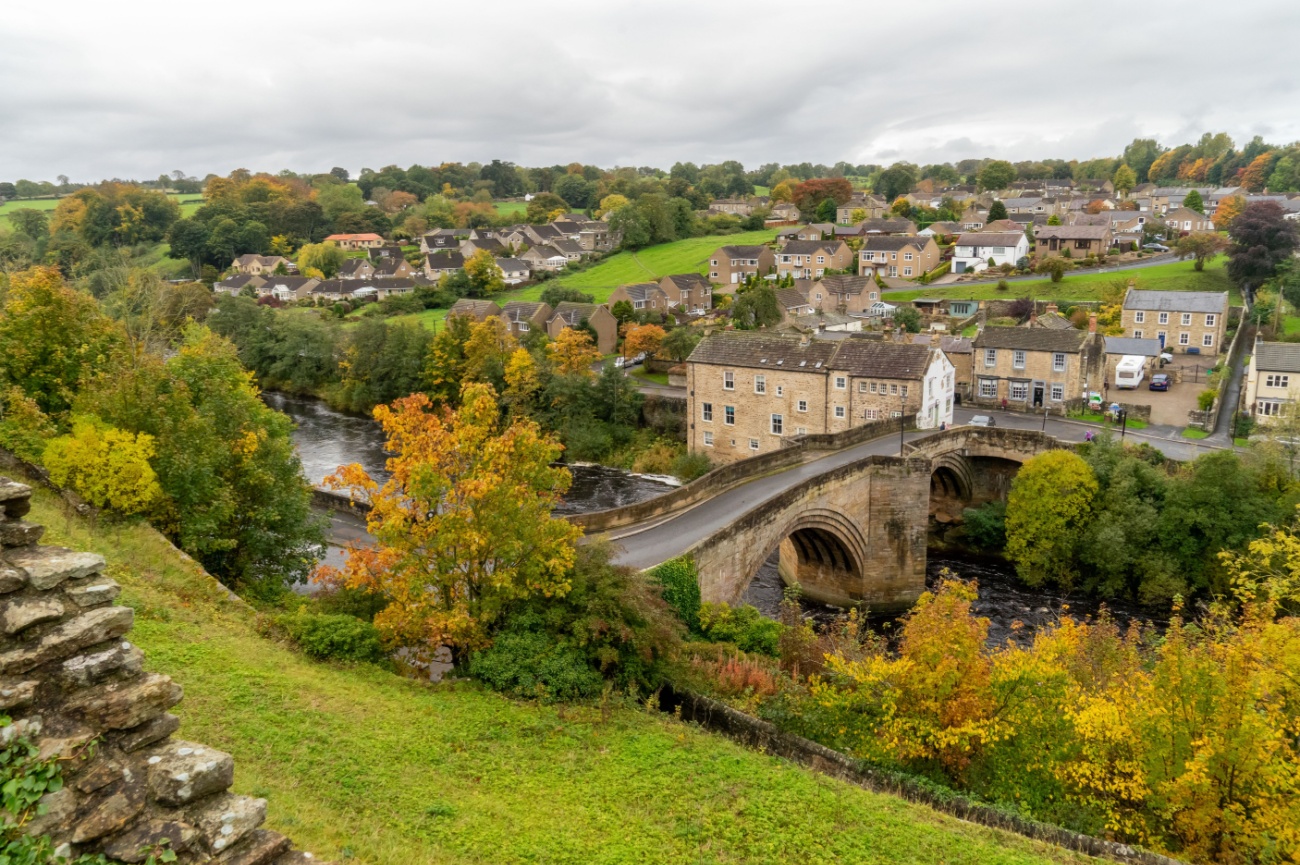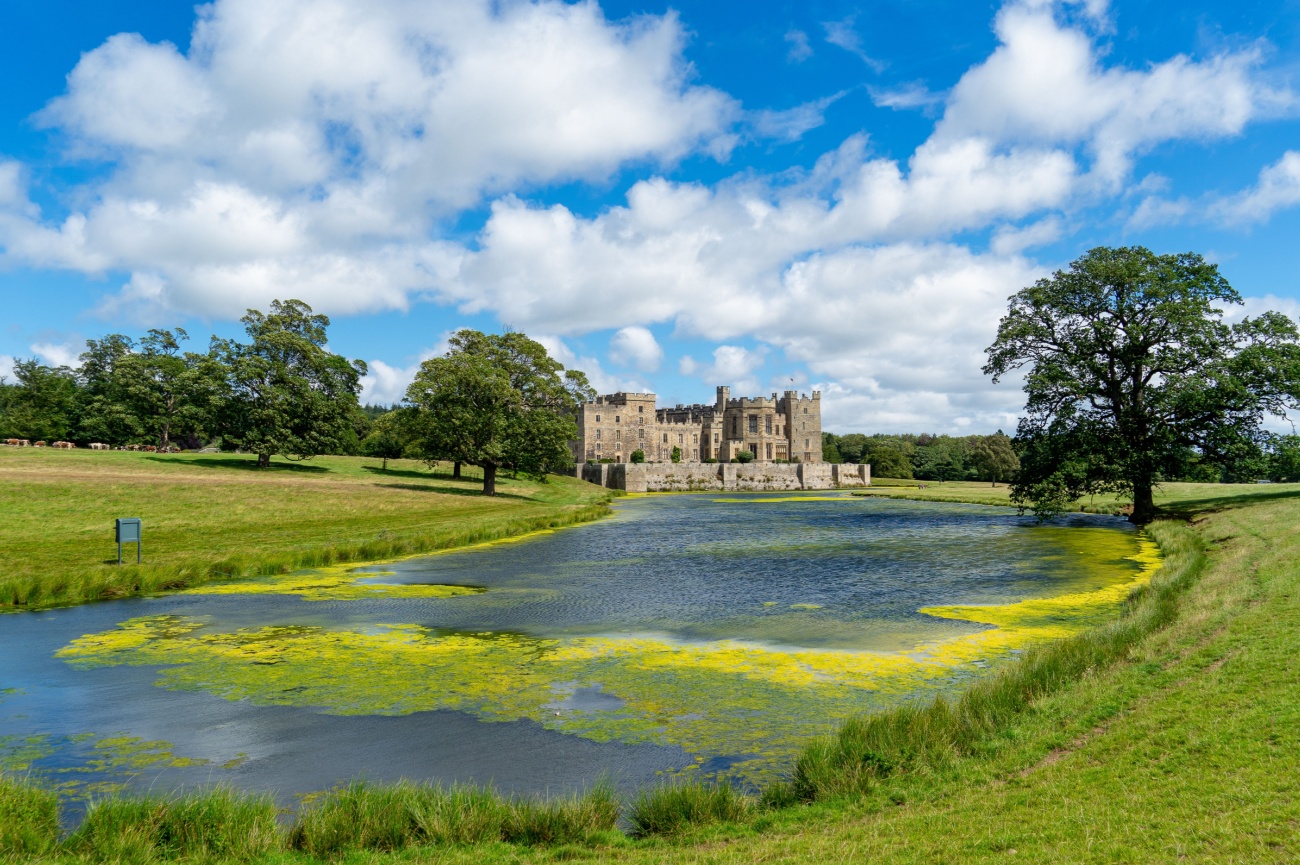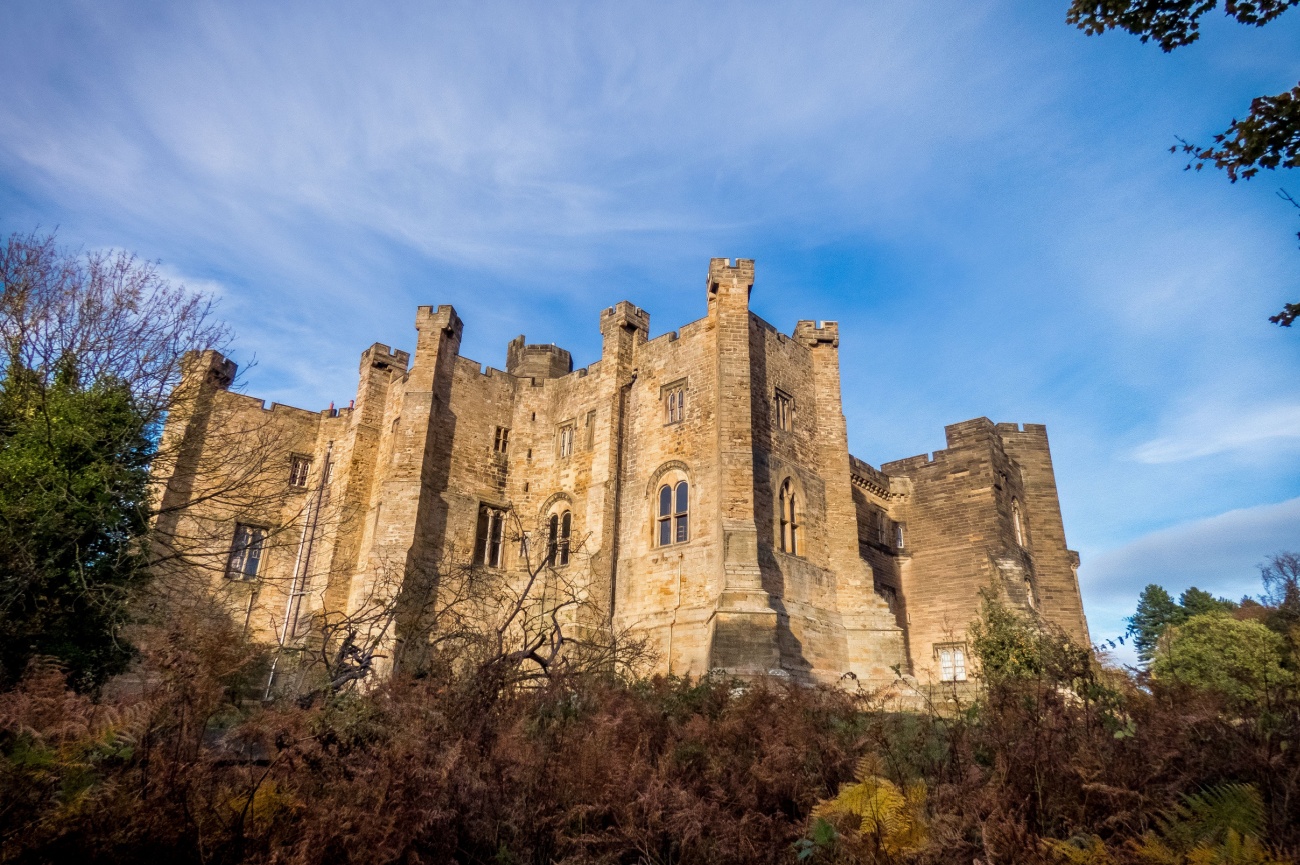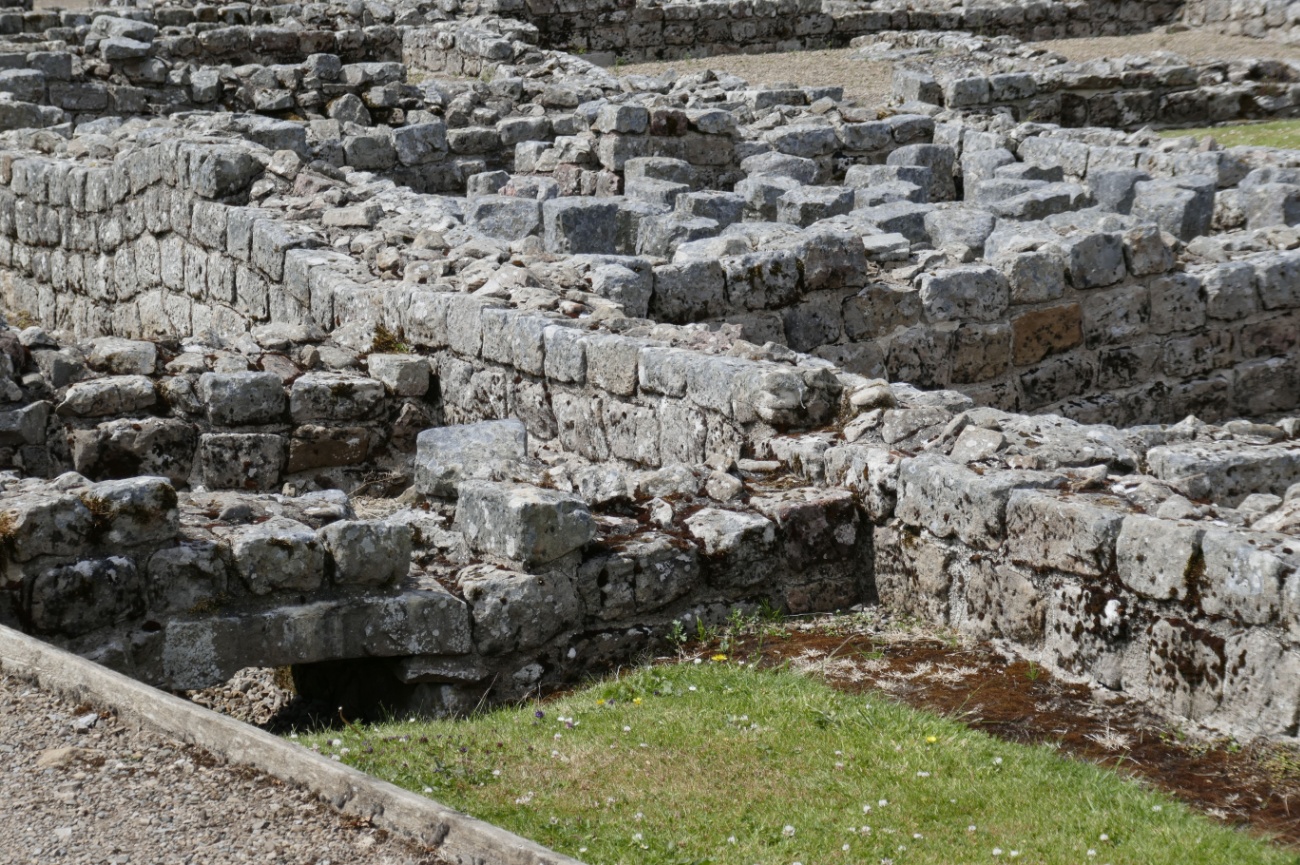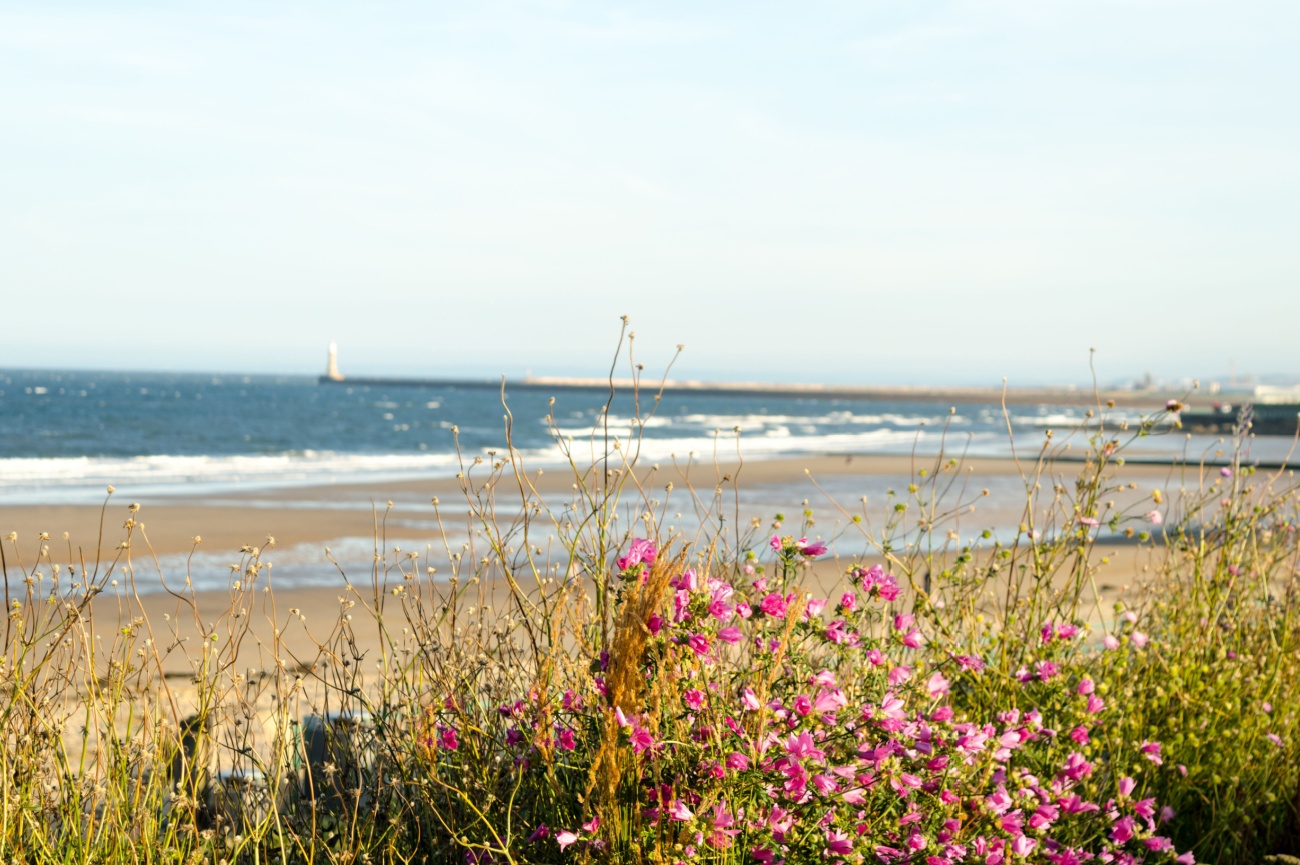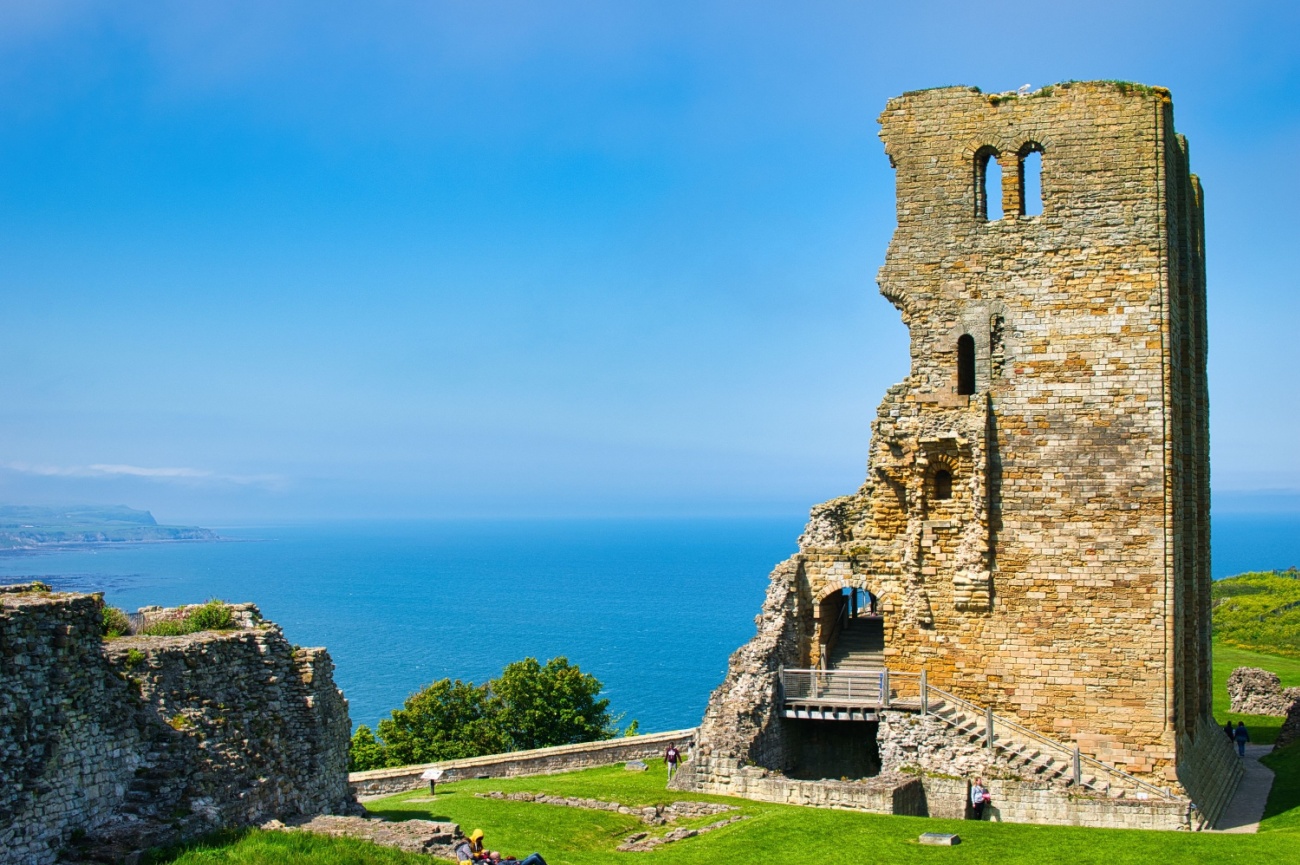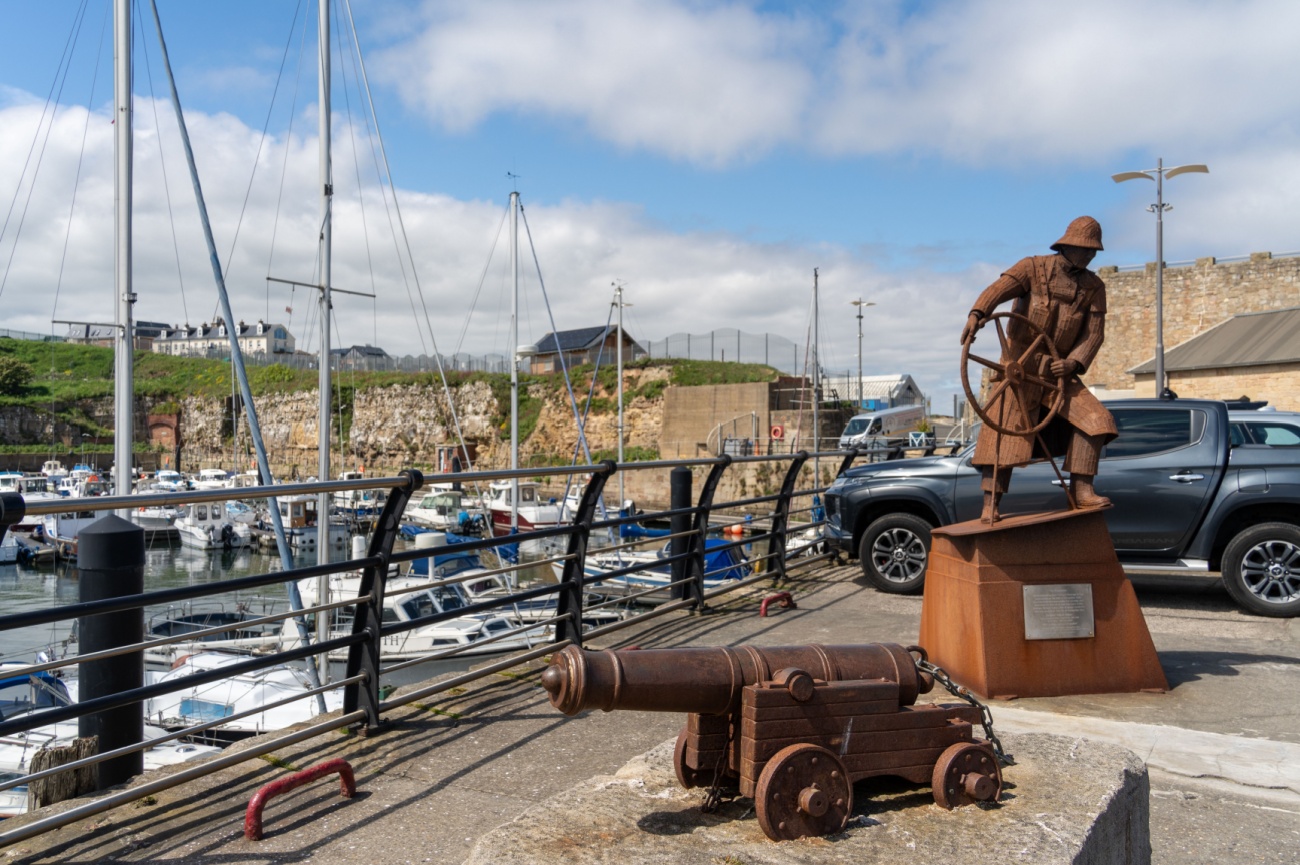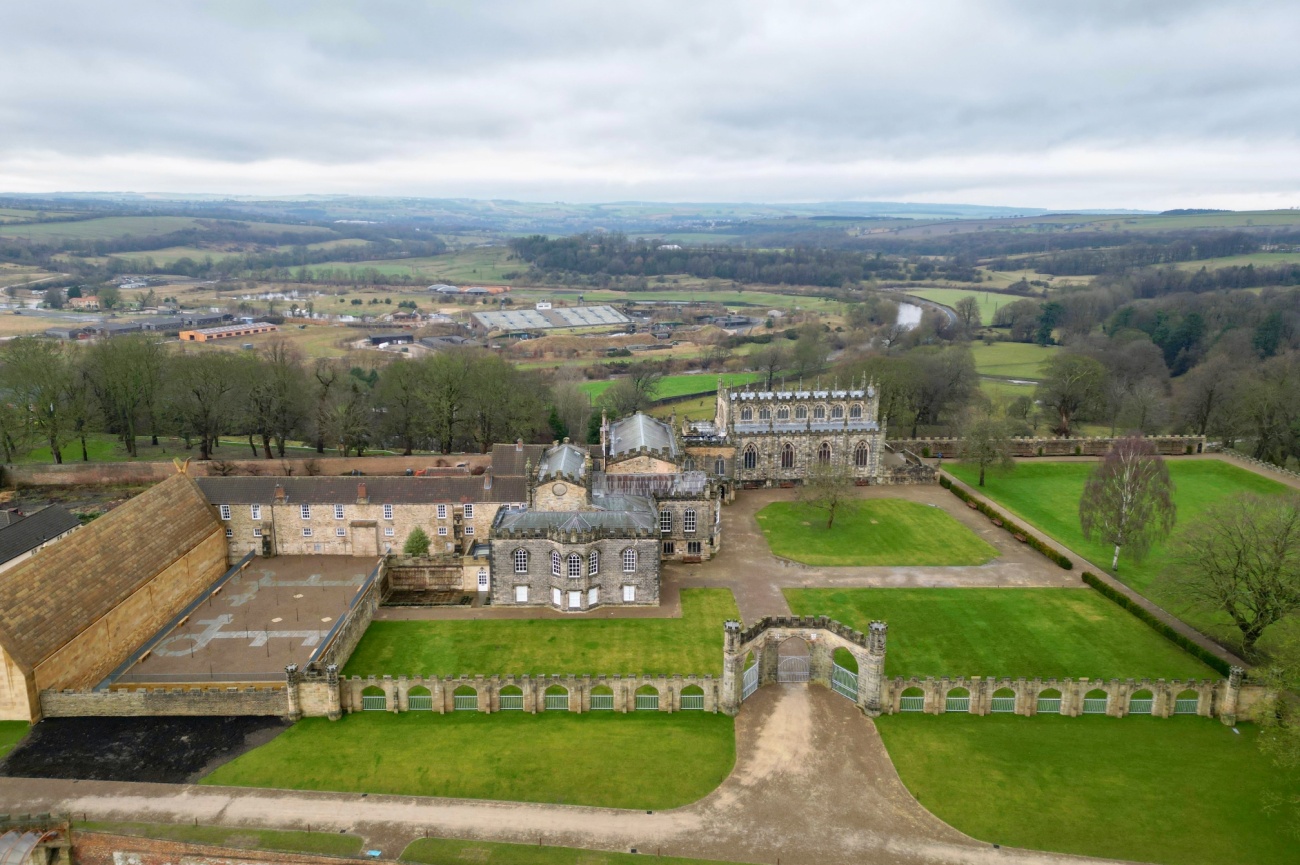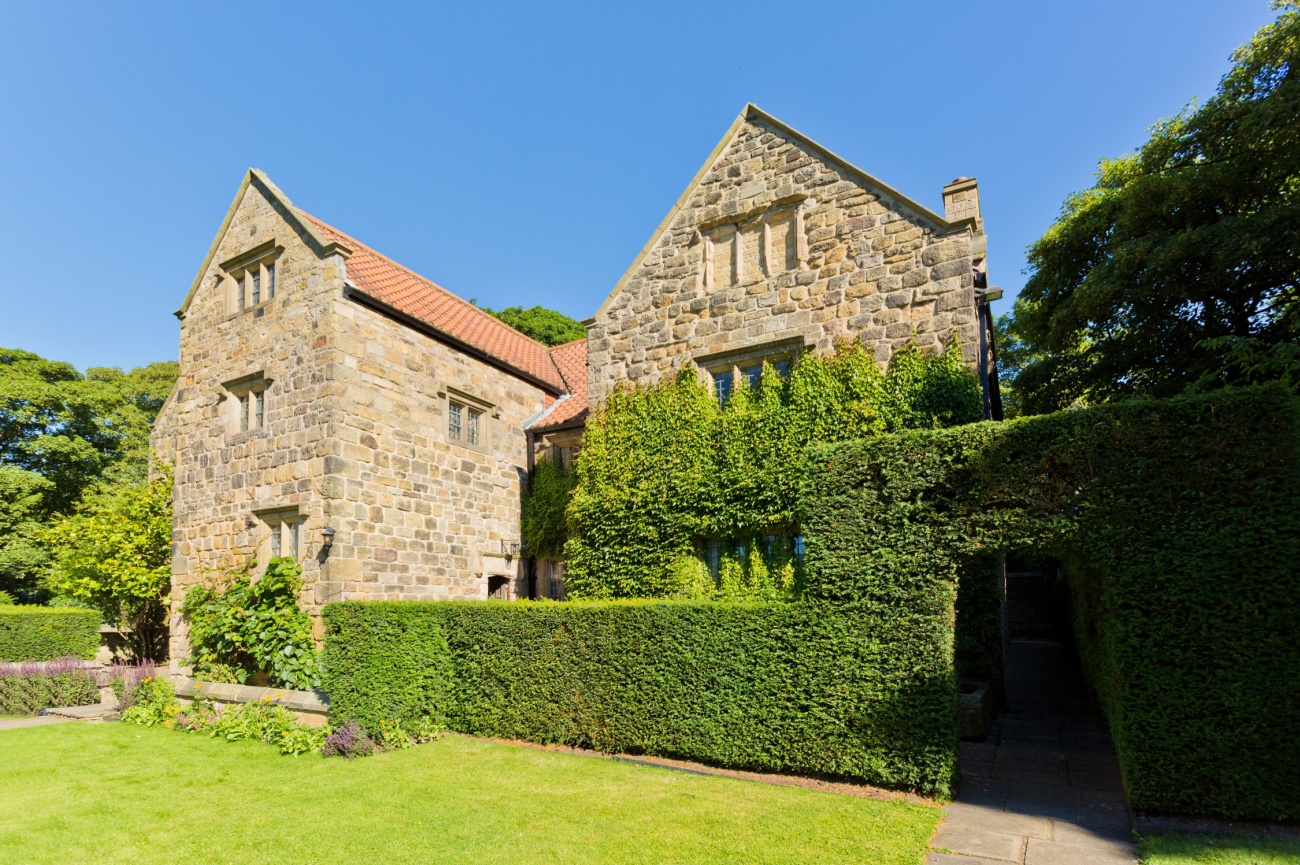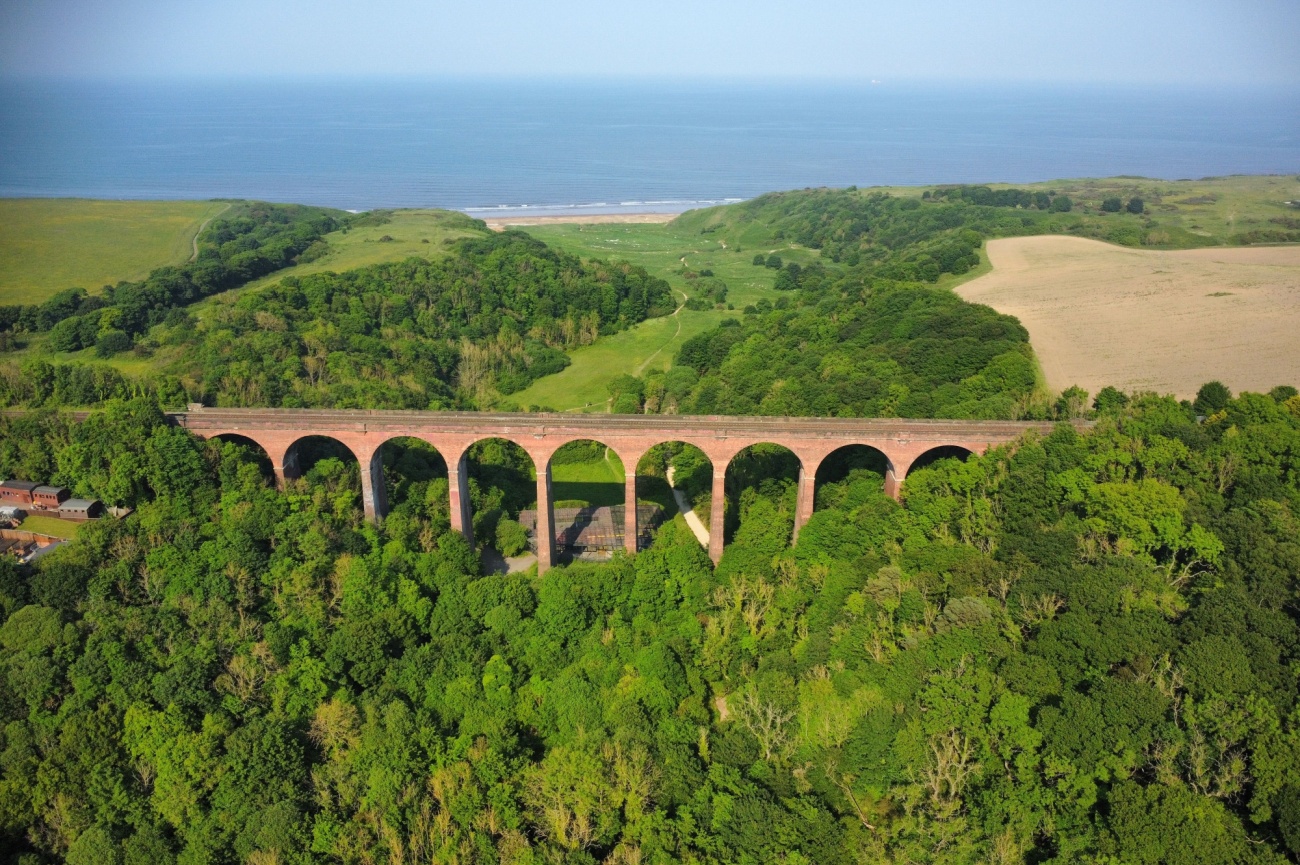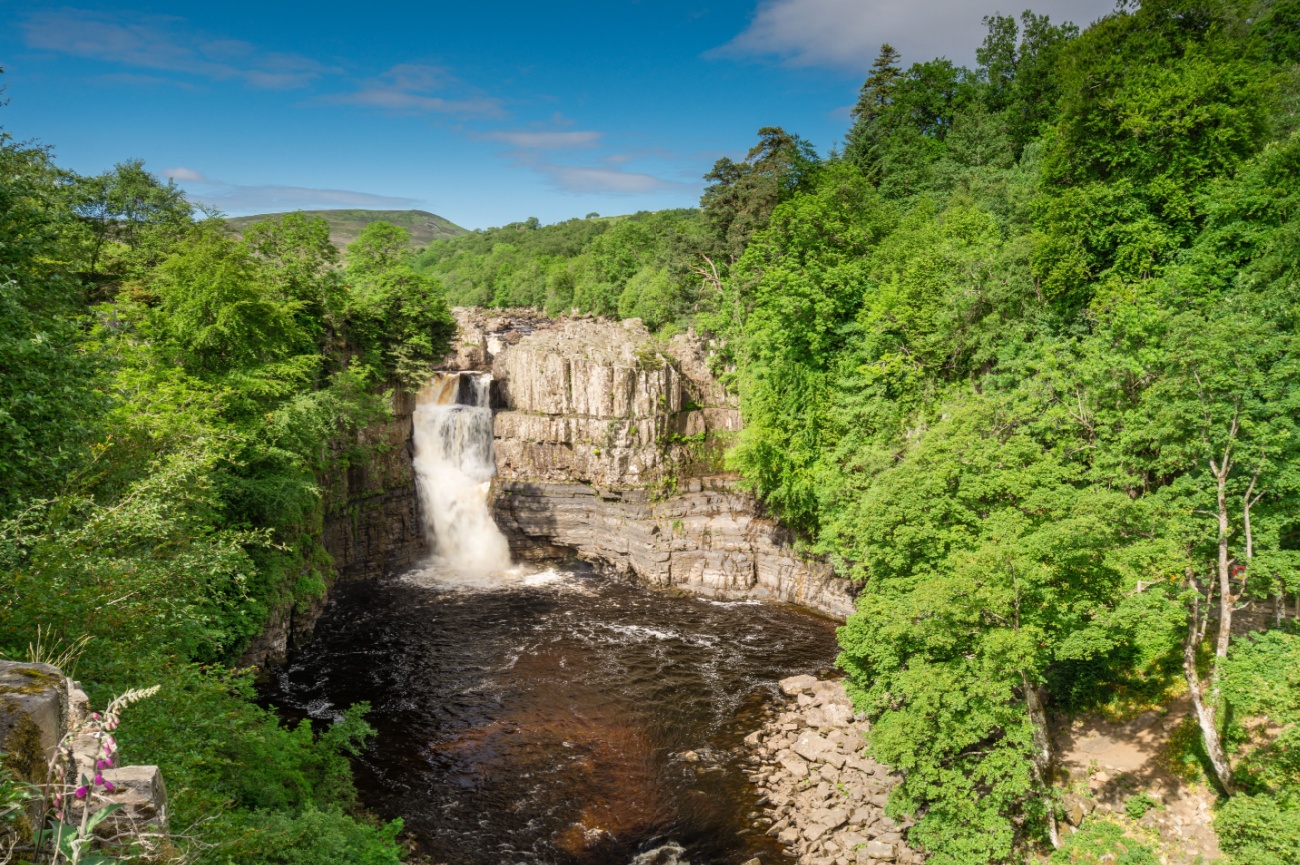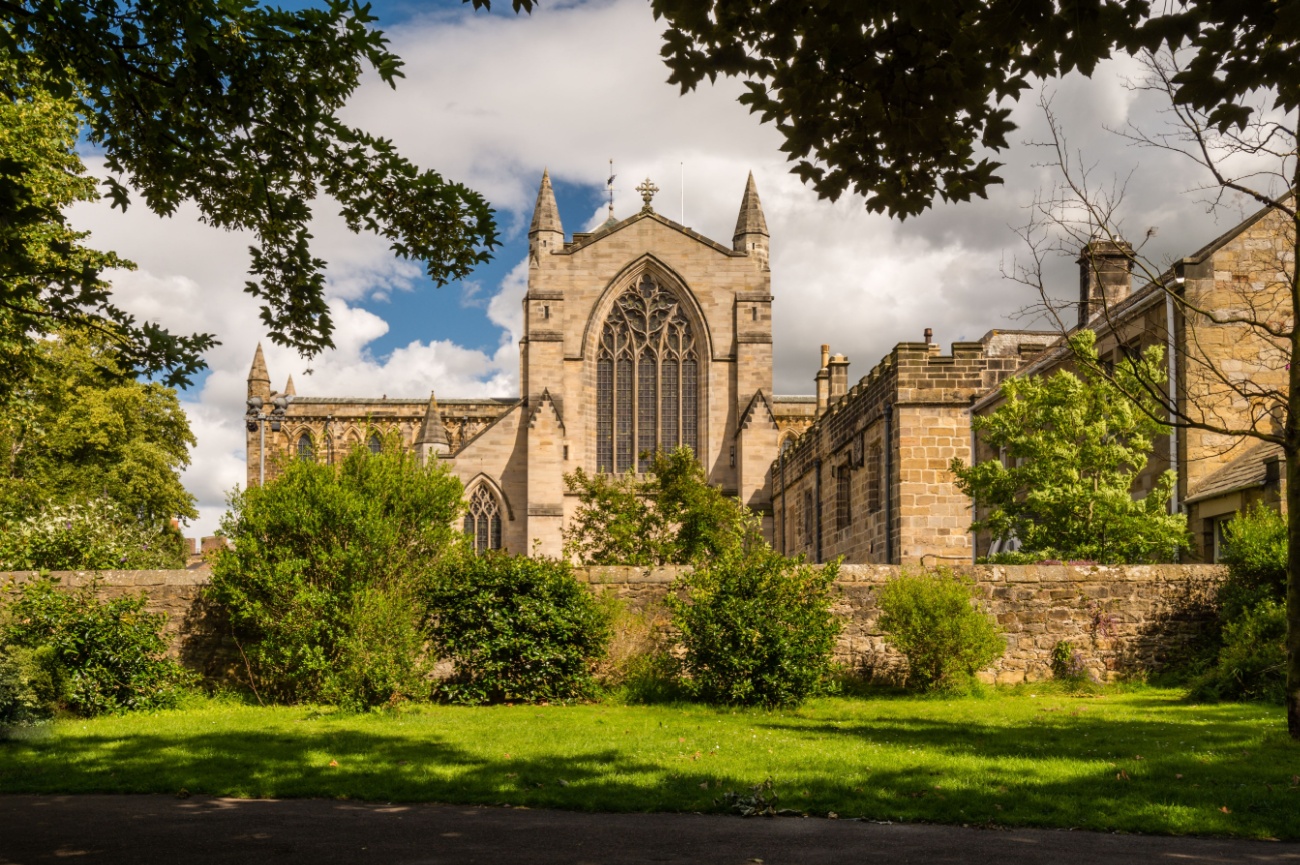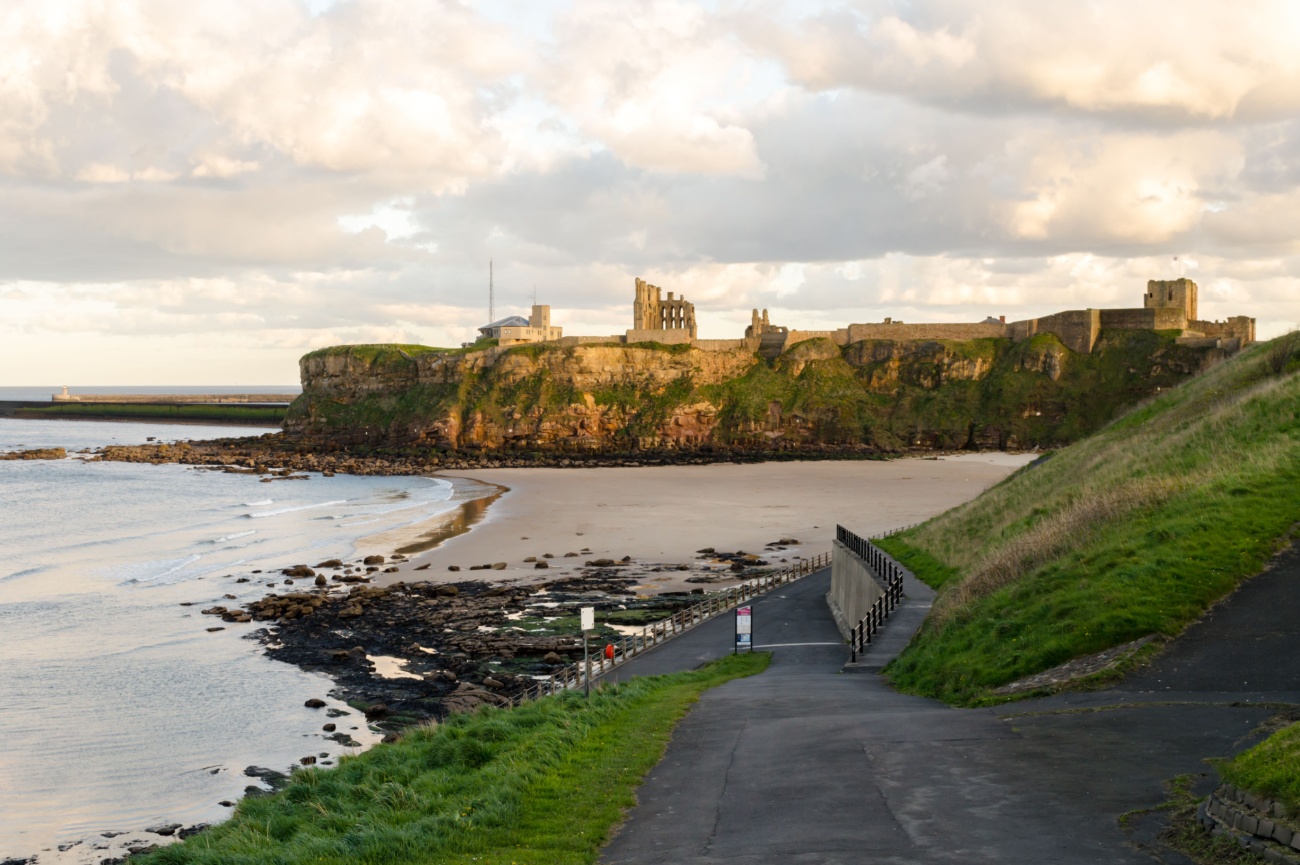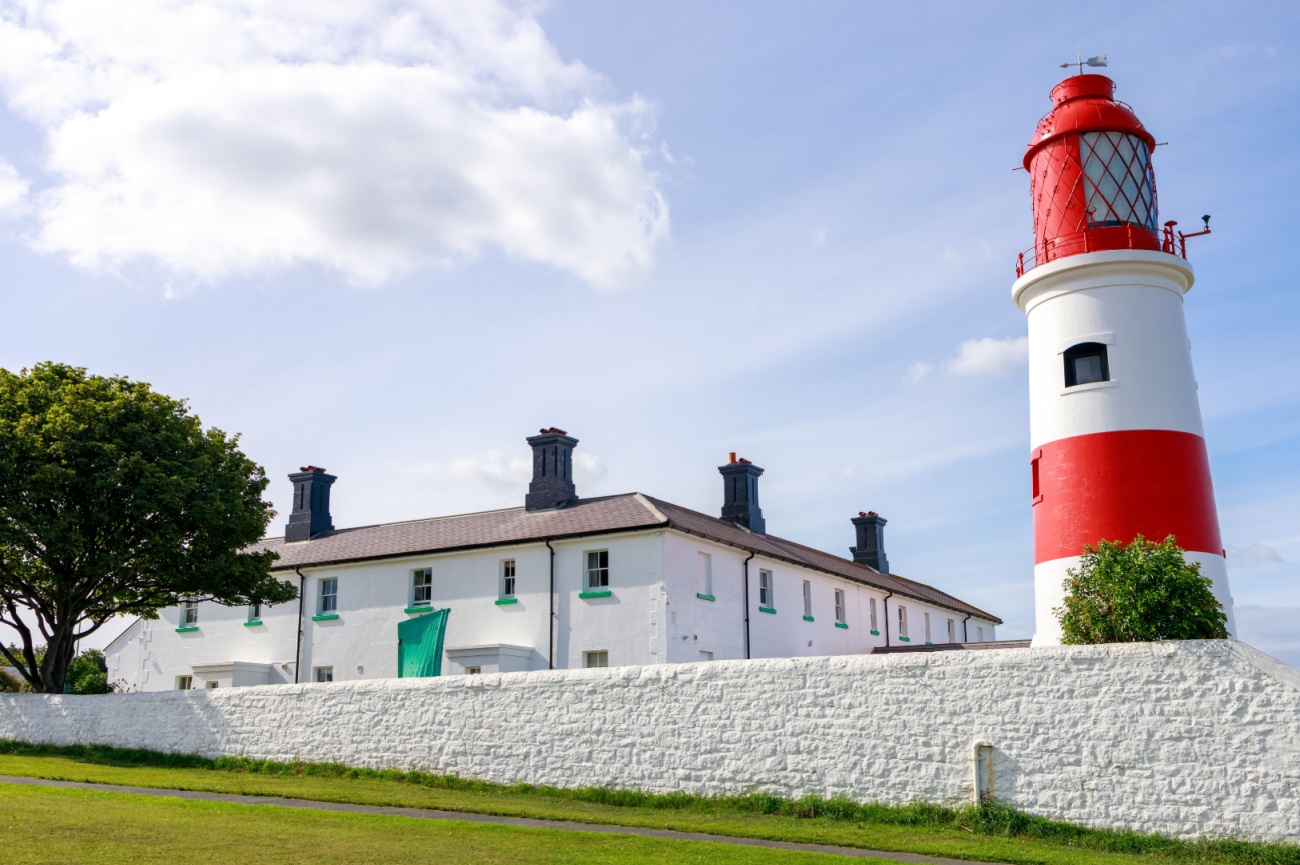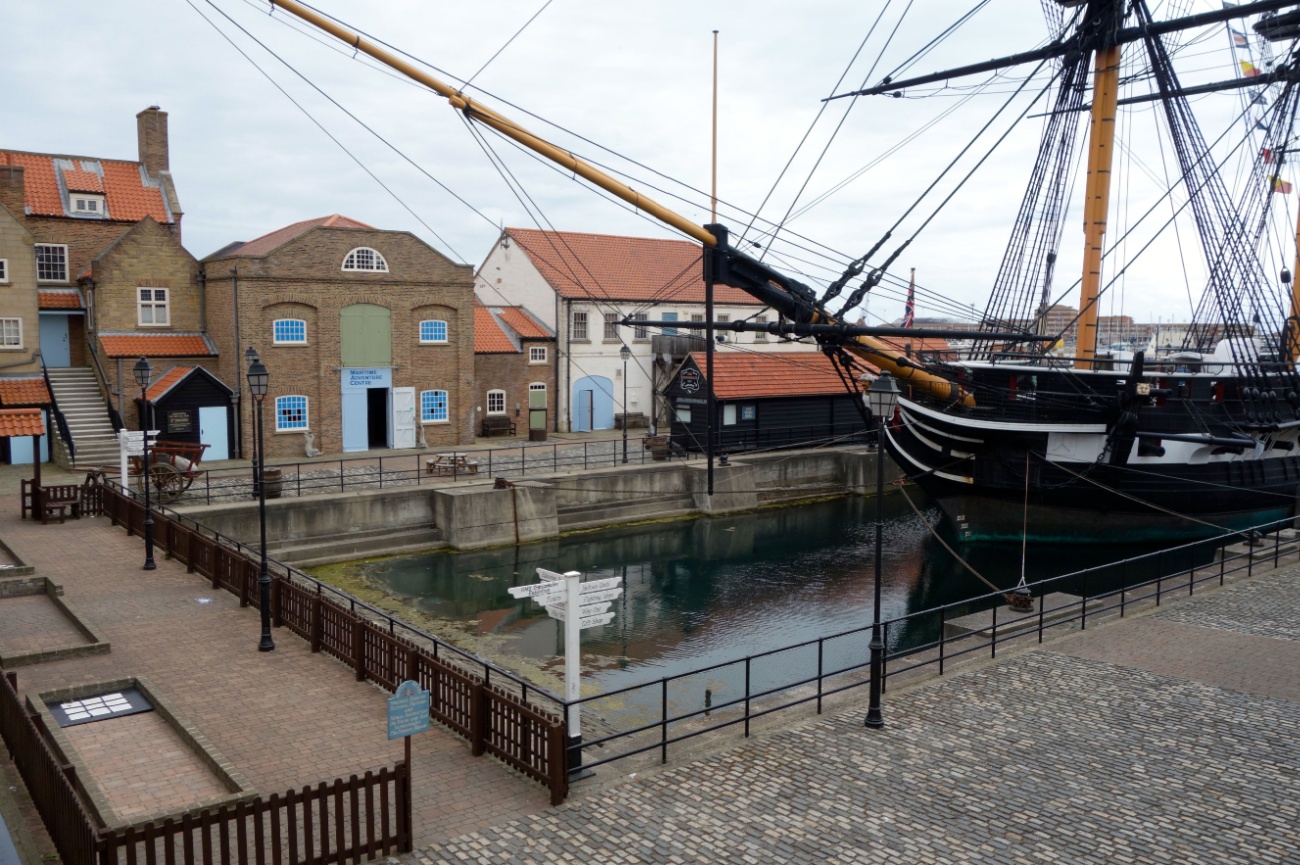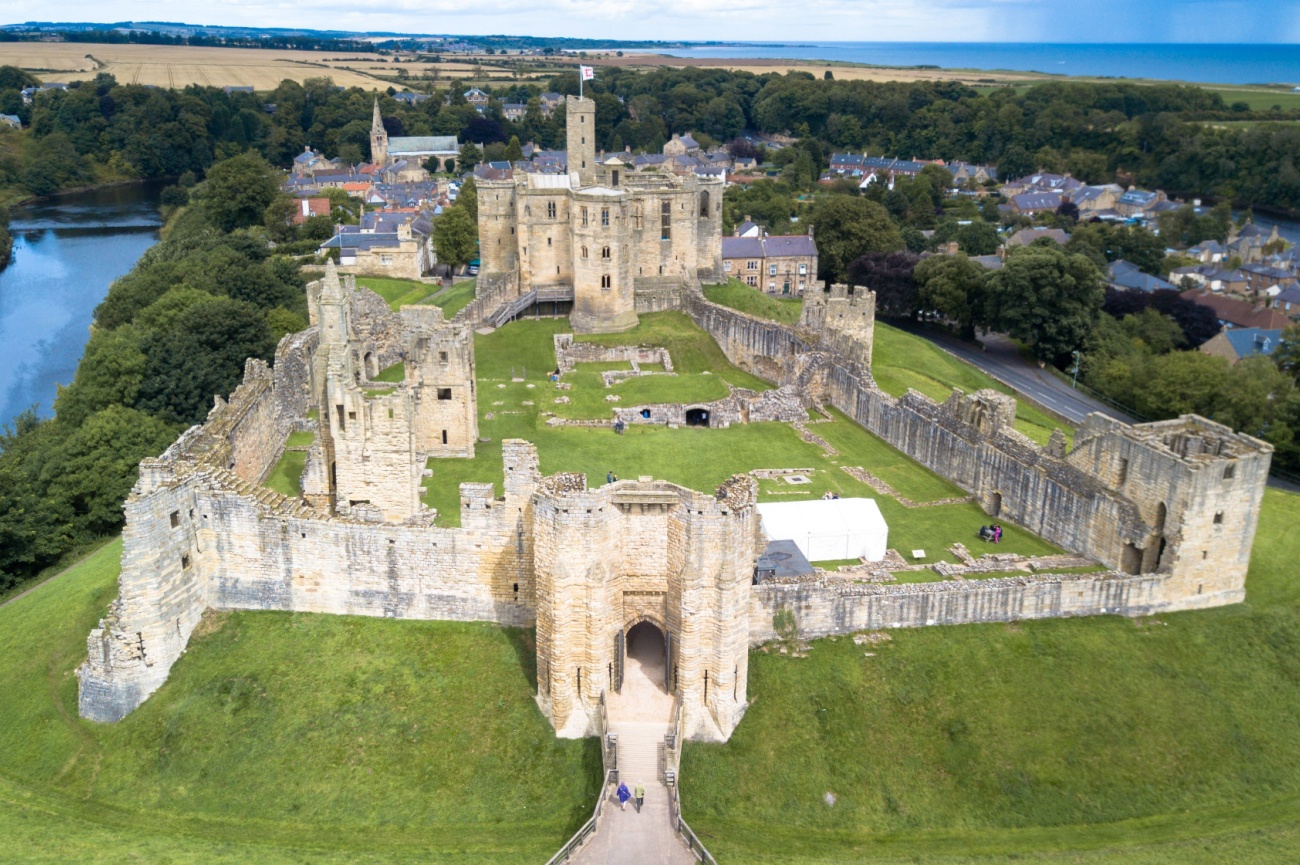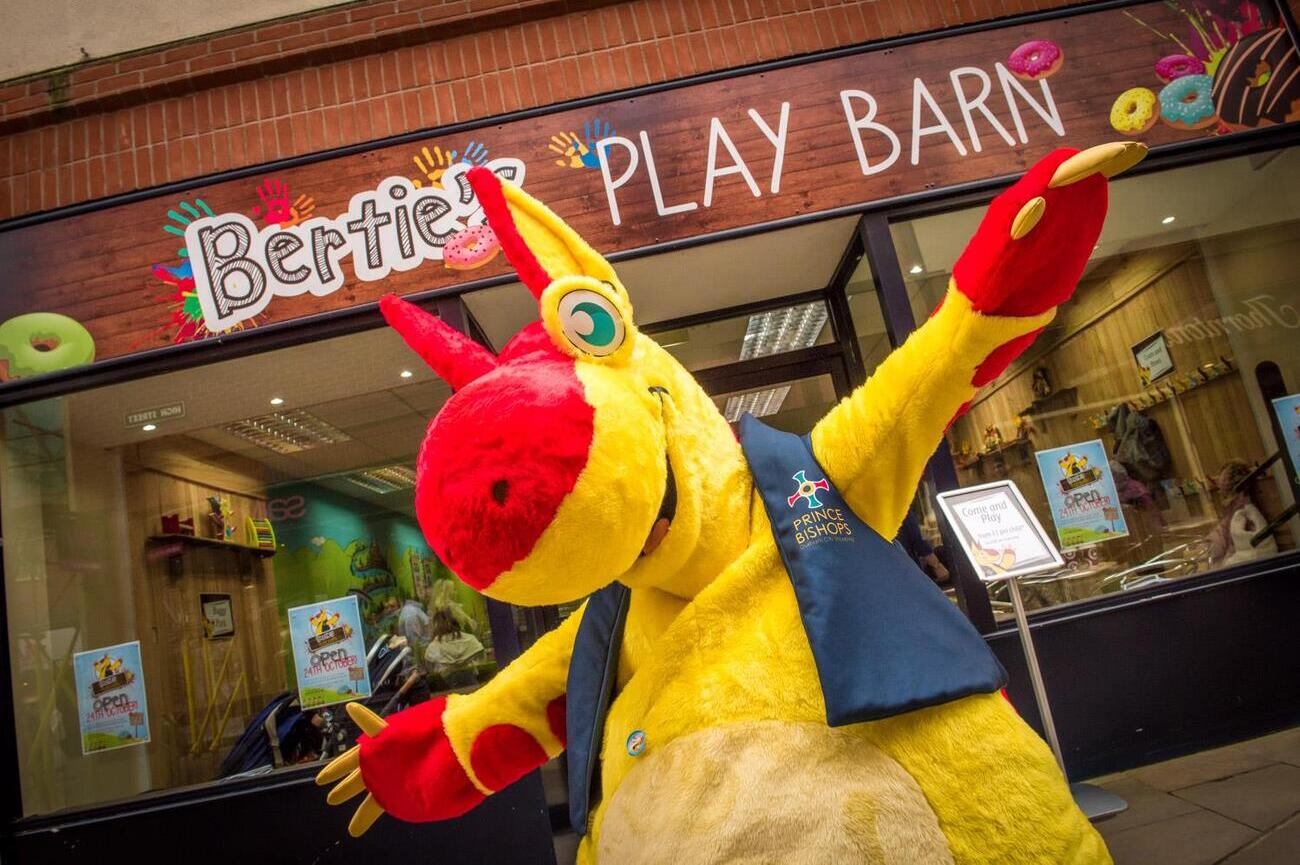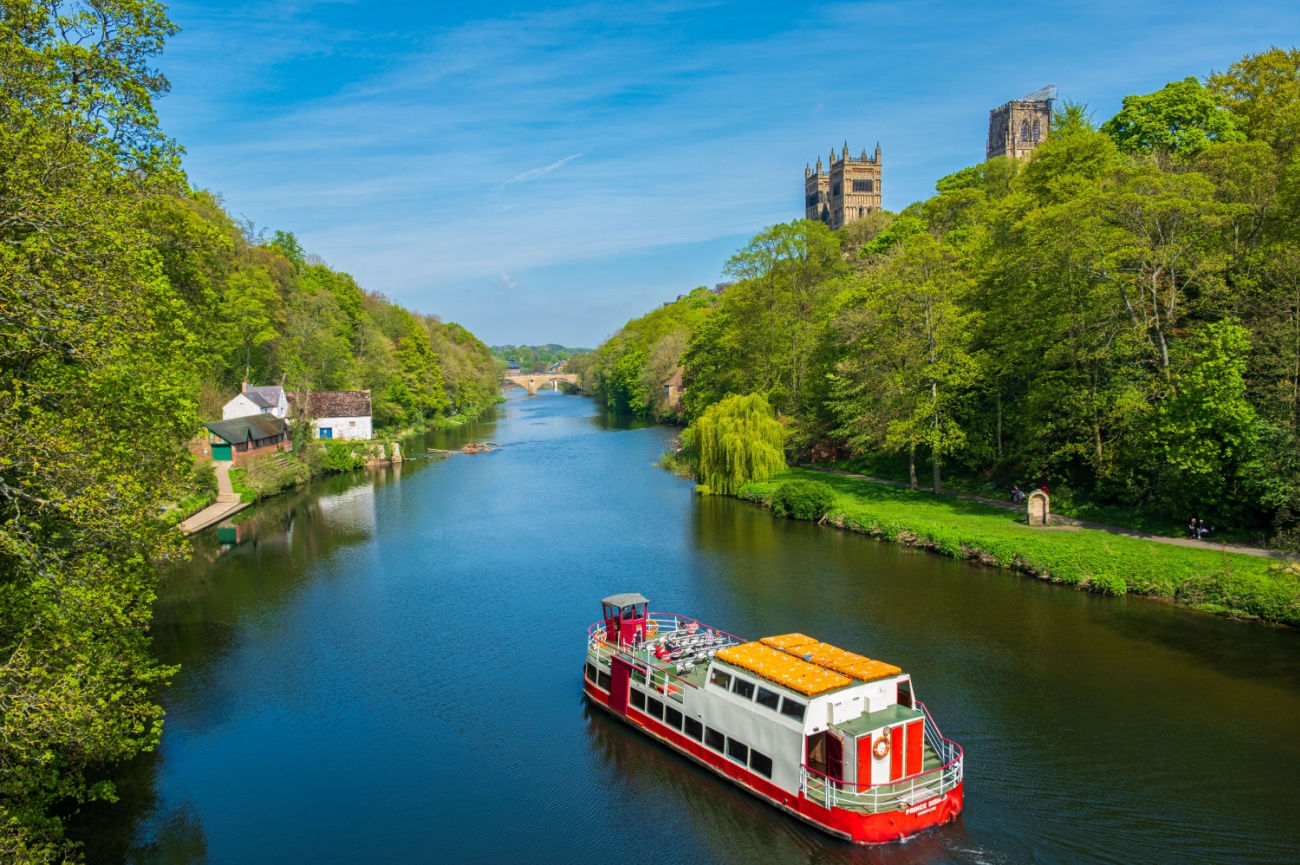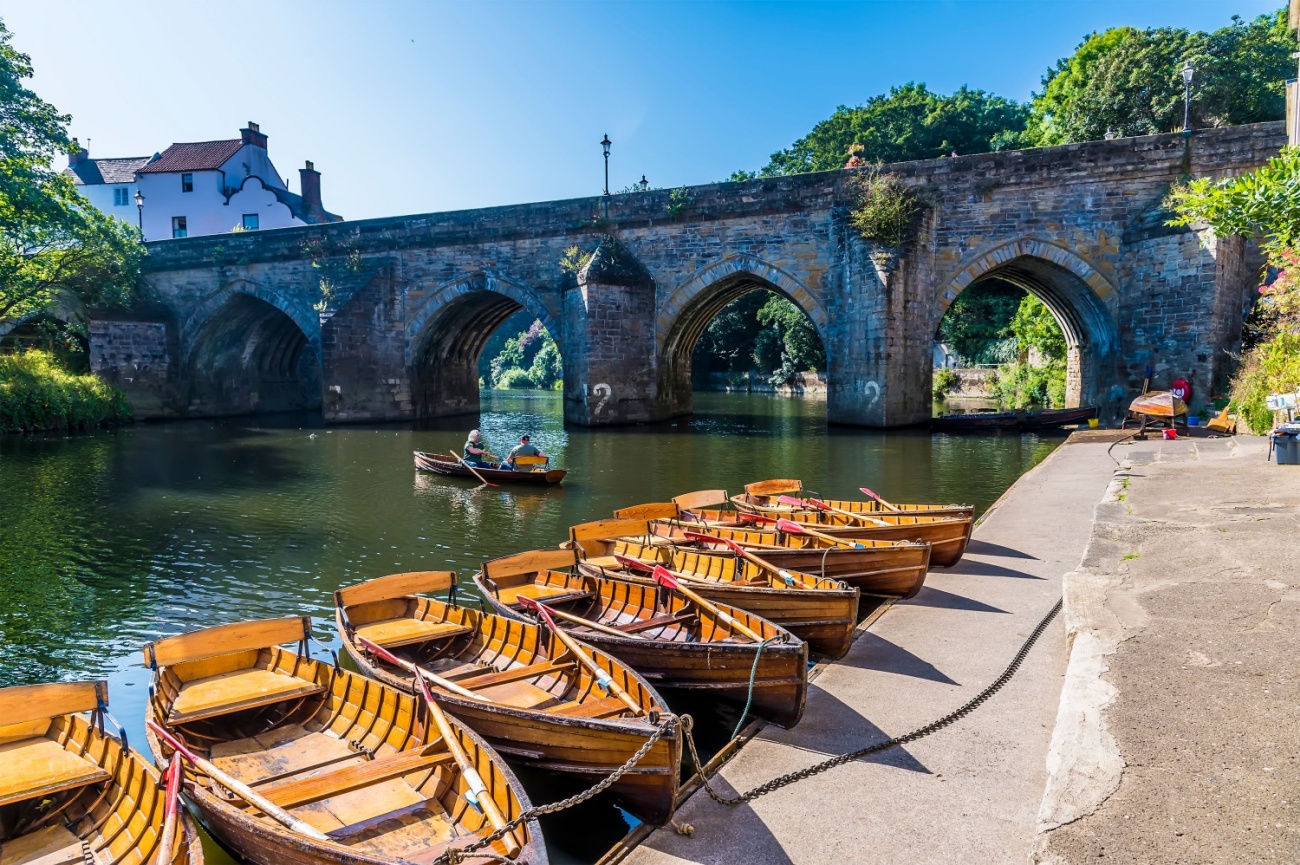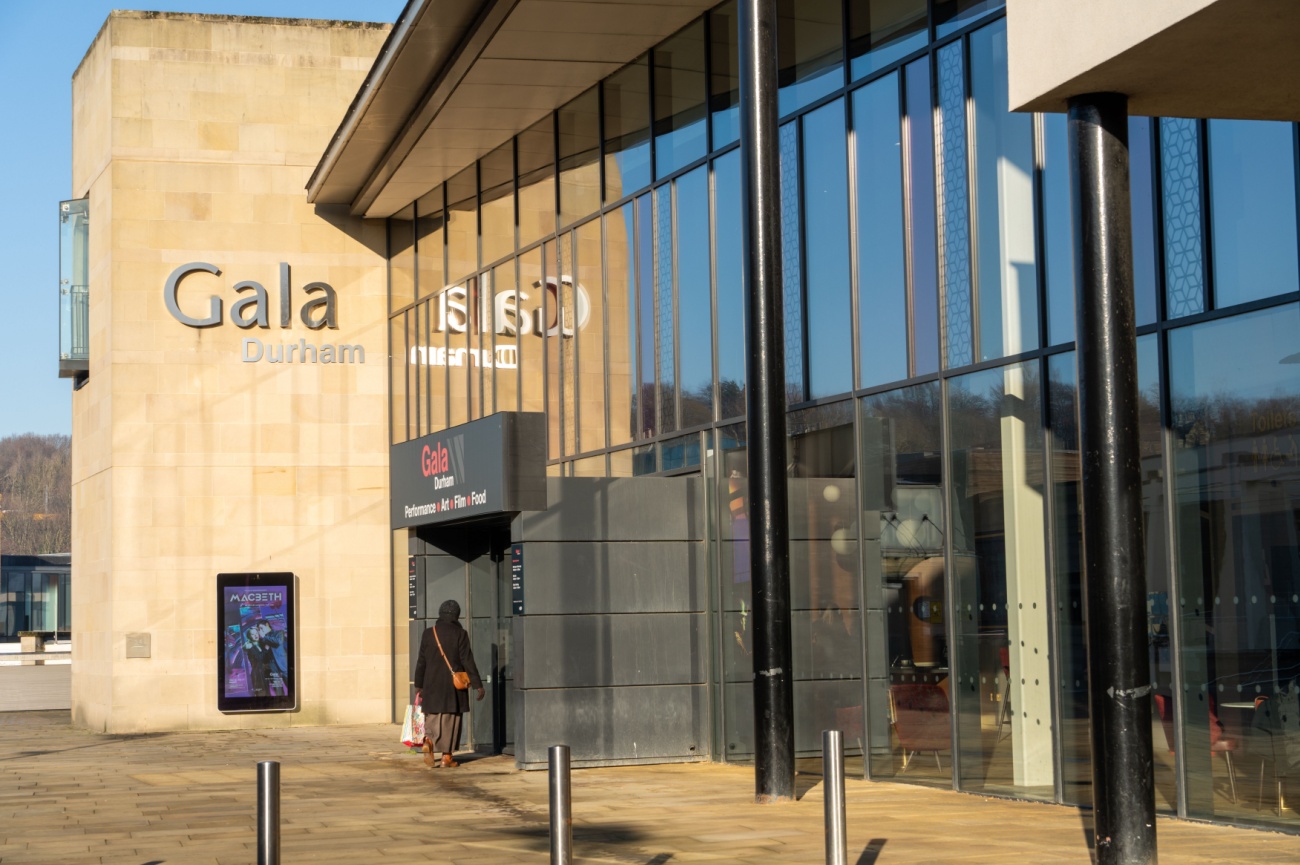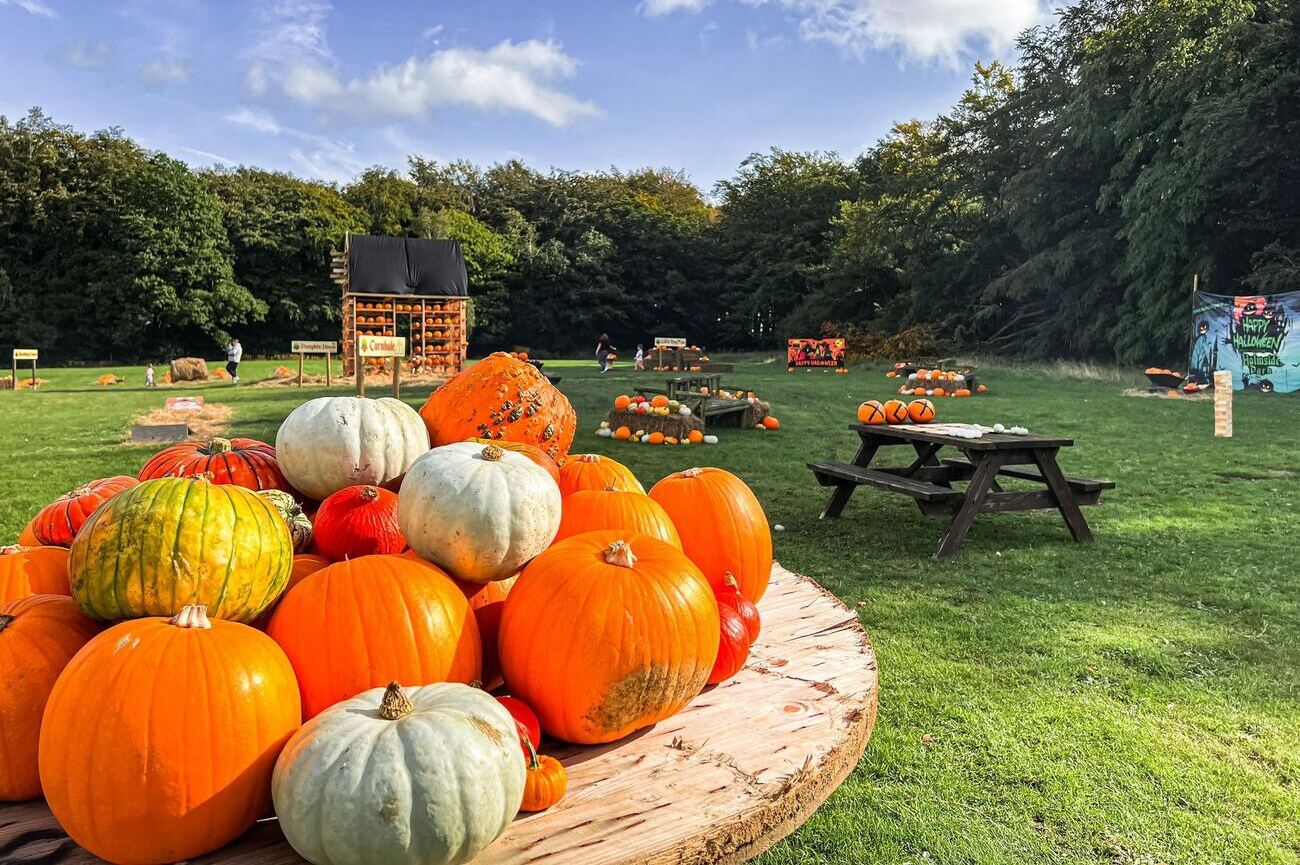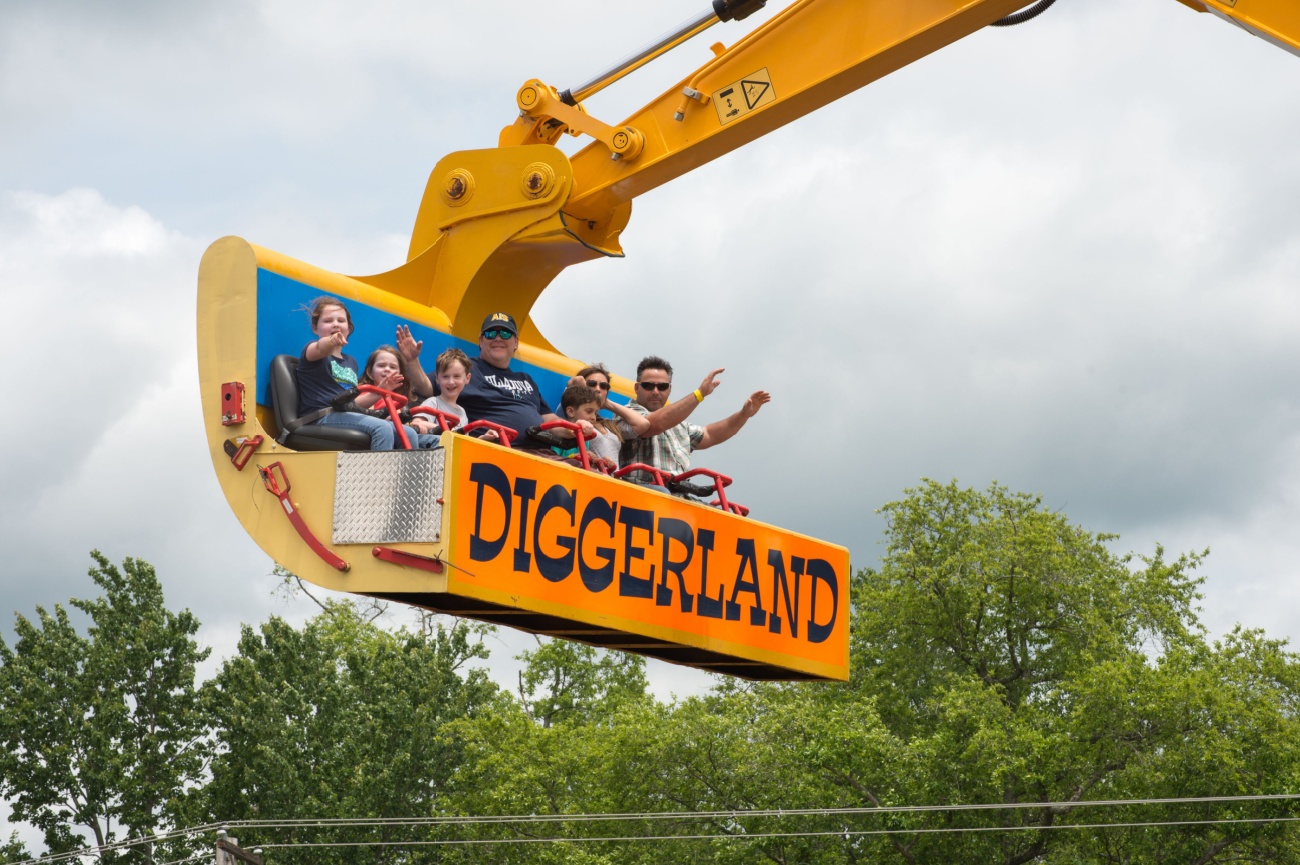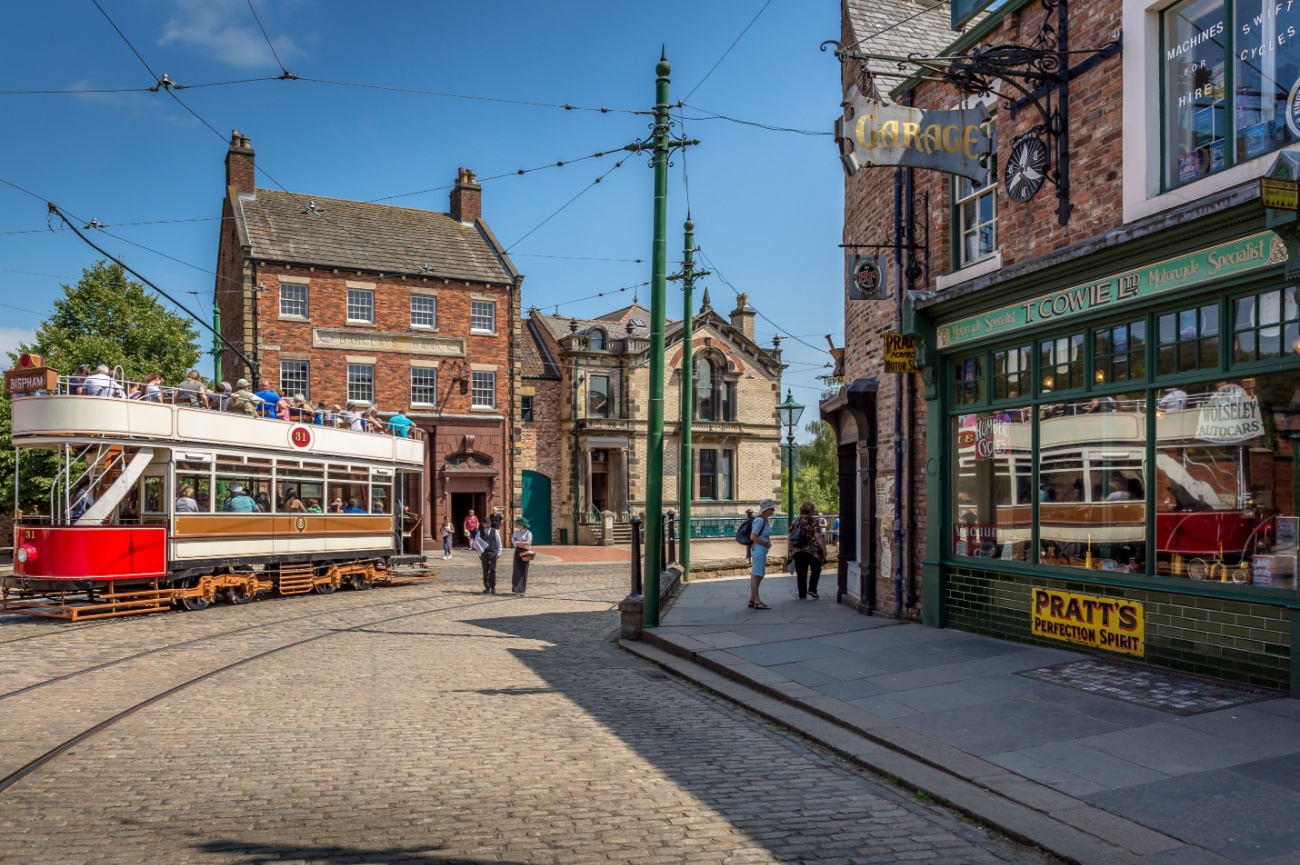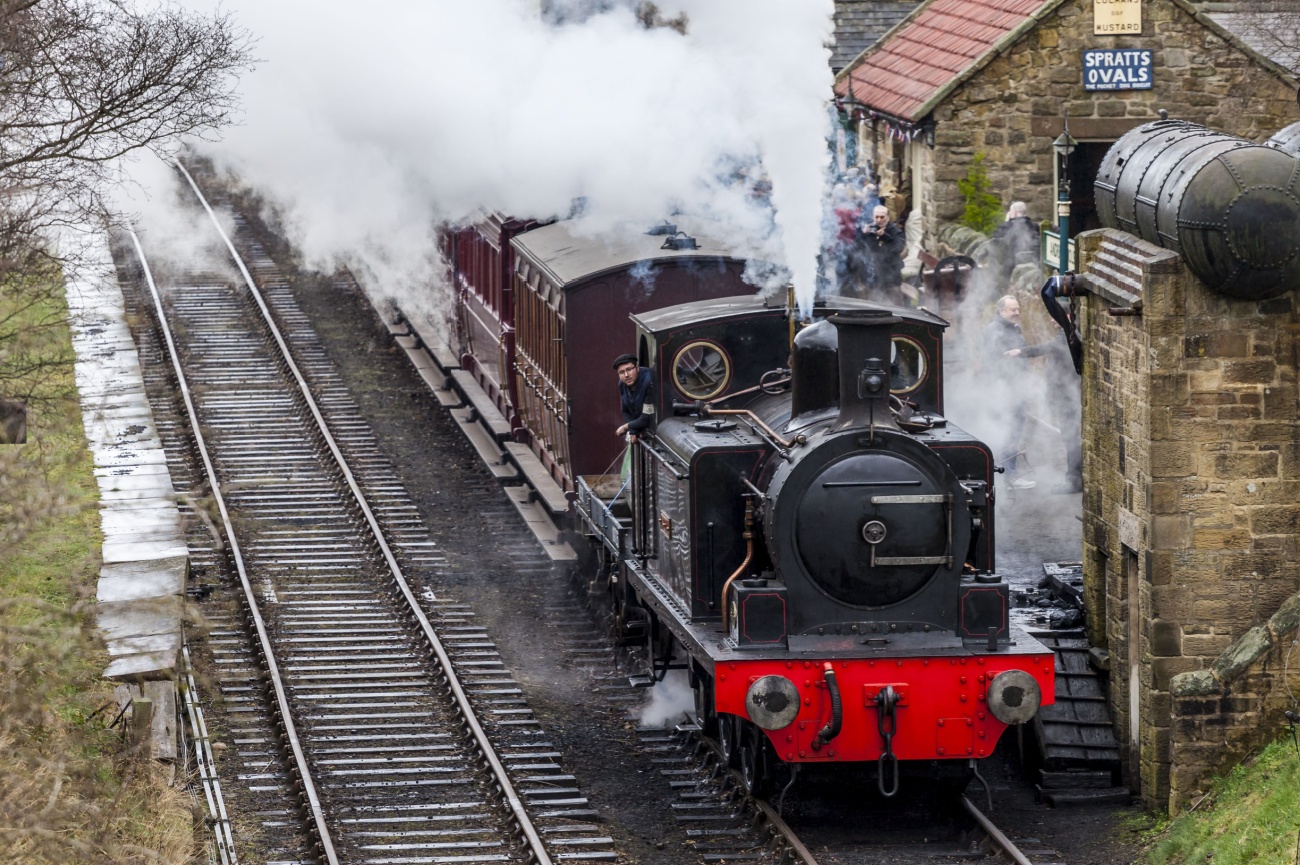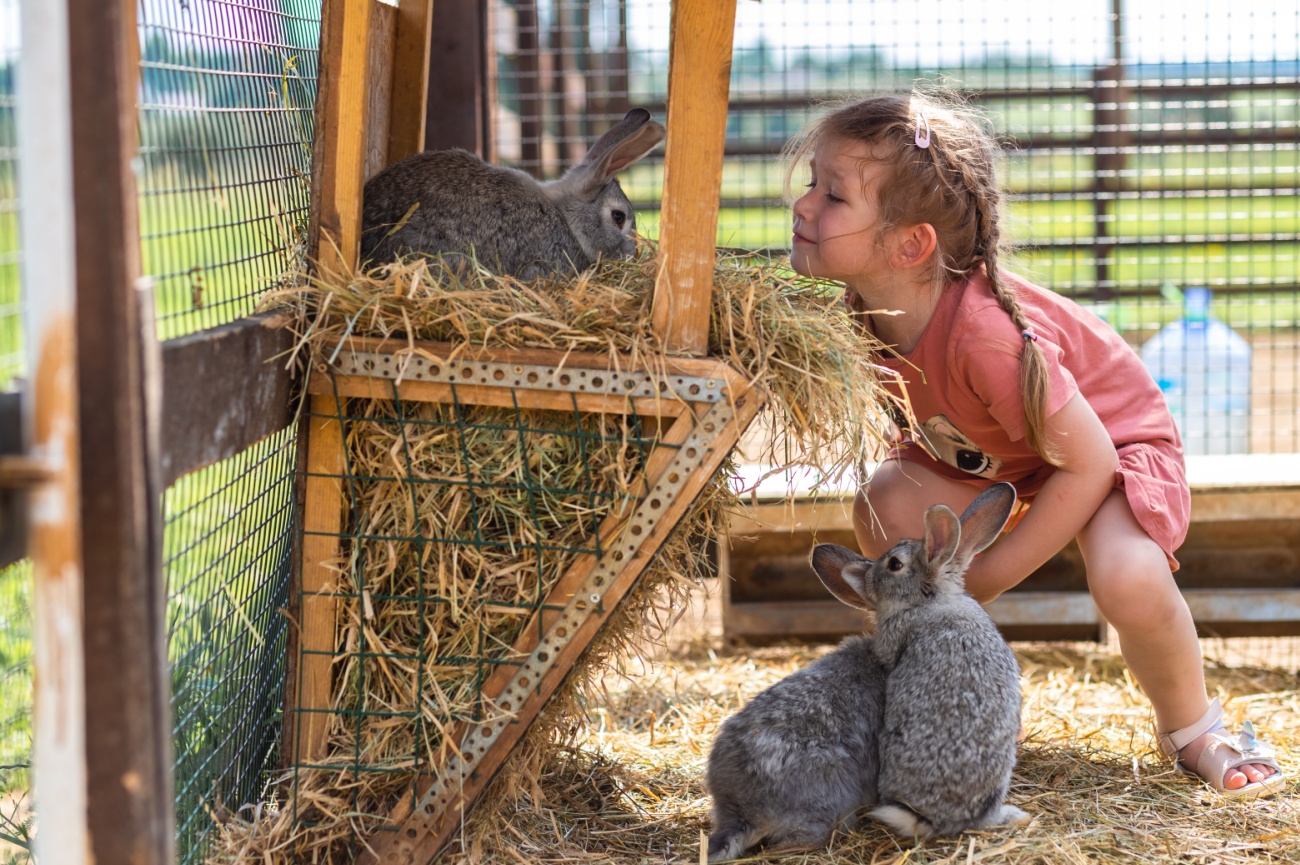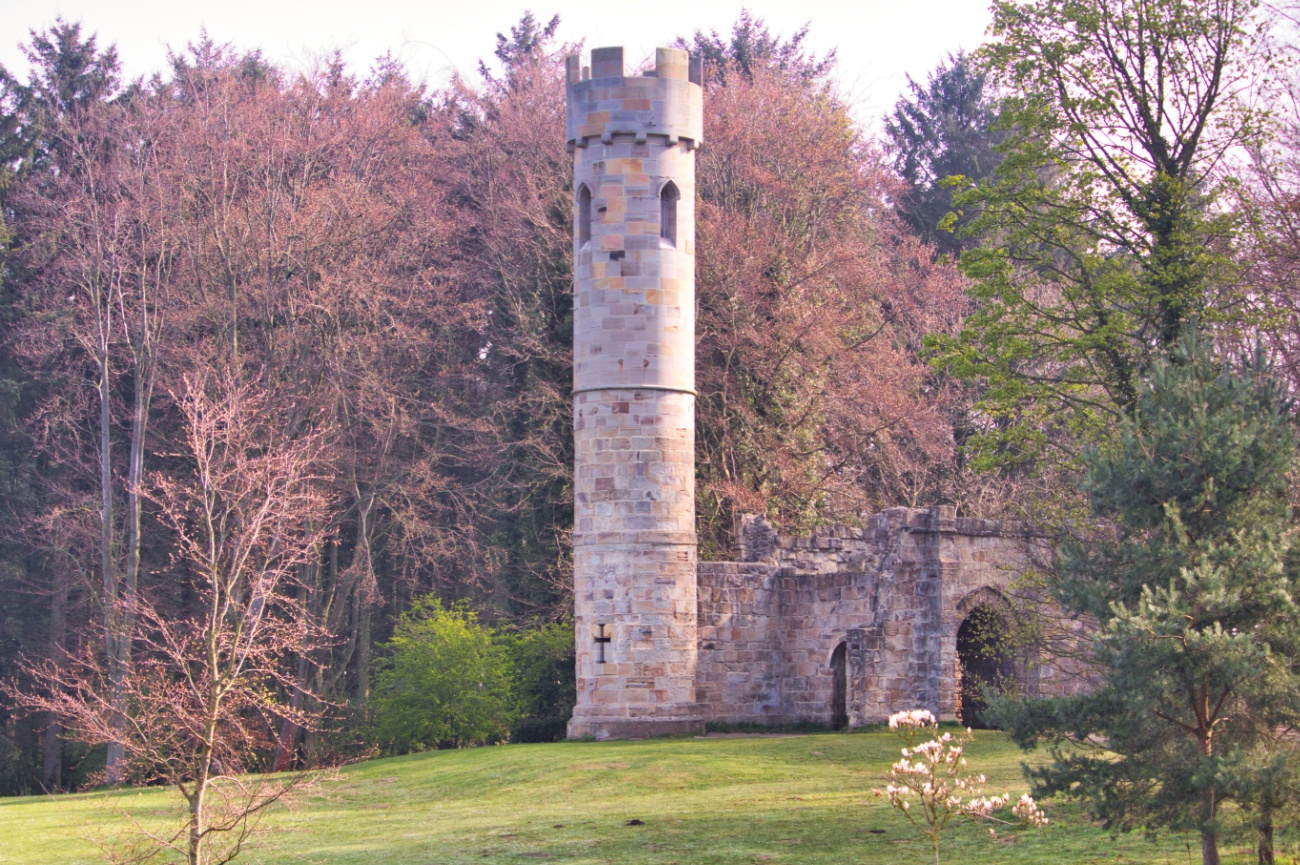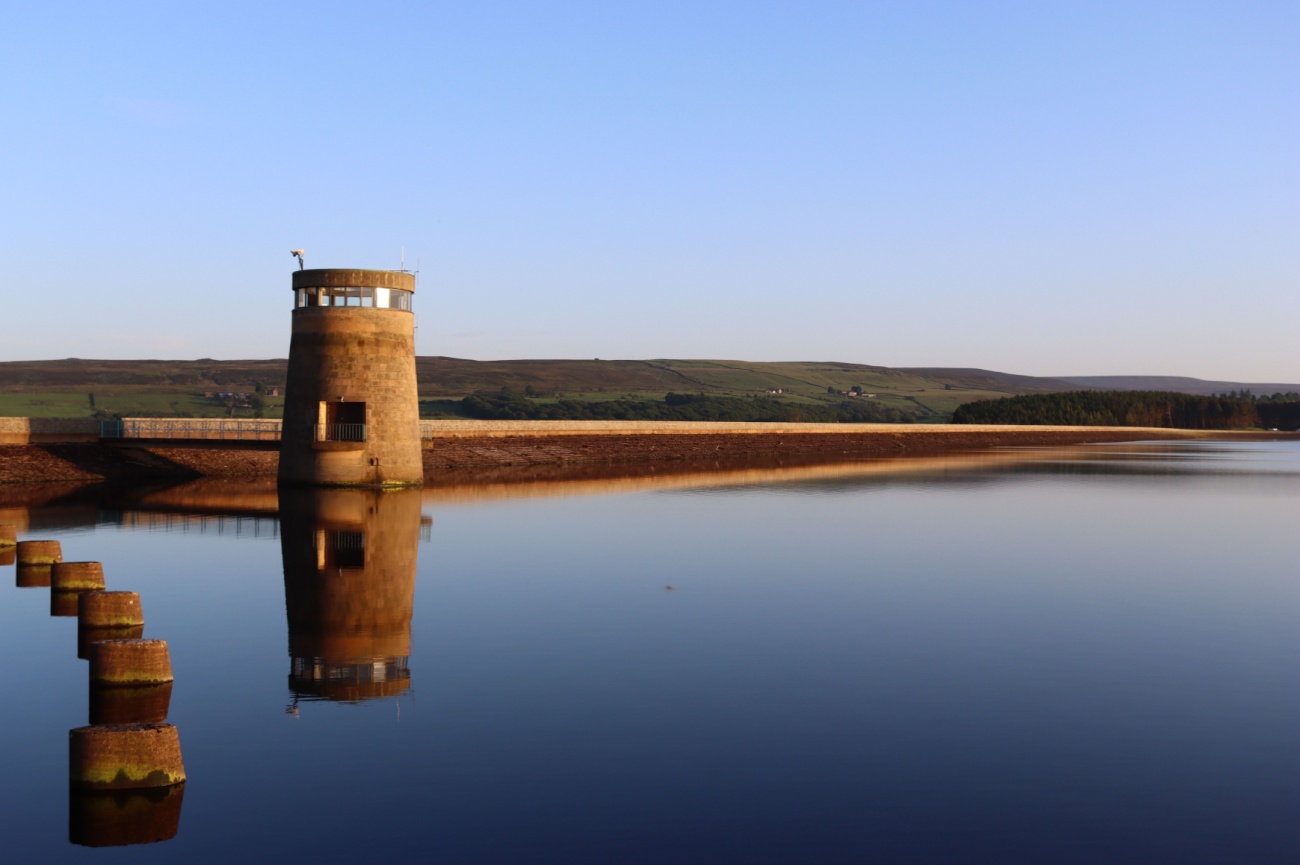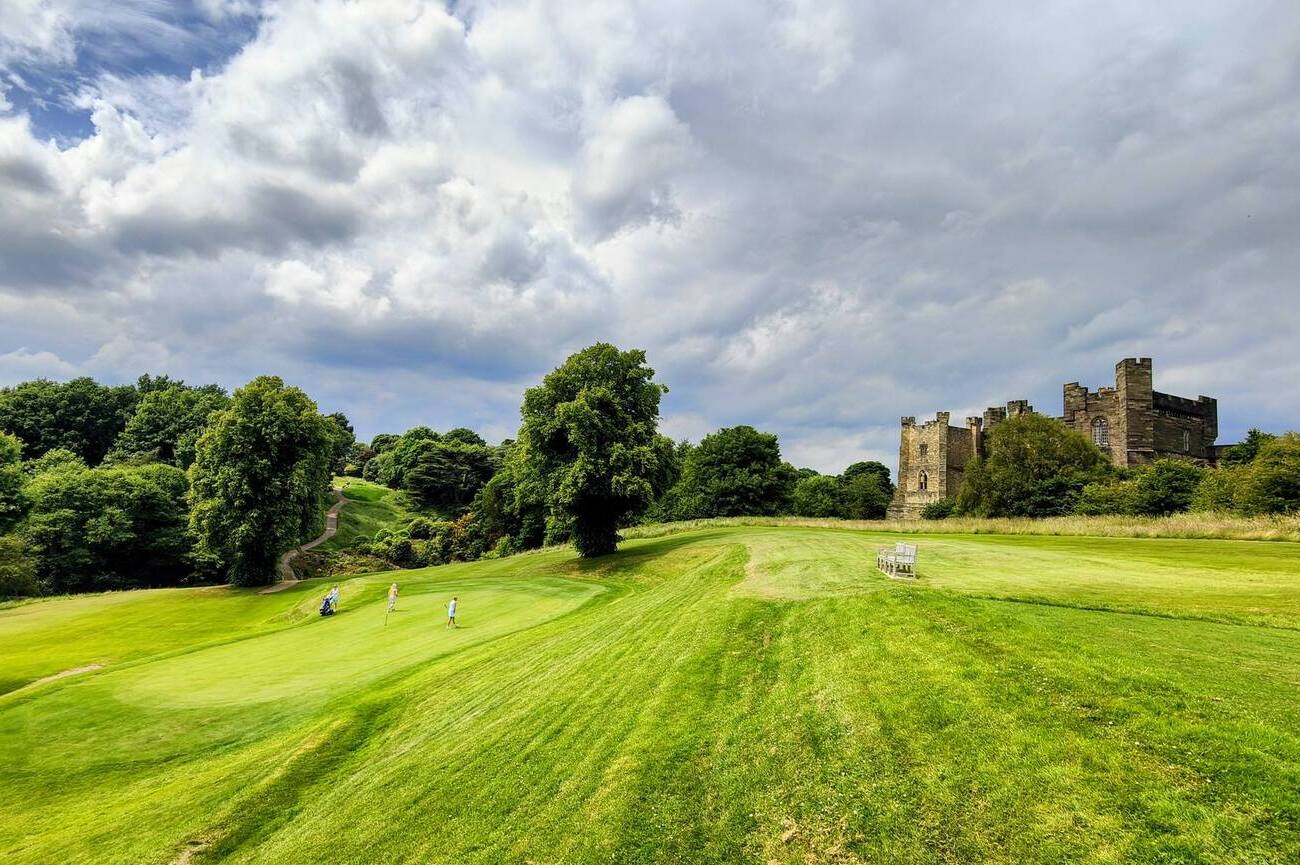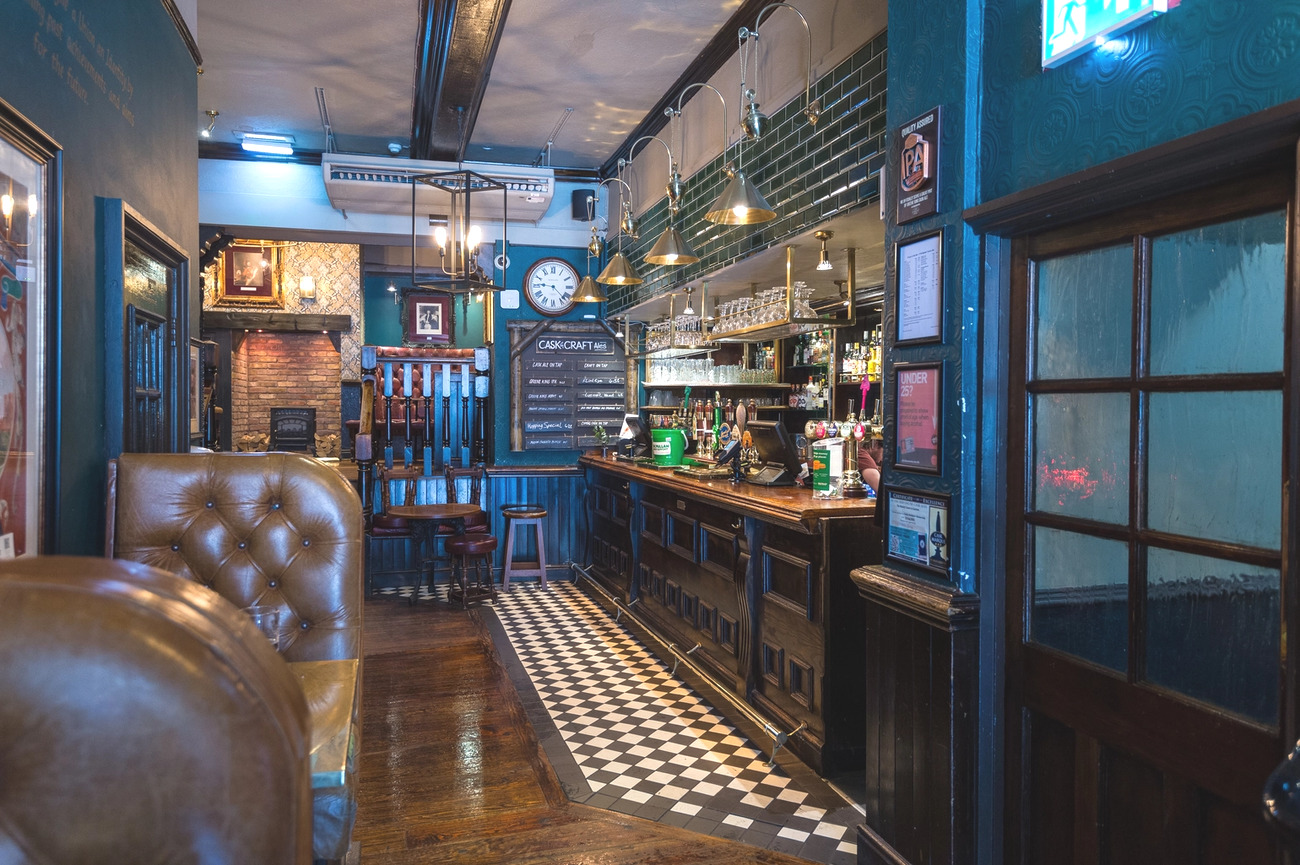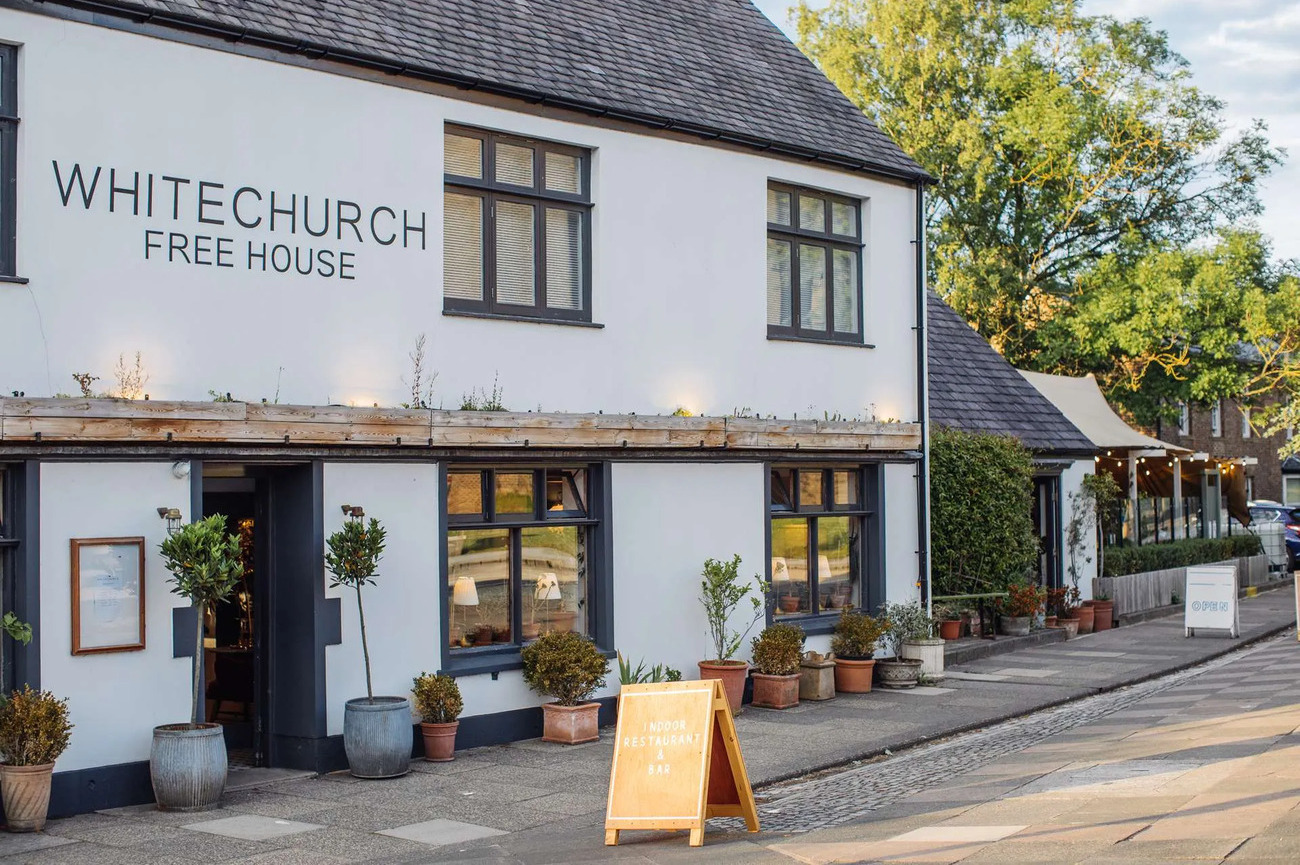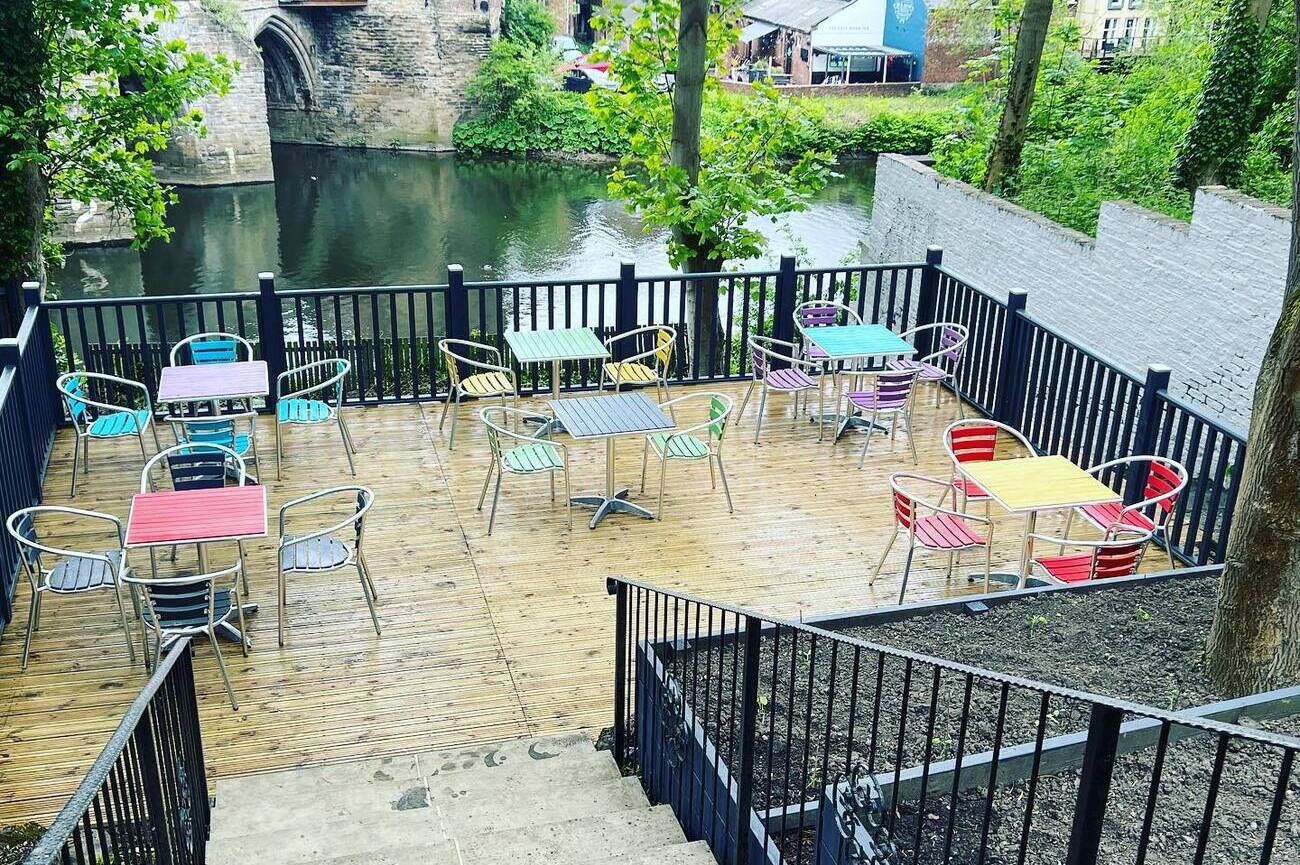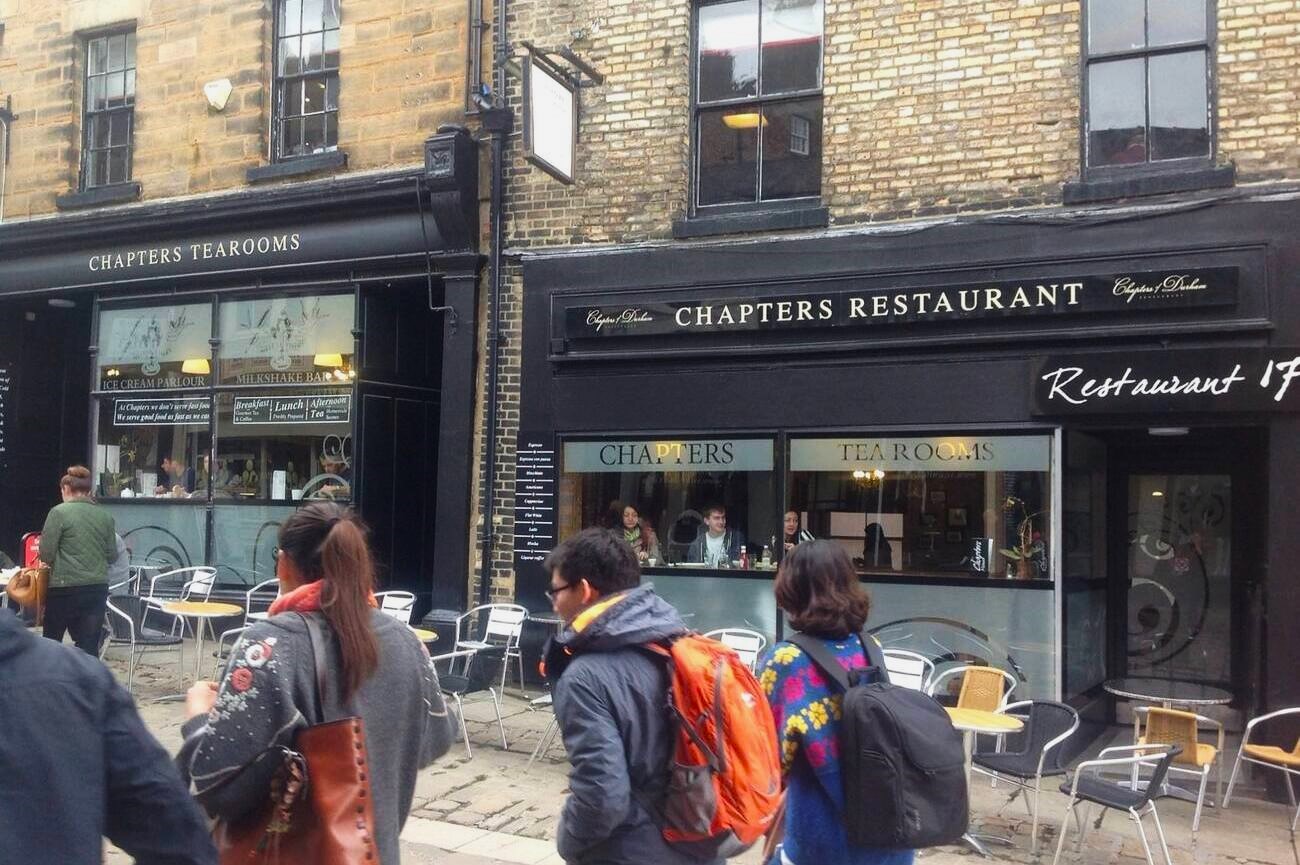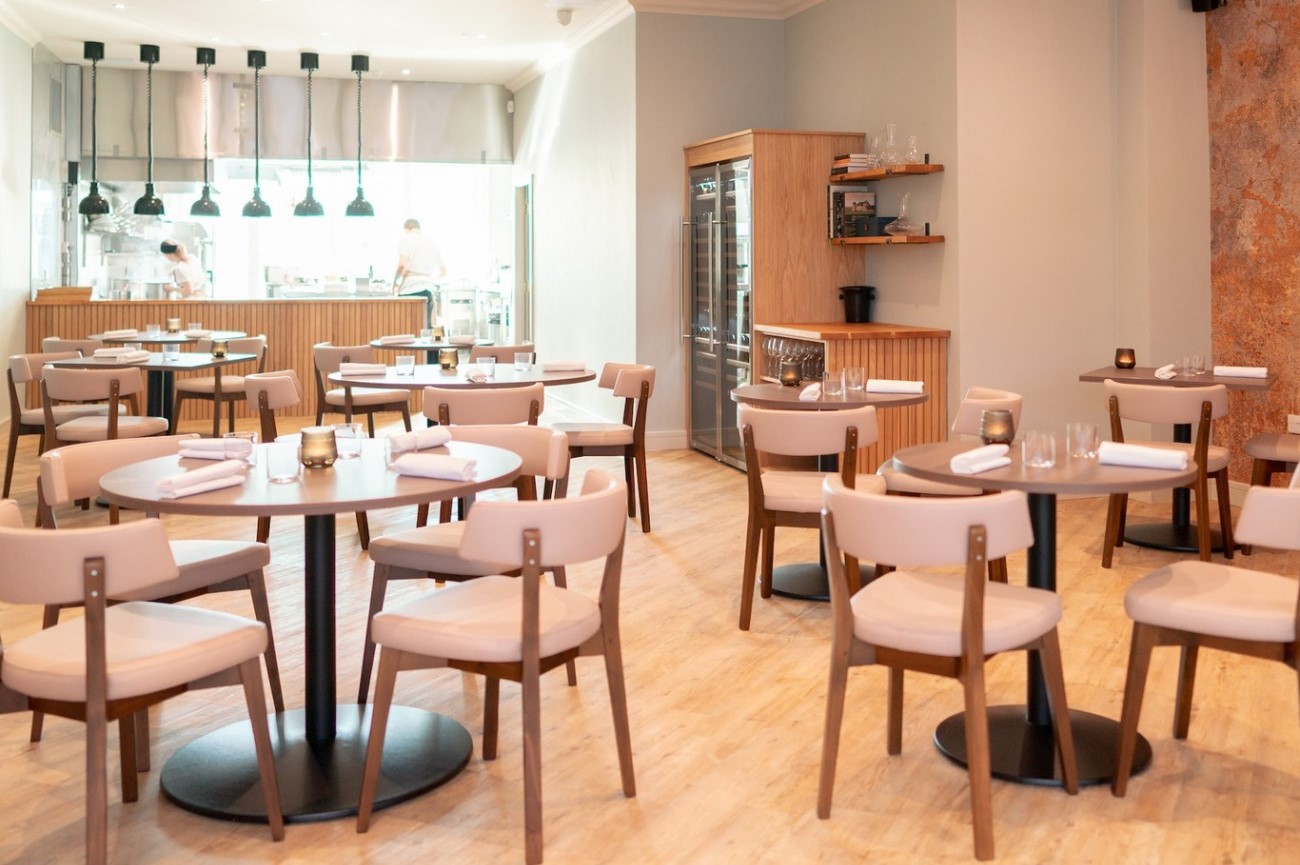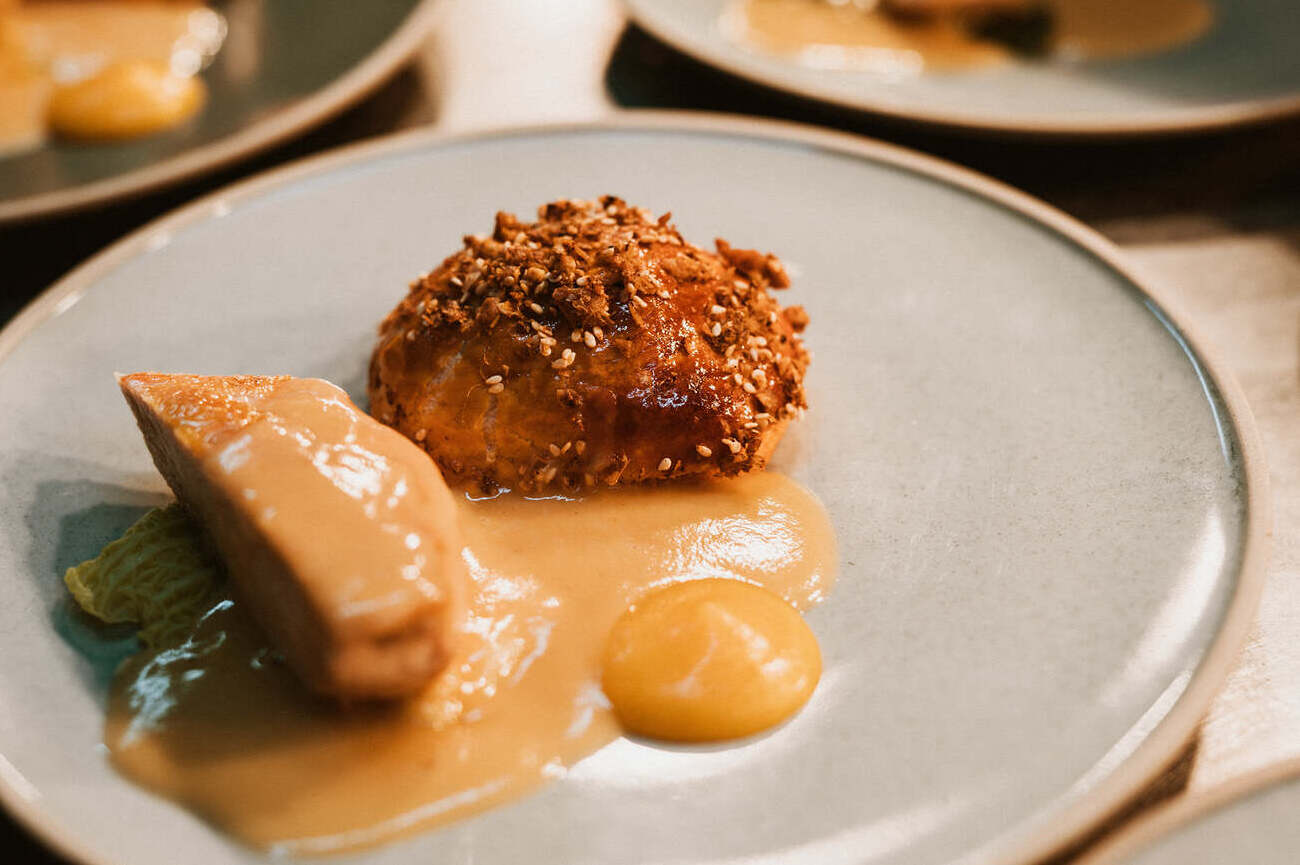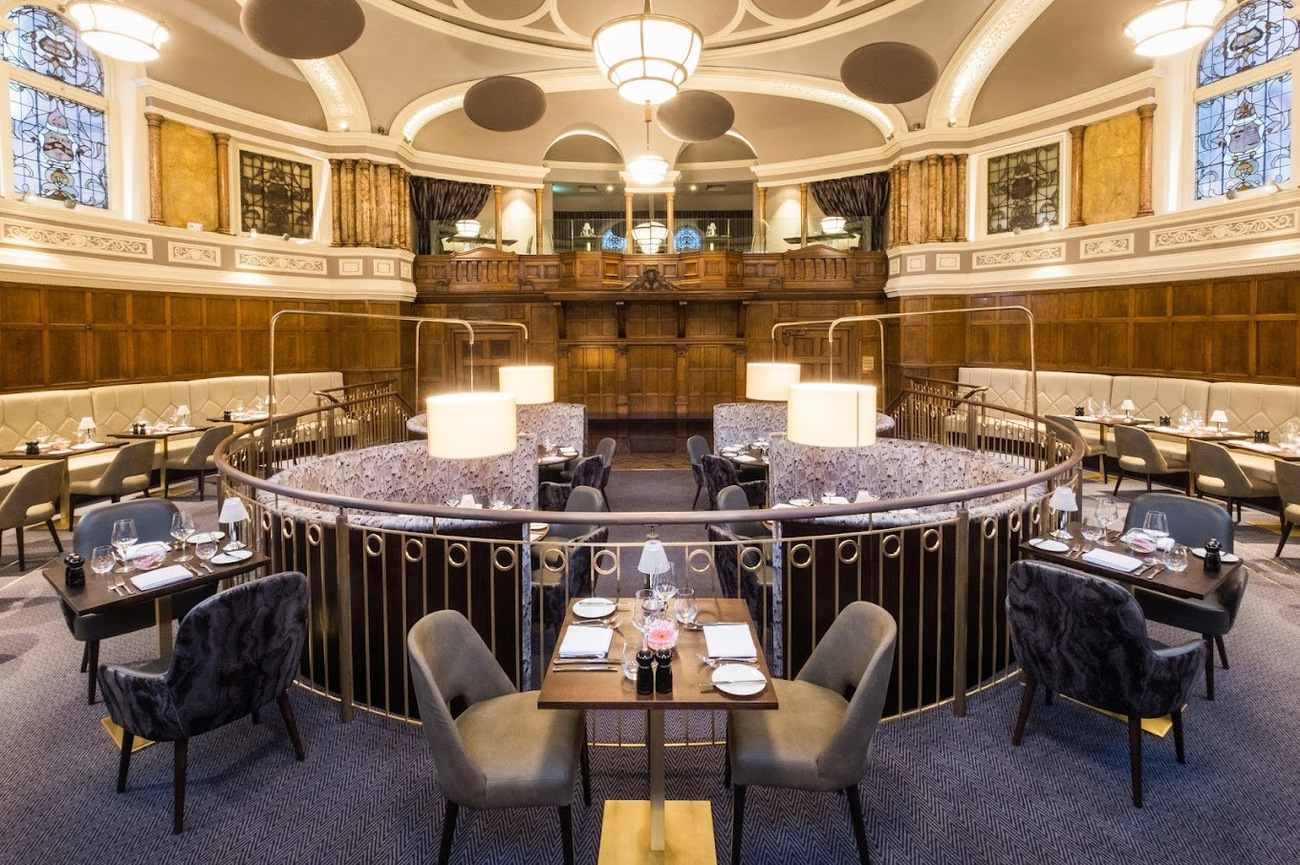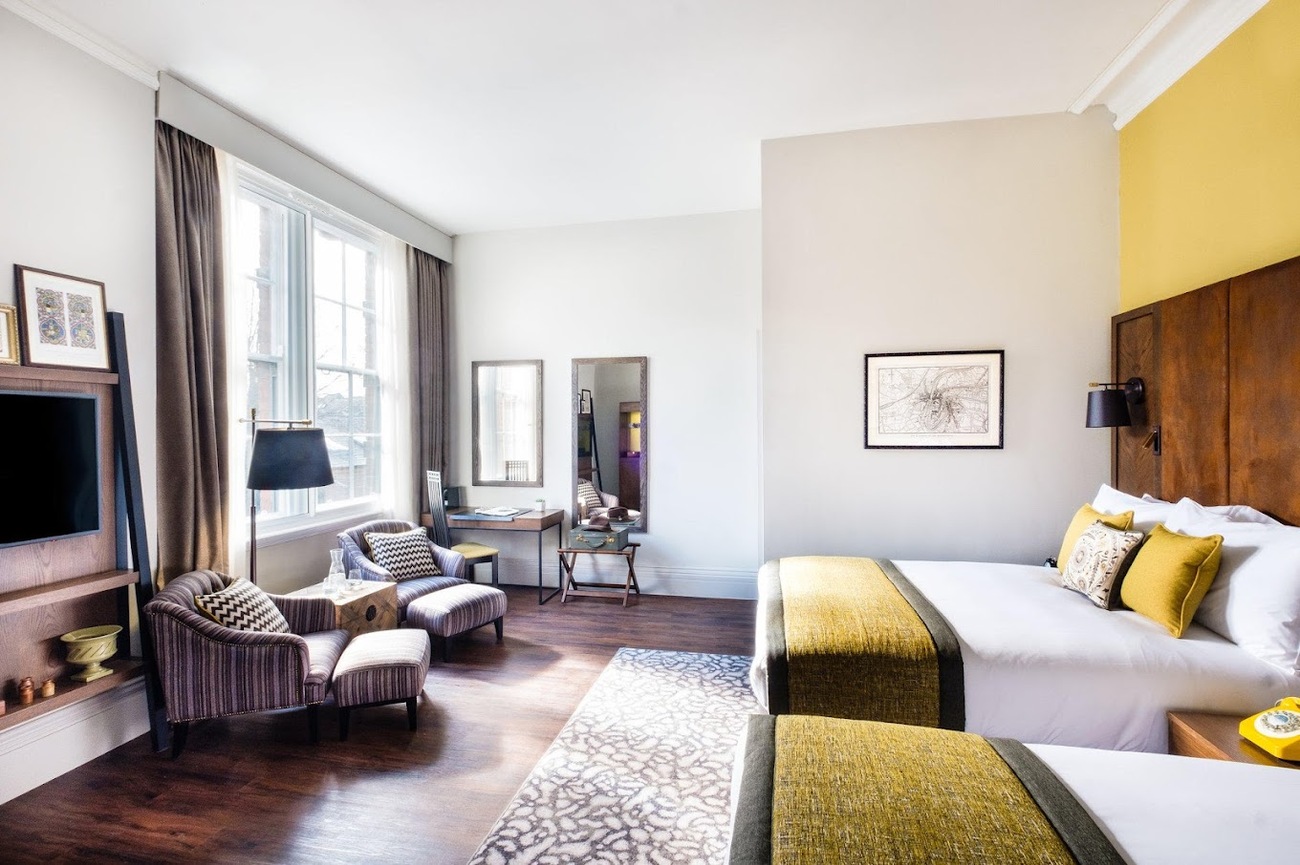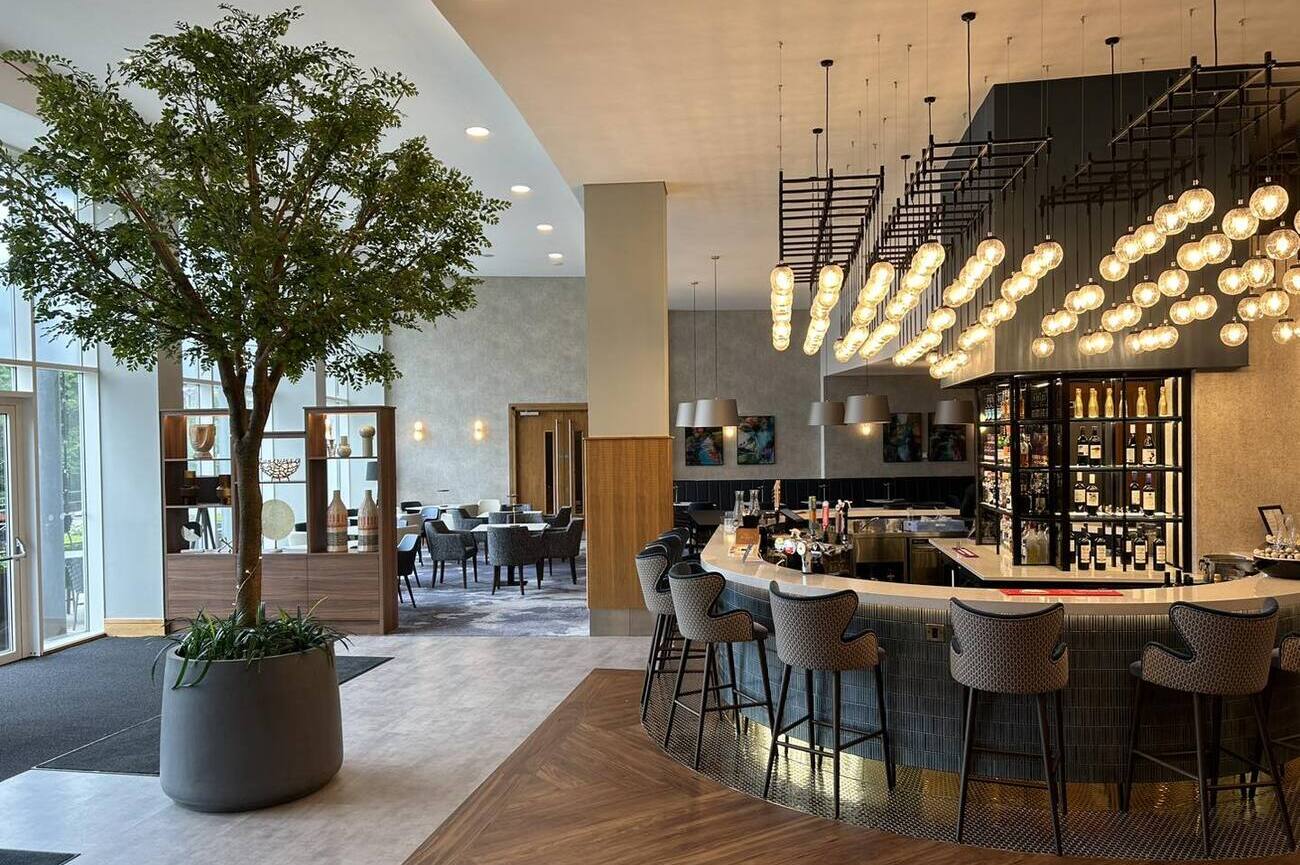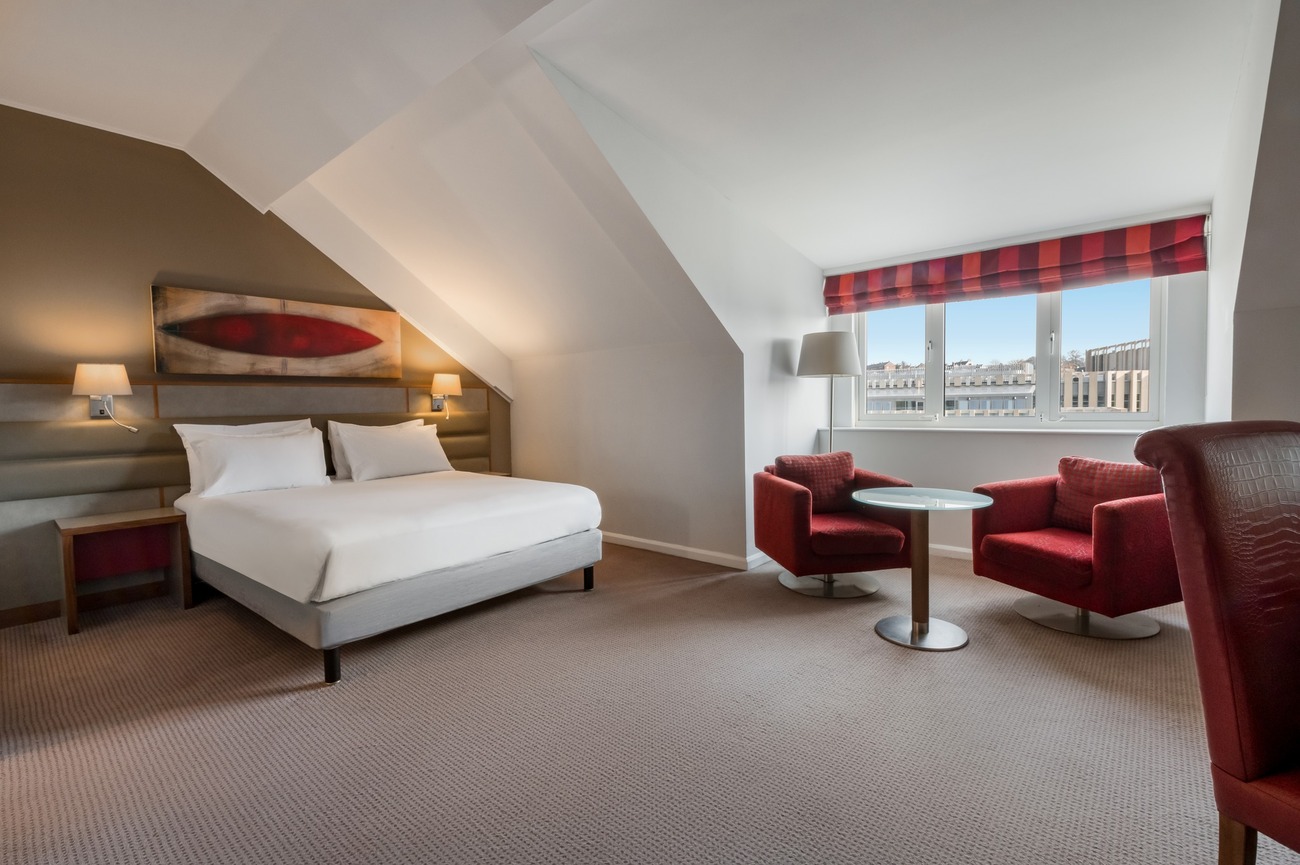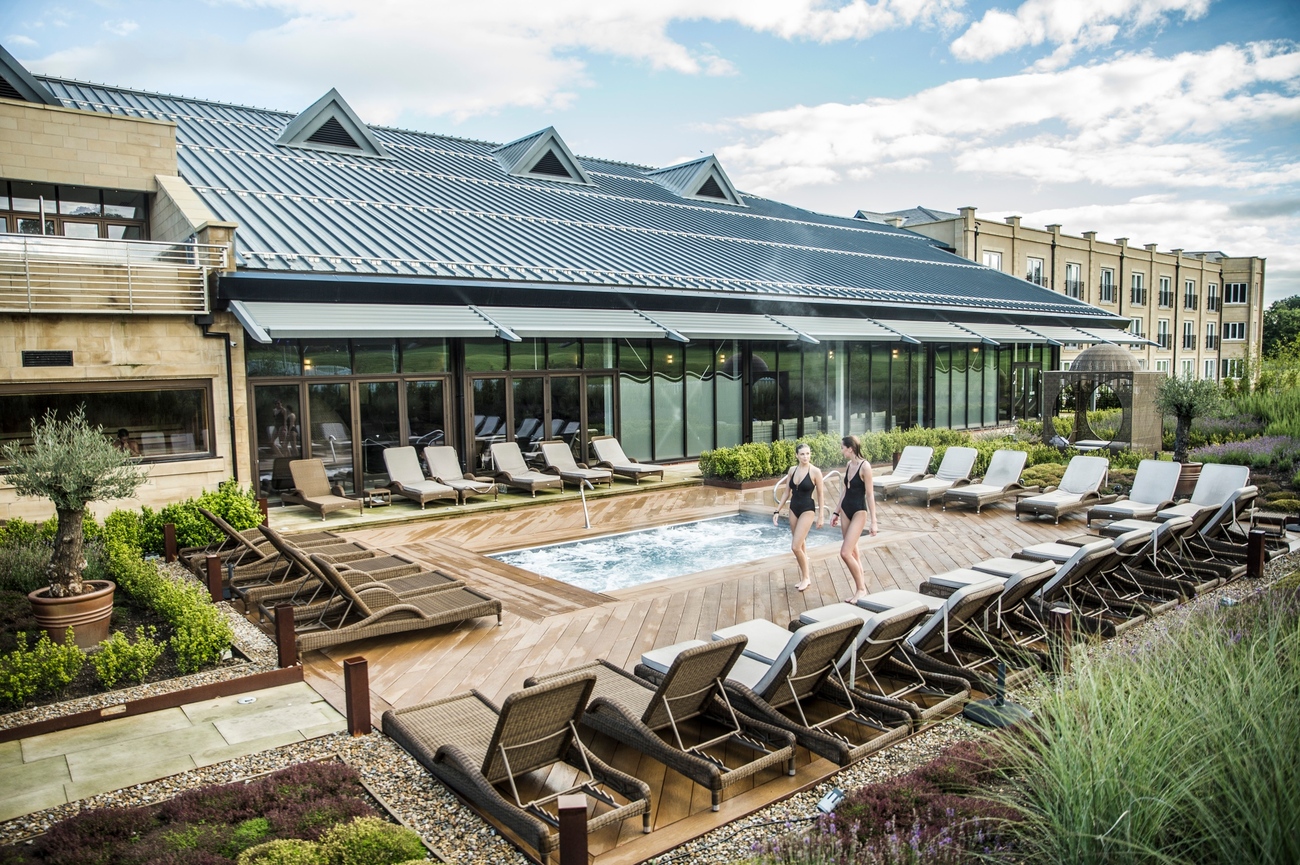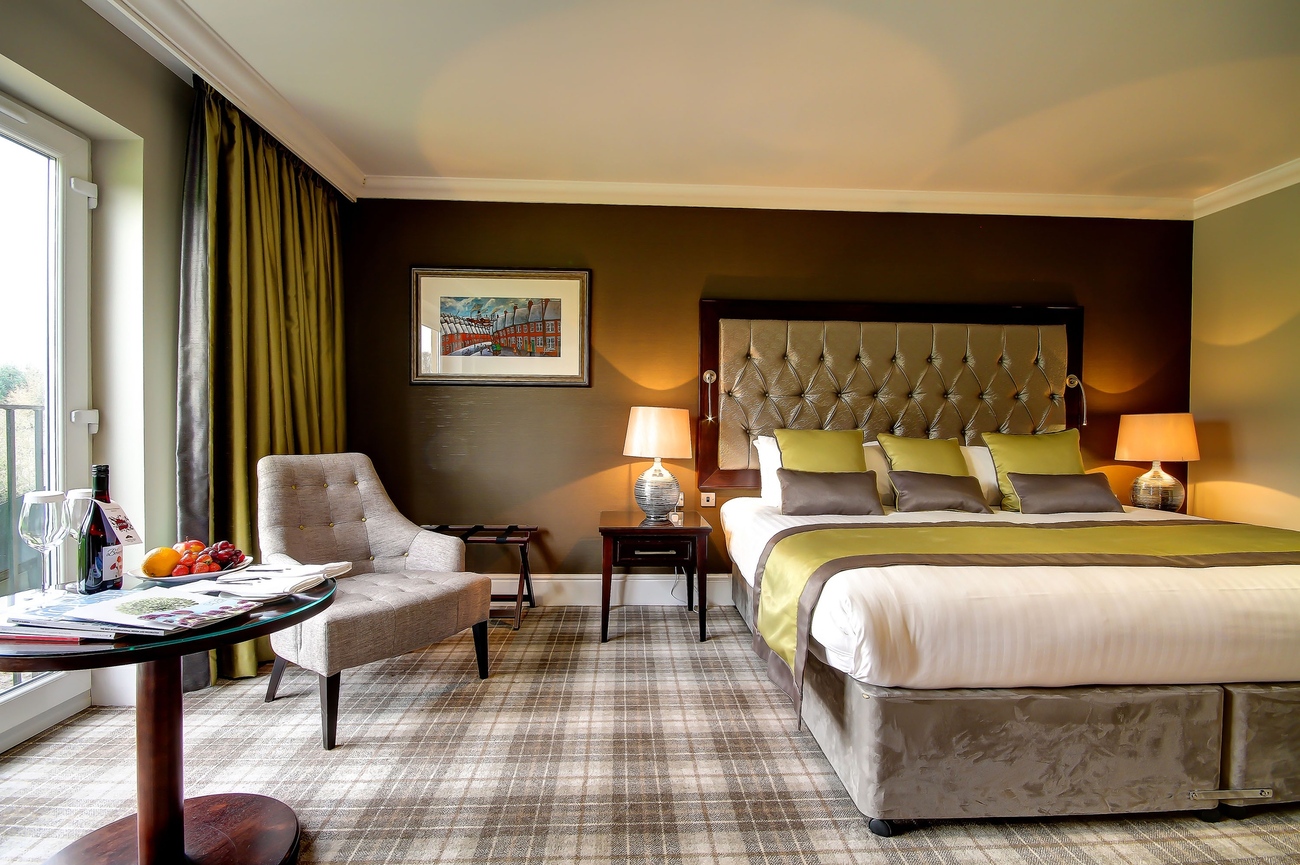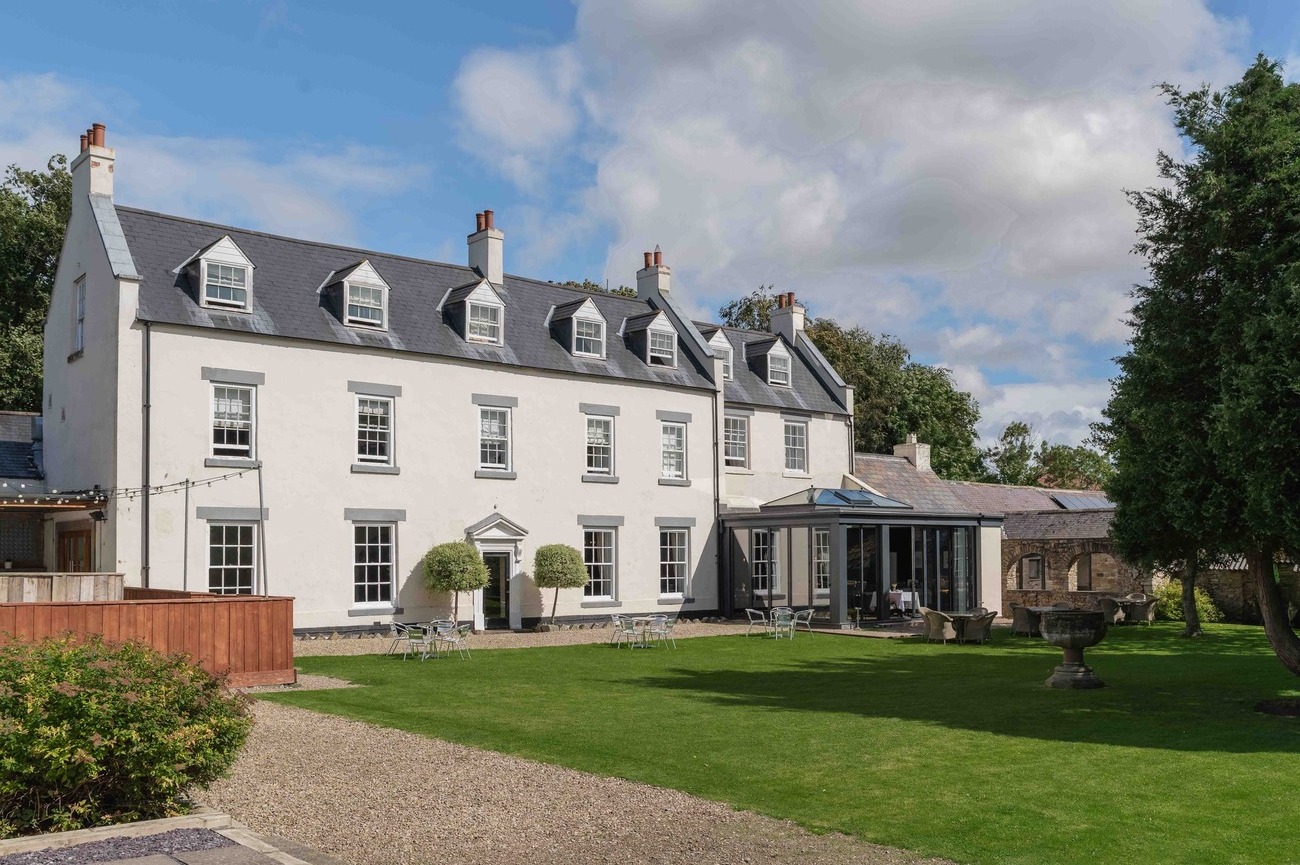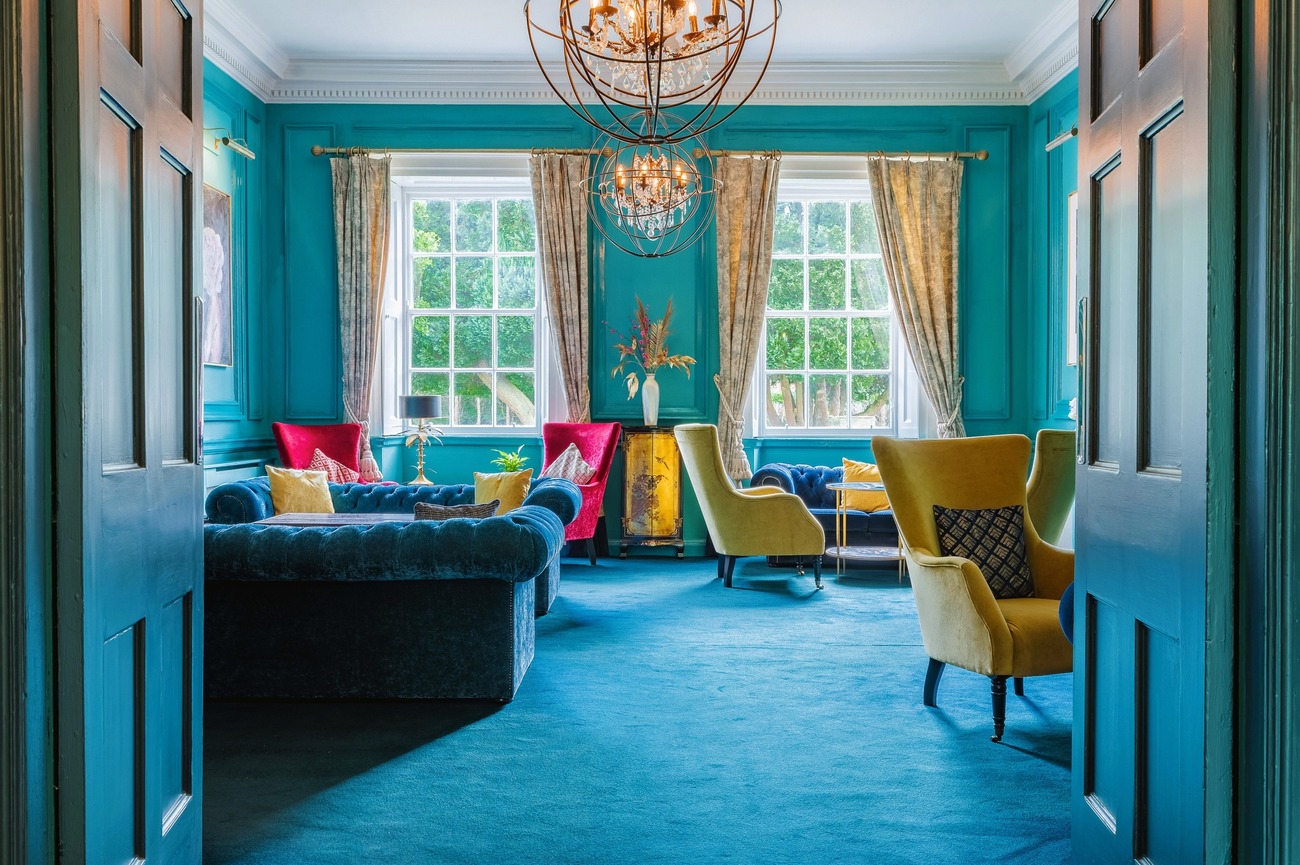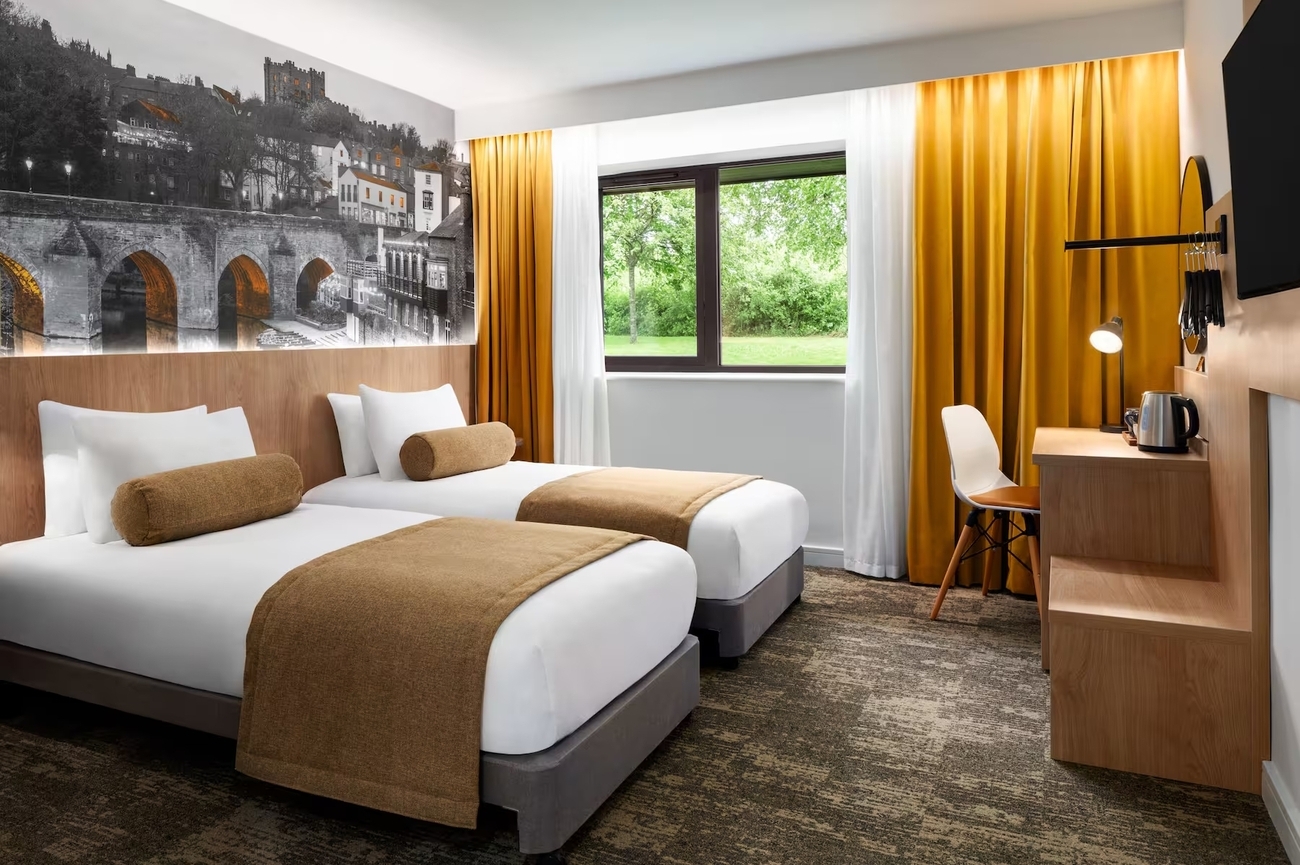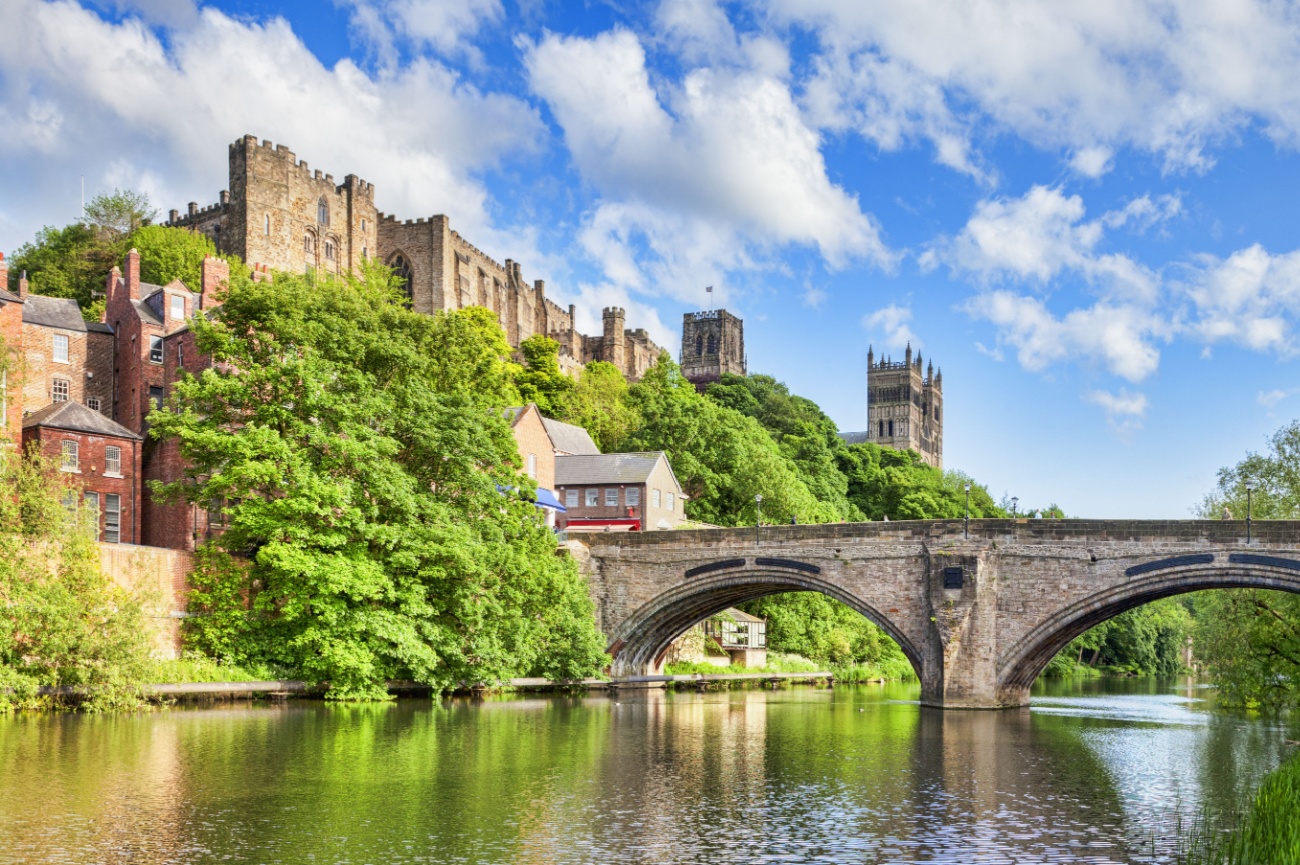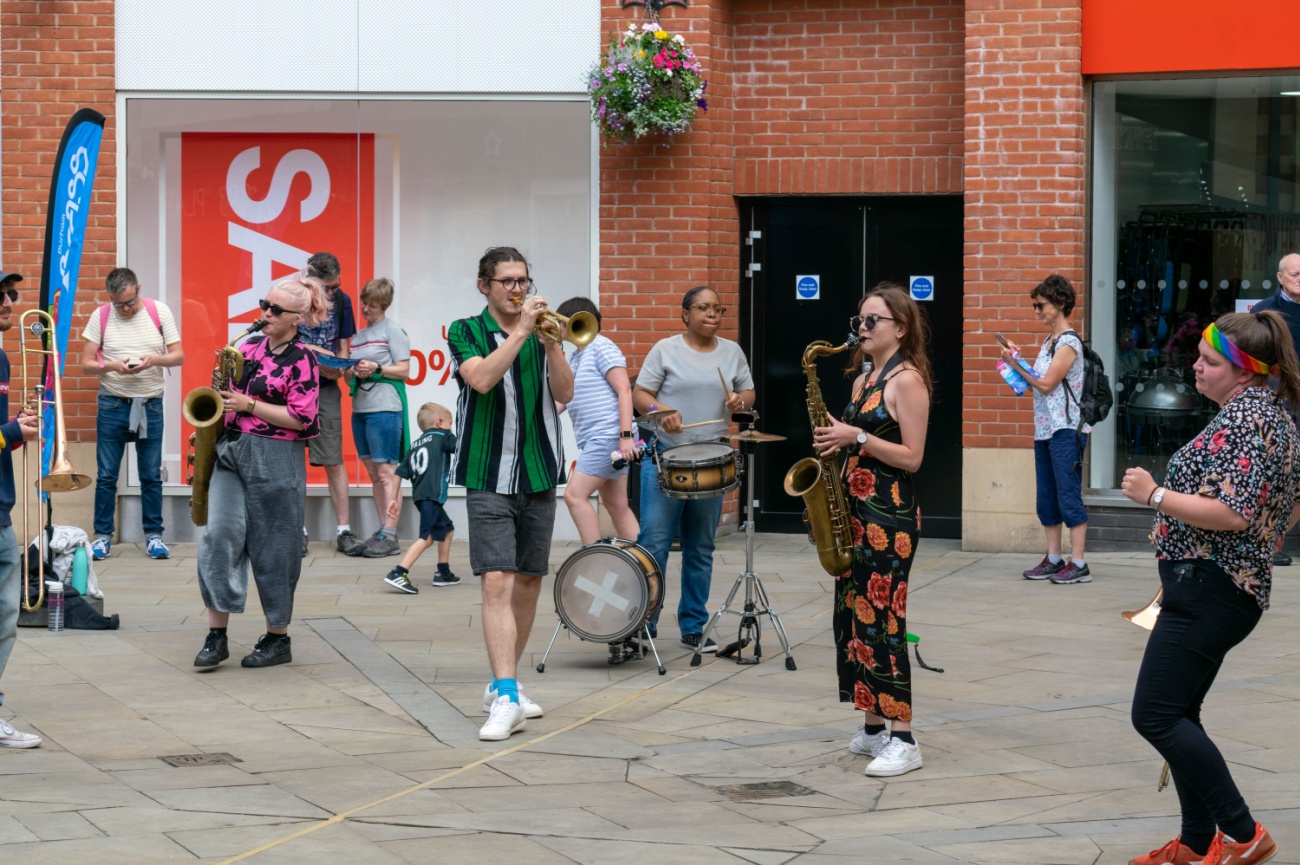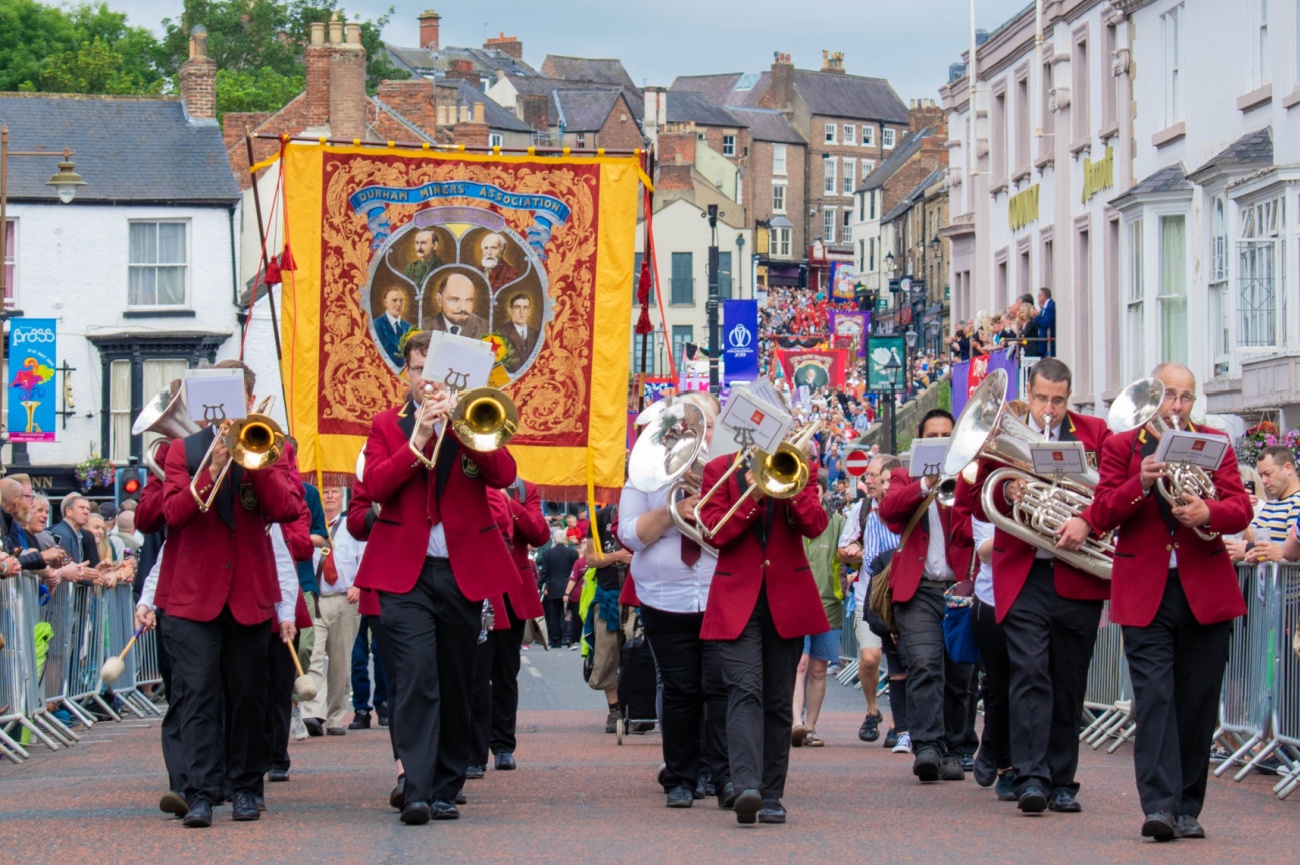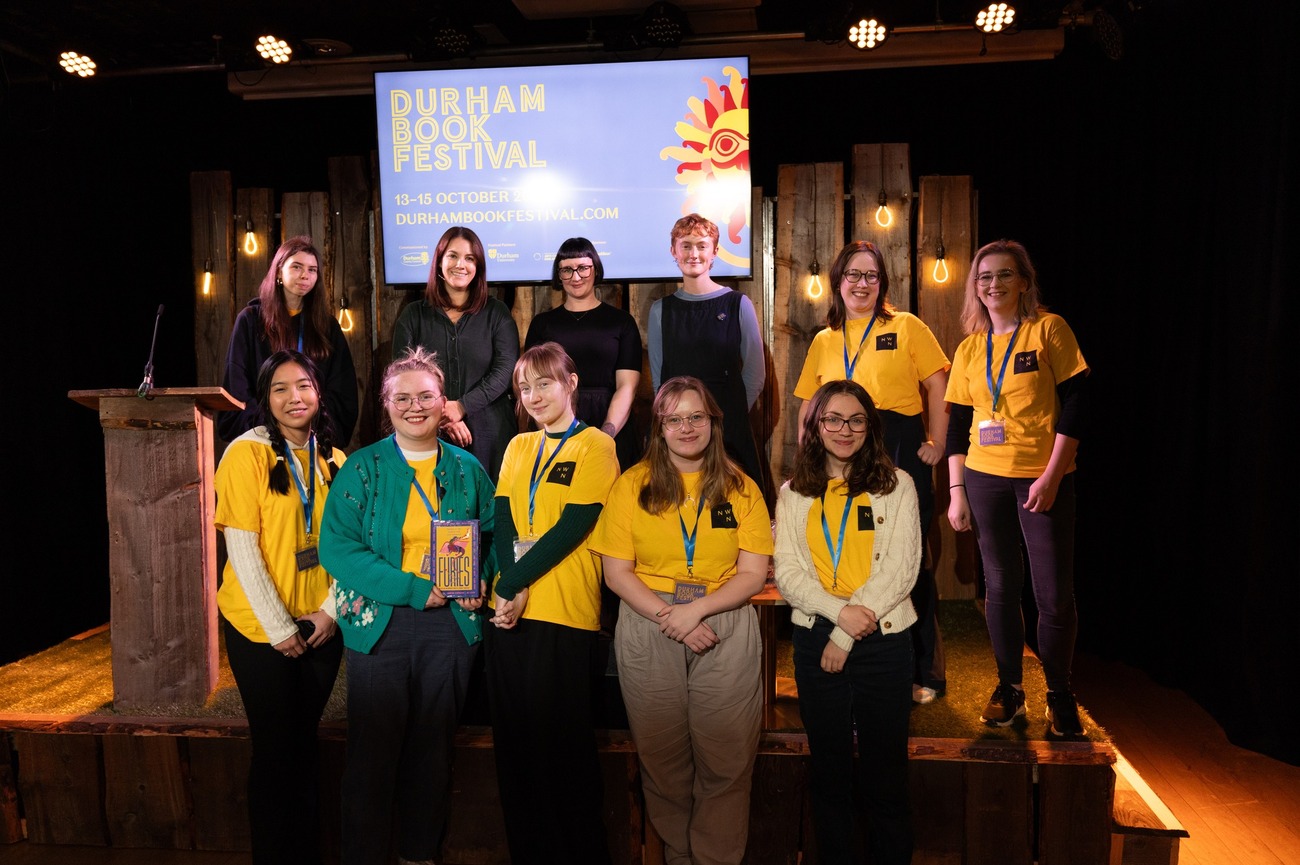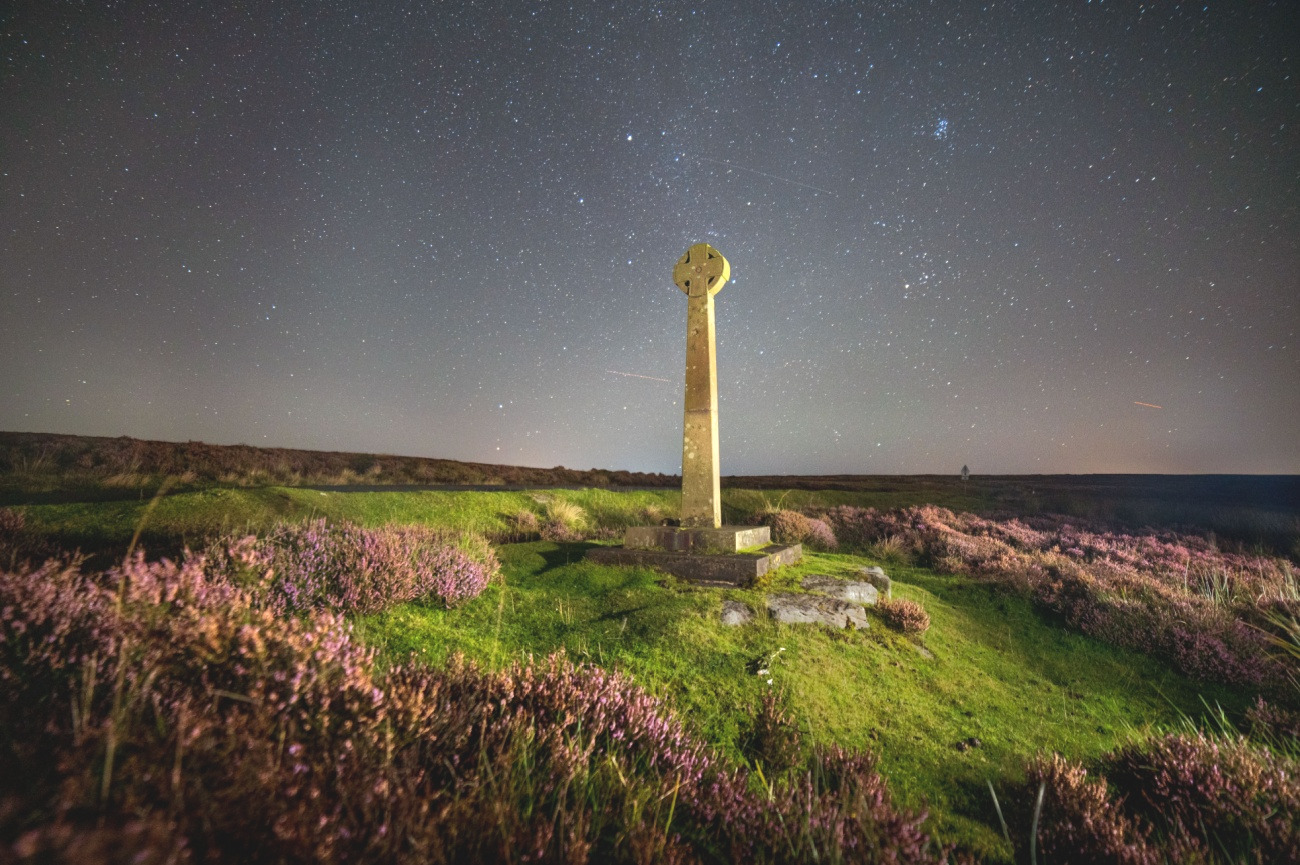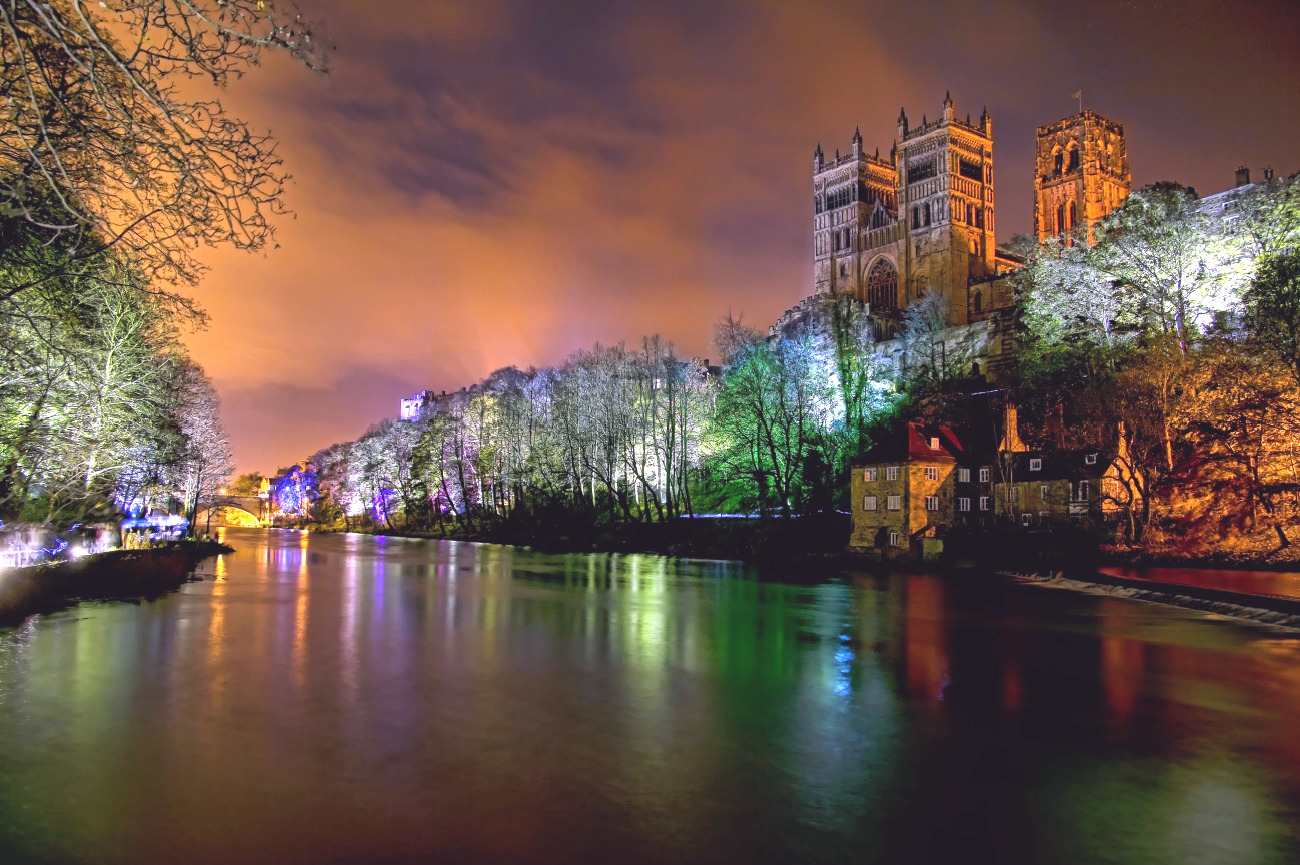Things to Do in Durham: 2-Day Itinerary
Durham is an enchanting city in the northwest of England. It has winding cobblestoned streets and a notable peninsula which is home to the stunning Durham Cathedral and Castle, both of which make up a UNESCO World Heritage Site, designated in 1986 for both historical significance and stunning architecture.
Apart from the Cathedral and Castle, there is plenty to see and do in the city including visiting museums, historic homes, and parks. The city is located on the beautiful River Wear, and you can take a Riverside Walk, a boat cruise, or go rowing. As the city has a university, the food and pub scene is great.
We have arranged a two-day itinerary for you which takes in the best of Durham but if you have more time, we have given you some ideas of other places to visit.
Day 1

Morning: Durham Cathedral
Your tour starts at Durham Cathedral, the most important attraction in the city and one of the most famous cathedrals in the UK. It was built in the late 11th century, so the architecture is Romanesque and early Gothic.
The cathedral is a pilgrimage site as the remains of St Cuthbert, patron saint of the north of England, are interred there. He lived in the 7th century and spread Christianity throughout the region. His shine is behind the High Altar and there is a museum dedicated to him underneath the cathedral.
Another highlight is Bede’s tomb in the Galilee Chapel. He is considered the father of English history and was a monk, author, and scholar who lived in the 7th and 8th centuries.
Other highlights include the stunning stained-glass windows and the highest bishop’s throne in the world, an inch higher than the Pope’s.
You can climb the Cathedral Tower, which was rebuilt in the 16th century after lightning strikes caused extensive damage. It isn’t easy, as there are 325 steps and a tight spiral staircase, but the views of Durham from the top are fantastic and worth the effort.
Museum of Archaeology
Just a minute’s walk away from the Cathedral is the Museum of Archaeology, which is in the Palace Green Library. It is a small museum with interesting artefacts dating from prehistoric times to the 19th century. The Prehistoric section contains more than 1,000 objects including tools used in the Palaeolithic age. The Roman section includes some impressive stone-carved altars, while the Medieval section contains artefacts from Durham Castle. There are more than 3,000 objects in the post-medieval section and there are also artefacts excavated at sites around the city such as 100 bottles from Claypath.
Palace Green Library
While you are in the Palace Green Library, take a look around the rest of it. It is home to 100,000 books and 100 Mediaeval manuscripts. It also hosts temporary exhibitions and organises children's activities on some weekends. Together with the cathedral and the castle, it is included in the UNESCO World Heritage Site.
Durham
Castle
The next stop is Durham Castle which is only a few minutes away. It was built in the 11th century as a motte and bailey castle, a fortification built on raised ground with a keep and walled courtyard. It was used as protection from the Scottish enemy of the time.
Eventually the castle became the residence of the bishop, but when this was moved to Auckland Castle in 1840, the castle was taken over by the university and is still used as accommodation for students. However, you can still visit the castle on a 50-minute guided tour. The tour takes you to one of the largest Medieval Great Halls in England, Bishop Bek’s Hall, as well as the Romanesque Norman Chapel built in 1048, and the Tunstall Chapel built in 1540. In Tunstall Chapel, you will see some out-of-place pictures of nursery rhymes in the choir.
Following your tour of the castle, you will probably be ready for lunch so head to nearby Saddlers Street where there are many restaurants, including Modern European, Italian, and burgers.
Day 1, Morning - Durham Tour Map
Afternoon: Durham
Market Place
Durham Market Place has been the centre of life in Durham since the 11th century.. There are some interesting buildings and statues here to admire including the Town Hall which was originally built in Mediaeval times but has been renovated since. St Nicholas Church was built in the 19th century and has a beautiful spire towering over the square.
If you are here on a Saturday, there is a market in the square selling fresh food and crafts. If you enjoy street food, you will be in luck as there are plenty of food stalls.
Equestrian Statue of Charles William Vane Stuart
This is one of the statues in Market Square and portrays the 3rd Marquis of Londonderry. He had an interesting military career in the 19th century and the statue, which was sculpted in 1881 by Raphael Monti, depicts him in military uniform. He is credited with creating Seaham Harbour, just 23 km away.
The Statue of Neptune
The Statue of Neptune is the oldest statue in Market Place, having been sculpted in 1729. It is made from stone and then covered in lead. At that time, there were plans to improve the River Wear’s navigational route and the Statue of Neptune was constructed to celebrate this.
The statue was moved to Wharton Park in 1923, but it was returned to the Market Place in 1999 by popular demand.
The Durham Light Infantry Soldier
The bronze statue of an infantry bugler announcing the ceasefire in Korea in 1953, was unveiled in 2014. This was the last battle the Durham infantry fought in, and the statue commemorates this brigade which fielded the most British soldiers from a regiment in WWI. It lost around 12.000 soldiers during this war.
While you are in Market Place, look out for hidden sculptures of creatures hanging from lamp posts and in hanging baskets.
Riverside Walk
The last thing to do on your first day in Durham is to take the Riverside Walk by the River Wear. It is a circular path and is 4.82 km long. You can do all of it or just part, depending on how fit you are and how much time you have.
You will have great views on your walk including of the cathedral and the castle. You will also feel as if you are in the country as the foliage is thick and there are plenty of trees along the path.
If you need refreshments during your walk, there are plenty of places to stop, including the Half Moon Inn, a Grade 1 listed Tudor pub, and the cathedral’s undercroft which has a cafe.
When you get to the east of the city, there is a striking promontory at Maiden Castle which is an Iron Age fort.
Day 1, Afternoon - Durham Tour Map
Day 2

Morning: Botanic
Garden
Start your second day at the Botanic Garden which is part of Durham University and is in the south of the city. It covers 25 acres and has woodlands, a wildflower meadow, several gardens, such as the Alpine Garden and the Bamboo Garden, an arboretum, and glasshouses for tropical and desert plants and trees. In the tropical glass house, as well as flora, you will find tarantulas, stick insects, and butterflies
On many weekends, there are things arranged for children, such as a circus workshop, a teddy bear picnic, or face painting. In the spring, children will enjoy seeing the Manx Longhorn sheep grazing in the parkland.
Oriental Museum
An 11-minute walk takes you to the Oriental Museum which has more than 36,000 artefacts from Egypt, China, Japan, India, and Korea. The museum was set up in 1860 and is the only museum in the north of England with exclusively Asian and African artefacts.
The museum has four floors and highlights include weapons, metalwork, armour, and ceramics from Japan and beautiful porcelain and jade from China. There are bronze mirrors from Korea and jade from India, plus a fantastic Egyptian collection from 3,500 years ago. The great thing is that it’s free to go to this museum.
What Lies Beneath Us
A walk of 12 minutes will take you to this sculpture, showcasing the UK’s geology. It is a mosaic made up of rocks, minerals, and fossils up to 360 million years old taken from each area they represent. It is large at 10 metres by 6 metres.
Durham Museum and Heritage Centre
A nine-minute walk takes you to Durham Museum and Heritage Centre where you can discover the city’s history. You will find out about the power of the Medieval Prince Bishops and how the mining industry operated and ended.
The museum used to be the parish church of North Bailey, and you should take a look around the churchyard. There are sculptures of St Cuthbert and Gaia, a Greek goddess.
You will possibly be hungry by now and there are eateries in the area including Asian and Mexican restaurants, as well as a Marco Pierre White Steakhouse.
Day 2, Morning - Durham Tour Map
Afternoon: Wharton
Park
After lunch, head to Wharton Park which is a 20-minute walk. If you don’t feel like walking, bus lines 21 and 22 stop near both locations and take about 15 minutes. It is quite a steep climb to the park so you may well want to take the bus. You will get great views from the park because of its elevated position.
The park was founded by William Lloyd Wharton, a coal magnate who had mock battlements built as viewing platforms. There is an amphitheatre where people have picnics and a playground, an outdoor gym, a putting green, and a cafe. In the spring and summer, during school holidays and at weekends, kids can have fun driving miniature electric cars.
Crook Hall and Gardens
A 13-minute walk from Wharton Park is Crook Hall and Gardens, a National Trust property. It is possible to tour the house which is a lovely mixture of styles. The oldest parts date to the 14th century but there were also Jacobean and Georgian extensions. You can visit the hall, the Minstrel’s Gallery, the attic room, the Georgian drawing room, and a Jacobean room.
The gardens are beautiful. There are different gardens, all interlinking, as well as a maze, a secret walled garden, a moat pool, and an orchard. Relax in the cafe with a light bite or a drink.
Day 2, Afternoon - Durham Tour Map
Other Things to Do in Durham
- Fowler’s Yard: Fowler’s Yard is a cobbled street next to the River Wear which is being developed as an arts space. The City Theatre is here, but the highlights are the six creative workspaces in the warehouses and old stables. On offer are handmade clothes, jewellery, printmaking, embroidery, drawings, and 3D CAD services. If you are lucky, you may see the artists at work. After browsing and possibly purchasing, head to Leonard’s Coffee House for a coffee or a bite to eat.
- The Tin of Sardines: The Tin of Sardines is Durham’s smallest drinking venue. It is at the edge of the 12th-century Elvet Bridge and specialises in gin with plenty of unusual gins on offer. There are outside tables when the weather is good, but inside is more entertaining. Everybody is close to each other drinking gin from balloon glasses and the bottles are on shelves right up to the ceiling, so the barman has to climb a ladder to get to them.
- Durham Indoor Market: The indoor market is open from Monday to Saturday and has been operating since 1862. There are 50 stalls, mainly selling local products. You will find butchers, fishmongers, bakers, confectioners, a haberdashery, and jewellers, among others. If you feel a little peckish, there is a stall selling freshly baked pizza.
- Old Durham Gardens: The Old Durham Gardens are on the eastern side of the Riverside Walk on a south-facing terrace. These gardens were once attached to a 17th-century manor house, but it was demolished in the 19th century. The gardens are still worth a visit as they were revitalised in the early 20th century and they look as they did in years gone by with structured planting, and an orchard with plum trees.
- Palace Green: Relax on Palace Green on a warm summer's day and enjoy the buildings surrounding it, including the cathedral, the Cosin’s Almshouses, Cosin’s Hall, Palace Green Library, and Abbey House. There is a cafe on the east frontage of the garden.
- Blackhall Rocks: Blackhall Rocks are magnesian limestone cliffs and caves in a nature reserve on the Durham coast. It is thought that they were created 250 million years ago. They often appear in tales of smuggling along this area of coastline. Come and see them and have a picnic in the nature reserve.
- Great High Wood: Great High Wood covers just over 28 hectares and is a beautiful place to take a stroll. There are ancient oak and beech trees and a field of bluebells in the spring. It is a bird watcher’s paradise so take your binoculars. As it is high up you will have spectacular views of the countryside.
- Durham Viaduct: Durham Viaduct is a railway bridge which carries the East Coast Main Line Railway across the River Wear. It was built between 1857 and 1858 and has 10 arches, each 18 metres wide and 26 metres high. It is 230 metres long and is adorned with carved stonework and cast-iron parapets. You can walk across the viaduct, and you will be rewarded with stunning views of the castle and cathedral.
- Ushaw Historic House, Chapels, And Gardens: The house is an eclectic mix of Gothic Revival, Georgian, and Victorian architecture. You will be able to see towers, parapets, arches, gables, and pointed windows. There are paintings by old masters inside the house as well as sculptures and period furniture. The chapel, which is called St. Cuthbert’s, commemorates the life of this saint and is Gothic with stunning stained-glass windows. The gardens are beautiful and offer family-friendly activities, theatre, music, and dance. There is a playpark for the under sixes.
Day Trips from Durham
- Finchale Priory: Finchale Priory is 7.4 km north of Durham. It dates from the second half of the 13th century and was a Benedictine priory. Renovations took place over the next 300 years, but the priory was closed in 1535. Although much of the priory is in ruins, some Mediaeval structures have survived, such as the vaulted refectory undercroft and the church with its beautiful tracery and two sculpted seats on the south wall. Look up at the top of the columns throughout the priory and admire the intricate designs of pinecones and acanthus leaves.
- The Angel of the North: The Angel of the North is 19 km north of Durham in Gateshead, Tyne and Wear. It is a contemporary sculpture created by Anthony Gormley and is believed to be the largest sculpture of an angel in the world. It was erected in 1998, and it is 20 metres high with a wingspan of 54 metres.
- Saltwell Park: Saltwell Park is 24 km north of Durham and is a beautiful Victorian park in the middle of Gateshead. There are lovely walks to be had, but there is also a maze, two playgrounds, and a lake to enjoy. Saltwell Towers, a Gothic mansion, has been turned into a lovely cafe.
- North York Moors National Park: North York Moors National Park is 85 km south of Durham and there are many walks you can take throughout the park. There are also cycle routes along bridleways, country roads, forest tracks, and disused railway lines. You will find a variety of attractions within the North York Moors National Park, such as the National Centre for Birds of Prey, Hammersea Nature Reserve, and Flamingo Land Resort Theme Park and Zoo. You won’t go hungry or thirsty in the park as there are plenty of places to stop for a meal or a drink, including cafes, pubs, and restaurants.
- Locomotion: Locomotion is 19 km south of Durham and is a great place to spend a rainy day as most of the attractions are indoors. It is a railway museum with a wide range of trains on display including steam locomotives from the early days of train travel. A highlight is a royal train. The museum is free to enter and offers both indoor and outdoor picnic areas, as well as a train-themed cafe where old train seats have been transformed into booths. There is also an enclosed playground.
- Bowes Museum: Bowes Museum is an art gallery 41 km south of Durham which displays over 50,000 pieces of artwork, design, and fashion. Lectures and workshops for young people are on offer. The museum is housed in a spectacular building which looks like a French chateau. It is set in a beautiful woodland where you can walk and have a picnic. There is a play area for children. Enjoy breakfast, a three-course lunch, or afternoon tea in the café which serves food made with fresh, local, and seasonal ingredients.
- Egglestone Abbey: Egglestone Abbey is 42 km south of Durham and is close to Bowes Museum so they could be visited on the same day. Egglestone Abbey was a monastery that was founded in the 12th century. Dissolved in 1540, it is now in ruins except for some of the living quarters and the church which still has an intact east window.
- Barnard Castle: Barnard Castle is 40 km south of Durham. It is also close to Egglestone Abbey, and the Bowes Museum so could be another stop on the same day. It is a massive fortress above the market town of the same name. Although it is in ruins, it has stunning news of the River Tees.
- Raby Castle Park & Gardens: Raby Park & Gardens is 29 km south of Durham and is a 14th-century castle with stunning walled gardens. The castle is in excellent condition and has several enormous towers. Inside, you will see furniture and art from both England and Europe covering a timespan from the 17th to the 20th centuries. A highlight is the painting, ‘The Circumcision of Christ’, by the 17th-century painter, Luca Giordano. There are family portraits on show, as well as the Raby Tapestry, sculptures, and porcelain. Take a walk in the gardens and visit the deer park. Children will have fun in the adventure playground, The Plotters Forest.
- Brancepeth Castle: Situated 7 km south of Durham, Brancepeth Castle has been a mediaeval fortress, a Regency Gothic country house, a military hospital, an army battalion, and a NASA research centre. Now it is a family home which is open for guided tours on certain days throughout the year. Check online to see when it is open. On the tour you will see the main rooms on the first floor and the cellars.
- Binchester Roman Fort: Binchester Roman Fort is 15.8 km south of Durham. It was built in 75 AD and was one of the biggest Roman forts in the north of England. Much of it is now in ruins, but you can still see two bath houses which have stood the test of time. One lies outside the complex and the other inside. The one inside shows that it had an impressive system of underfloor heating. You can also see parts of the Roman Dere Road. There are information boards throughout the complex, but it is also possible to take a guided tour.
- Sunderland: Sunderland lies by the sea where the River Wear enters the North Sea and is 21.9 km north of Durham. It has two spectacular Blue Flag beaches, Seaburn and Roker. Sunderland used to be an industrial town but now, instead of the collieries, there are museums and country parks. Visit the Sunderland Museum and Winter Garden, the National Glass Centre, and the Northern Gallery for Contemporary Art. Relax in Roker Park or Herrington County Park after a busy day’s sightseeing.
- Scarborough: Scarborough is a little far away at 127 km south of Durham, but it is worth visiting as it is a lovely seaside resort in Yorkshire. It is one of the oldest and most famous seaside resorts in England. You can just spend the day at one of the beaches but there are plenty of other things to do in Scarborough. Wander through the cobbled streets of the old town and discover independent shops, cafes, and pubs. Visit the Sealife Centre and The Rotunda, one of the oldest museums in England, which tells you about the town and the surrounding area. Go to the ruins of the 12th-century Scarborough Castle for fantastic views.
- Seaham: Seaham is 23 km northeast of Durham and was founded by Charles William Vane Stewart, whose statue is in Durham Market Place. He had the harbour built to export coal but when the collieries closed in the 20th century, Seaham became a seaside resort. It has a sandy North Beach which is protected from the North Sea by a wall. There are spectacular views to be had along the coastal footpath. Other highlights include the three-metre statue of Tommy, commemorating the soldiers who fought in WWI, the Heritage and Lifeboat Centre, and one of the UK’s oldest churches, St Mary the Virgin. There is a good selection of bars, cafes, and restaurants along the seafront.
- Auckland Castle: Auckland Castle is 17 km southwest of Durham. It was built in 1183 and was where the then-powerful bishops once lived. You will be able to see an elaborately adorned chapel, a long dining room with 12 paintings by Francisco de Zurbaran, and suites where the bishops slept. In the Bishop Trevor Gallery, there is a changing programme of exhibitions. You might be lucky enough to see works by such artists as Gainsborough and Stubbs. The gardens surrounding the castle are beautiful.
- Washington Old Hall - Could Be For Things To Do With Kids: Washington Old Hall is a great place for kids to explore. It is known to be the ancestral home of American president, George Washington. You can visit the house, but the gardens are the highlight. Children will love the Nuttery, a wildflower nut orchard. There are hundreds of insects, birds, mammals, and pond life here. In the gardens, there is a play area and there are often nature trails arranged and other events connected to wildlife.
- Denemouth Viaduct: Denemouth Viaduct is a stunning railway viaduct which was completed in 1905. It has 10 arches and each span 18.2 metres. You can’t walk over it but can catch a train or photograph it from the east side which is better than the west which is woodland.
- High Force Waterfall: The High Force Waterfall is one of the most spectacular waterfalls in the UK. It is in the Forest-In-Teesdale in the Durham Dales. The waterfall drops 21 metres into a plunge pool and there is a lovely woodland walk to reach it. You must purchase a ticket to see it.
- Hexham: Hexham is a market town close to Hadrian’s Wall which is a must see. Built on commission by the Roman Emperor, Hadrian, much of it still remains with forts and archaeological sites to be visited along the wall. Hexham was built around an Anglo-Saxon abbey which should be visited. There is also a museum which relates the violent history of the town which was often attacked in the past.
- Tynemouth: Tynemouth is a coastal town 34 km north of Durham. Visit the mediaeval ruins of the Tynemouth Priory and Castle and walk along Tynemouth Pier which is 900 metres long and has a lighthouse at the end of it. On Saturdays and Sundays, there is an excellent market with interesting stalls and street food to enjoy. In the summer, head to Longsands Beach which has a Blue Flag.
- Souter Lighthouse: Souter Lighthouse is at Lizard Point, which is in Marsden, Tyne & Wear. It is the first lighthouse in the UK that had electricity and was built in 1871. Climb the 76 steps to the top for fantastic views.
- Hartlepool: Hartlepool, a port town on the North Sea, is 28 km southeast of Durham. It has a lovely harbour where you can visit The Museum of the Royal Navy and the HMS Trincomal, the oldest British warship which is still afloat. Take a walk out to the headland where you will find Heugh Battery Museum.
- Warkworth: Warkworth is 82 km north of Durham and is a pretty, small town. Head to Castle Street which is the main street in town. There you will find pubs, gift shops, and art galleries. On one end of the street is the castle and on the other, the Parish Church of St. Lawrence. Head to the mediaeval castle and walk around the walls for fantastic views. There are interactive trails in the grounds created by a series of sculptures telling the story of the people who lived in the area in the 15th century.
What to Do with Kids in Durham
- Bertie’s Play Barn: Bertie’s Play Barn is in Prince Bishop’s Shopping Centre and is recommended for children up to the age of eight. There is a wide range of toys to play with and there is no need to book.
- Take a River Cruise: Sometimes the simplest activity will thrill children, and a river cruise could well be one of them. The Prince Bishop River Cruiser, which leaves from Elvet Bridge, takes you on a one-hour river cruise along the River Wear. You can take in the sights including the Castle and the Cathedral with commentary from the captain. There is no need to book. Just turn up.
- Hire a Rowing Boat: Kids might enjoy this even more and the same people who offer the cruises have rowing boats for hire. The only problem is that someone has to do the hard work.
- The Magic Corner: The Magic Corner can be found along Old Elvet in the centre of the city. It offers a 90-minute magic show by magician, Tom Bolton, who performs in close contact with his audience. It is suitable for children above the age of ten. Prepare to be wowed.
- Bowling at Lane 7: Bowling at Lane 7, along Walkergate, offers both traditional bowling and duckpin bowling where it is more difficult to get a strike. Also on offer are batting cages and arcade games. It is partnered with Pizza Punks so you can also get delicious pizza here.
- Watch a Film in Luxury at Odeon Luxe Durham: This is no ordinary cinema. It has fully reclining chairs with three times the leg room which parents will appreciate. You have a fold-out table and a menu, and they even serve hot food like hot dogs and chicken strips.
- The Gala Theatre & Cinema: The Gala Theatre puts on performances, many of which are family oriented. Films are also put on and all tickets are just five pounds. The theatre has a cafe which is open all day for food and drinks.
- Infinite Air Extreme Trampoline: Infinite Air Extreme Trampoline is just 3.2 km away in Belmont Business Park. There is fun for all ages here with extreme trampolines, inflatables, and soft play. There is a cafe so parents can get a coffee while the kids are having fun.
- Top Gear Karting: Top Gear Karting is 1.6 km outside Durham city centre in Gilesgate Moor. Children have to be a minimum of eight years old and a minimum height of 1.27 metres to drive a kart. There are special offers such as unlimited karting on the second Friday of every month.
- Durham Climbing Centre: Durham Climbing Centre welcomes both new and experienced climbers. It is one of the biggest climbing centres in the UK. The centre is in Meadowfield, 3.2 km from the centre of Durham. It offers parent and toddler sessions and classes for children aged 3 - 16.
- Holmside Park: Holmside Park is 14.4 km from Durham in Chester le Street. There are plenty of activities for children although some are seasonal, such as the Pumpkin Patch which is open in October, ready for Halloween. There is a footgolf course which is open during the summer. Permanent fixtures include a toddler inflatable obstacle course, 9-hole mini golf, a giant inflatable obstacle course for older children, roller skating, inflatable football, and archery.
- Diggerland: Diggerland is 8.85 km northwest of Durham and is a theme park based on heavy-duty machinery. On offer are rides powered by heavy-duty excavators, such as Skyshuttle and another called Groundshuttle, which spins you around on a JCB telehandler. Kids can drive a dumper truck, ride on a train pulled by a dumper truck, work a hydraulic loader, hunt for treasure, and play Skittles.
- Adventure Valley: Adventure Valley is 6.75 km northeast of Durham. There’s plenty to keep children occupied including Play Town, a soft play area covering 1672 square metres and a Wild West Play Town and Saloon. There is an indoor animal barn where you can meet animals such as pigs, rabbits, and llamas and can see Bertie, the World’s Fastest Tortoise. Enjoy roller disco, go-karts, and football. During the summer school holidays, special events are put on like shows, water wars, sheep racing, and tractor rides.
- Beamish Living Museum of the North: Lying 14.5 km north of Durham, this is a 350-acre open-air museum where you and your children can see what life was like in Victorian and Edwardian times. Get on a vintage bus and explore the different sections. Meet pit ponies and explore an underground mine. Take a ride on an early steam train and visit a 1900s town and explore shops, such as the sweet shop where you can see sweets being made by hand. The 1940s section will be fun for kids as they can meet ducks, geese, and pigs. There is an opportunity to try Victorian foods and drinks like Victorian lemonade and Rowntree’s chocolates.
- Walk With the Alpacas in Teesdale: Teesdale Alpacas offer walks and treks with alpacas, as well as visits to the family-run farm. The walks last for an hour and a half and are available for everyone over the age of six. The farm is 50 km south of Durham.
- Tanfield Railway: Children will love this ride on a steam ride which has Victorian carriages. The round trip is 9.65 km through beautiful countryside and near quaint villages. You can get off at any stop and then rejoin a later train.
- Hall Hill Farm: Hall Hill Farm is 16 km west of Durham and offers live interactive experiences for children. They can handle rabbits and chicks, and feed some of the animals at certain times of the day. You can easily spend all day here as there are tractor rides, a play barn, a barrel train, an adventure playground, wonky donkey crazy golf, jeep safaris, sledges, a mega slide, and a bouncy pillow. Mums and dads can relax in the cafe while the kids are having fun.
- Hardwick Park: Hardwick Park is 25 km south of Durham. It is an 18th-century parkland with beautiful views and archaeological remains which children will find interesting. There is a play area, and activities are arranged during the school holidays.
- Derwent Waterside Park: Derwent Waterside Park is a park set by a reservoir. There is a play park for children, cycle routes, and a nature trail. You can fish in the reservoir and enjoy a picnic or visit the cafe.
Racecourses Near Durham
- Sedgefield Racecourse: Sedgefield Racecourse is 24 km south of Durham. The season runs from September to May, and they hold 20 race days each season. They have a restaurant called the Raceday Restaurant which overlooks the track, and they offer suites from where you can watch the races and enjoy superb food.
Golf Courses Near Durham
- Ramside Golf Club: This golf course is 6 km northeast of Durham and is both a hotel and golf course. It has two golf courses; the Cathedral and the Prince Bishop’s, and they are open to non-members. Visitors can enjoy the Clubhouse where you can get a traditional English breakfast, soups, and gourmet sandwiches, all made with local products.
- Durham City Golf Club: This is one of the oldest inland golf clubs in the country and is located in the village of Langley Moor, 3.2 km from the centre of Durham. Visitors are welcome to play on the 18-hole golf course and to use the Clubhouse which offers both food and drinks.
- Brancepeth Castle Golf Club: Brancepeth Golf Club is 7.2 km south of Durham. Visitors are welcome to play here, and you will get a 10% discount if you book online. There is a bar and restaurant where visitors are welcome. It serves traditional home-cooked food.
Where to Eat in Durham
There are plenty of choices of places to eat in Durham, including pubs, international restaurants, and fine dining.
Pubs
- The Market Tavern: The Market Tavern is a traditional pub in the attractive Market Place. It is dog and family-friendly and has Sky TV showing sports. It serves classical pub food, such as steak and ale pie, fish and chips, and scampi. There are vegetarian and vegan options such as pulled mushroom chilli.
- Whitechurch: Whitechurch is on Church Street and opens as early as 8.30 a.m. for breakfast, including a vegan breakfast. Lunches are a little different from traditional pub classics and include Kimchi salmon rice bowl and cassoulet. On Sundays, there is a traditional Sunday roast with a choice of beef, pork, chicken, or nut roast.
- The Cellar Door: The Cellar Door is along Saddler Street in a stunning riverside setting with terraces for dining when the weather is good. It serves classic dishes with a modern touch. A highlight is the lamb loin, served with shepherd’s pie roll, courgettes, peas, black olives, feta, rosemary potato anna, and jus. There is a roast dinner on Sundays.
International Restaurants
- Restaurant 17: Restaurant 17 is a boutique-style restaurant. It is on Elvet Bridge but when you go through the doorway, you end up below ground level. It serves modern world cuisine, with every dish made to order so you know that it is fresh. Dishes include slow-roast beef brisket ragu with pappardelle, gremolata, coriander, parmesan, and sweet potato. There are vegan dishes on offer, such as spinach dahl with jasmine rice and flatbread.
- Picco D’Italia: Picco D’Italia is a traditional-style Italian restaurant on Saddler Street. It has a reputation for making the best pizzas in town. The tomatoes for the San Marzano tomato sauce are grown in Campania in volcanic soil, while the mozzarella used is a creamy Fior di Latte. The dough is left to rise for 48 hours which gives the pizzas a lighter crust.
- Tia’s: Tia’s on Claypath is Mexican and Mediterranean and is family-run. All the food is cooked to order and starters include nachos, calamari, and halloumi fries. Mains include enchiladas, chimichangas, kebabs, and pizza. They have a separate vegan menu.
Fine Dining
- Faru: Faru means Journey in Old English and your experience in the restaurant will be a journey through either a five-course or ten-course tasting menu. The food is made with seasonal and local produce and the menus can be paired with wine flights. They do an upmarket Sunday lunch using salt-aged Yorkshire beef. It is on Silver Street, in the centre of the city.
- Coarse: Coarse, on Reform Place has an outstanding tasting menu with 6 courses. The food is made with seasonal and local ingredients and the menu is changed every six weeks. In addition, there is a vegetarian tasting menu.
Where to Stay in Durham
- Hotel Indigo Durham is a charming boutique hotel located close to the city's historic center. The stunning River Wear, Durham Castle, and Durham Cathedral are all within walking distance. It combines modern design with local heritage. The hotel offers comfortable rooms, a restaurant serving locally inspired cuisine, and amenities like a fitness center and meeting spaces.
- Radisson Blu Hotel: Another four-star hotel, the Radisson Blu Hotel is 1.6 km from the centre of the city. It has elegant rooms with free Wi-Fi. Facilities include a bar, restaurant, and health club with a spa bath, sauna, steam room, gym, and pool, as well as treatment rooms. Breakfast is either continental or full English, with vegetarian, vegan, and gluten-free options.
- Ramside Hall Hotel, Golf and Spa: This four-star hotel is a five-minute drive from Durham and is set within a 350-acre estate with two golf courses. The hotel has four restaurants which are all open during the day and evening. Continental and full English breakfasts are on offer with dietary requirements catered for. There is a complimentary spa with a swimming pool, bubble pool, steam room, and treatment rooms.
- 61 Durham: 61 Durham is a four-star boutique hotel in Pittington, 15 minutes from the centre of Durham. It has 24 modern and stylish rooms. Enjoy a cocktail in the Orangery and dine in the elegant gastro restaurant which is open for lunch and dinner. Breakfast is served in the Orangery, and you can get afternoon tea there with sandwiches, cakes and scones.
- Super 8 by Wyndham: This three-star hotel is 6.4 km away from Durham city centre. It is at the motorway service station at the Bowburn interchange. It has both a coffee shop and restaurant which serves a continental breakfast. The bedrooms are well supplied with a tea/coffee maker and a 107cm TV.
Best Time to Visit Durham
England has an unpredictable climate, and it can rain and even be cold in the summer and Durham, being in the north of England, has more of a chance of bad weather than the south of the country. Having said this, the weather can be warm and sunny and the summer months from June until September are the best times to visit. If you want to miss the school holidays when Durham will be at its busiest, come in June or September. However, many of the attractions in Durham stay open all year round so if you don’t mind a bit of rain or snow, you can visit at any time of the year. Anyway, there are plenty of cosy pubs to warm up in.
Festival in Durham
Durham has plenty of festivals throughout the year and here are a few of the best.
- Brass Festival: The Brass Festival is held in July over nine days. There is a full programme of performances, including free concerts, and street bands.
- Durham Miners Gala: Even though the collieries have shut, they haven’t been forgotten and this festival, held in July, celebrates mining life. The highlight is a parade through the city.
- Durham Book Festival: The Durham Book Festival is held during October and is a celebration of literature and poetry. There are talks by authors and poets, as well as workshops to attend.
- Durham Shakespeare Festival: Each year, in October, a Shakespeare play is presented for a few nights in the Elysium Theatre. In 2024, it was Othello.
- Halloween Celebrations: Halloween has become a big celebration in England and there is plenty to enjoy in Durham in October. Holmside Park has a Pumpkin Patch where you can choose your own pumpkin, and the Magic Corner puts on a scary ghost story magic show. At Adventure Valley, just outside Durham, you can meet Halloween characters and take part in a Halloween trail. Back in Durham, you can enjoy Halloween walks where you can learn about the bloody history of the city.
- North Pennines Stargazing Festival: This festival takes place at the end of October and the beginning of November. The area’s skies have little light pollution, so it is an excellent place for stargazing. It offers guided stargazing sessions and talks on astronomy.
- Lumiere Light Art Festival: This festival is held every two years and lasts for four nights in November. It is a stunning display of installations and projections throughout the city lighting up buildings, streets, and bridges.
- Durham Christmas Festival: The Durham Christmas Festival is held on the first weekend of December on the Friday, Saturday, and Sunday. It is held in three locations, Palace Green, Durham Indoor Market Hall, and Durham Market Place. 200 independent traders sell crafts and seasonal food and drink, and everything is decorated beautifully for Christmas. One of the highlights is the Children’s Lantern Parade.
Our offices:
